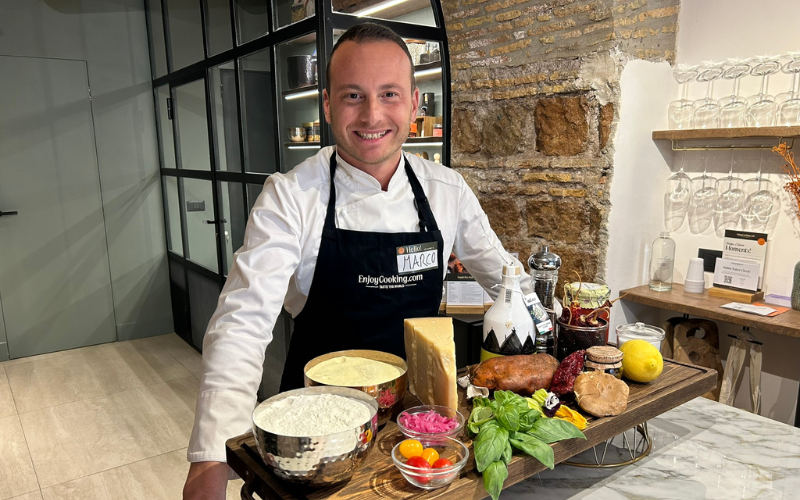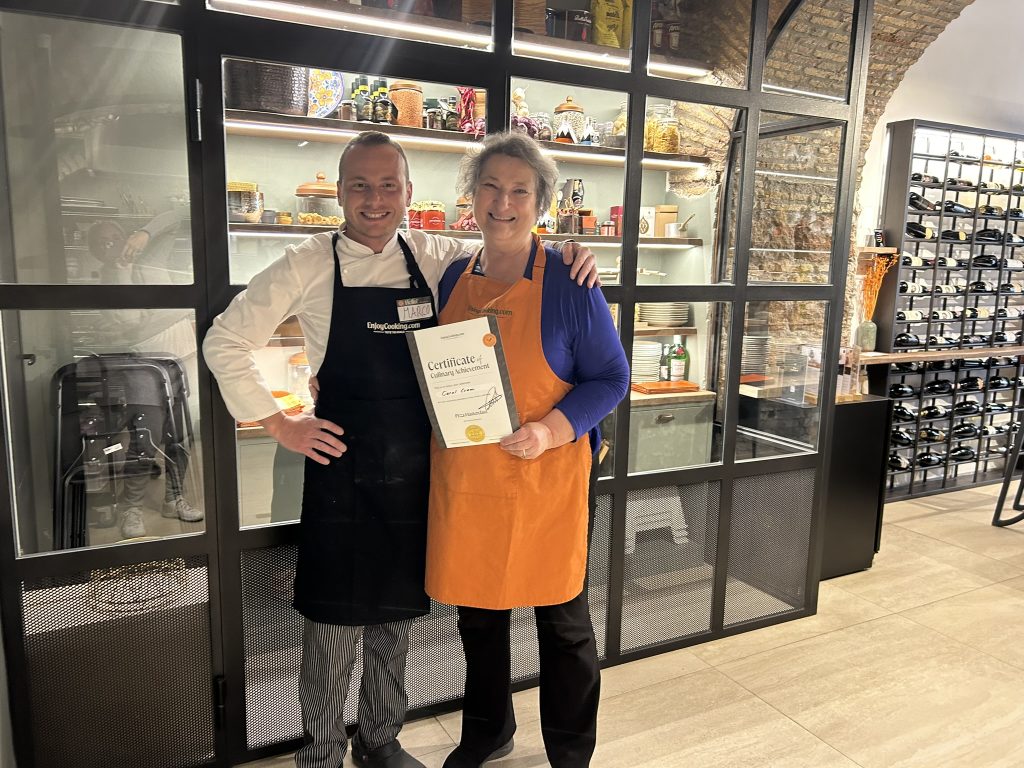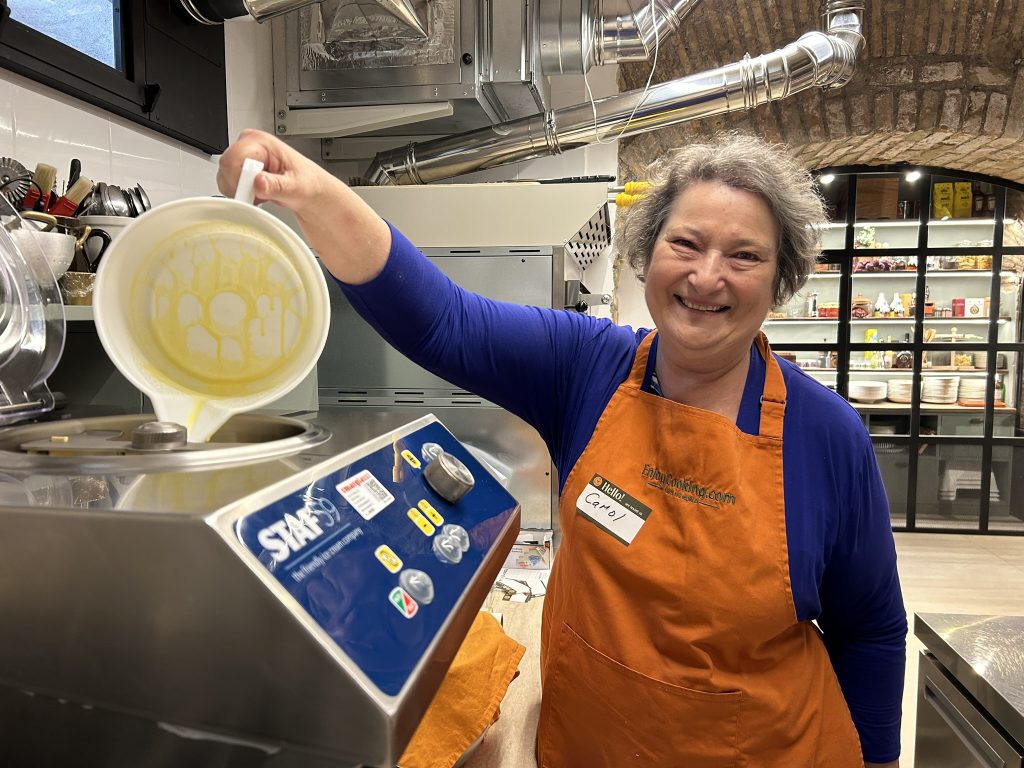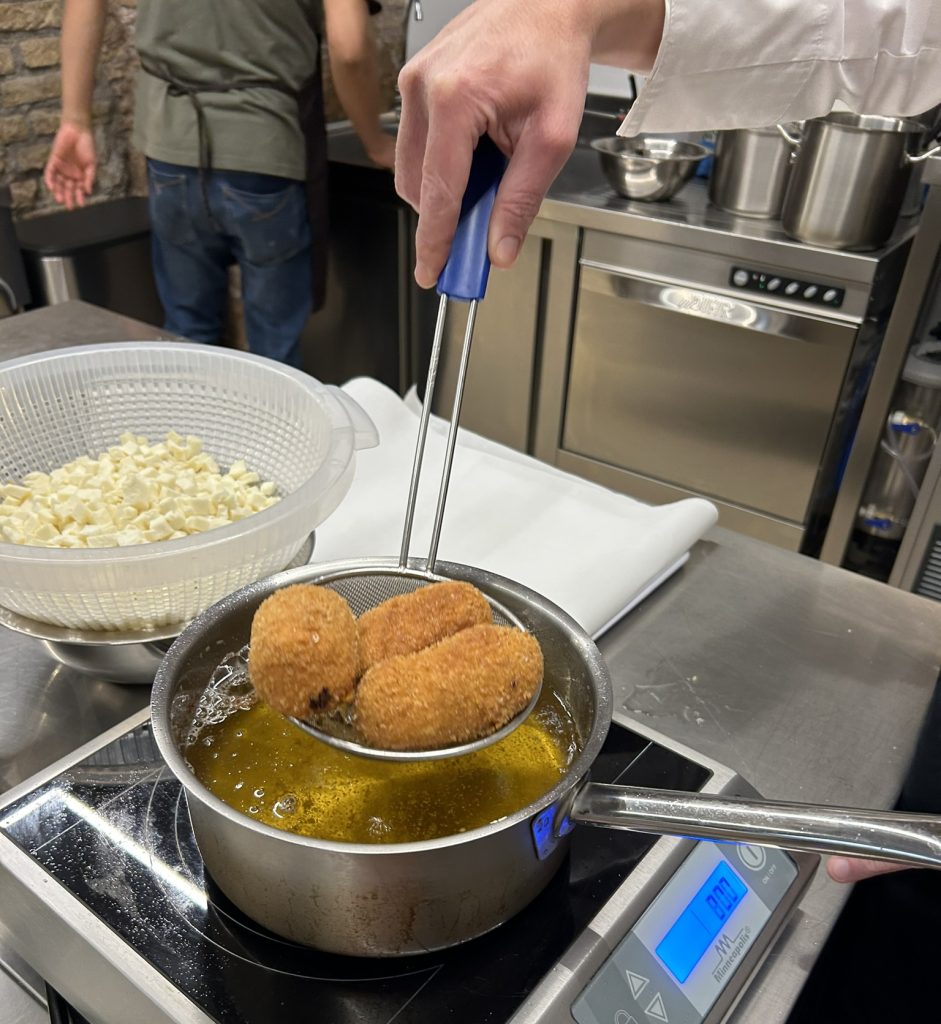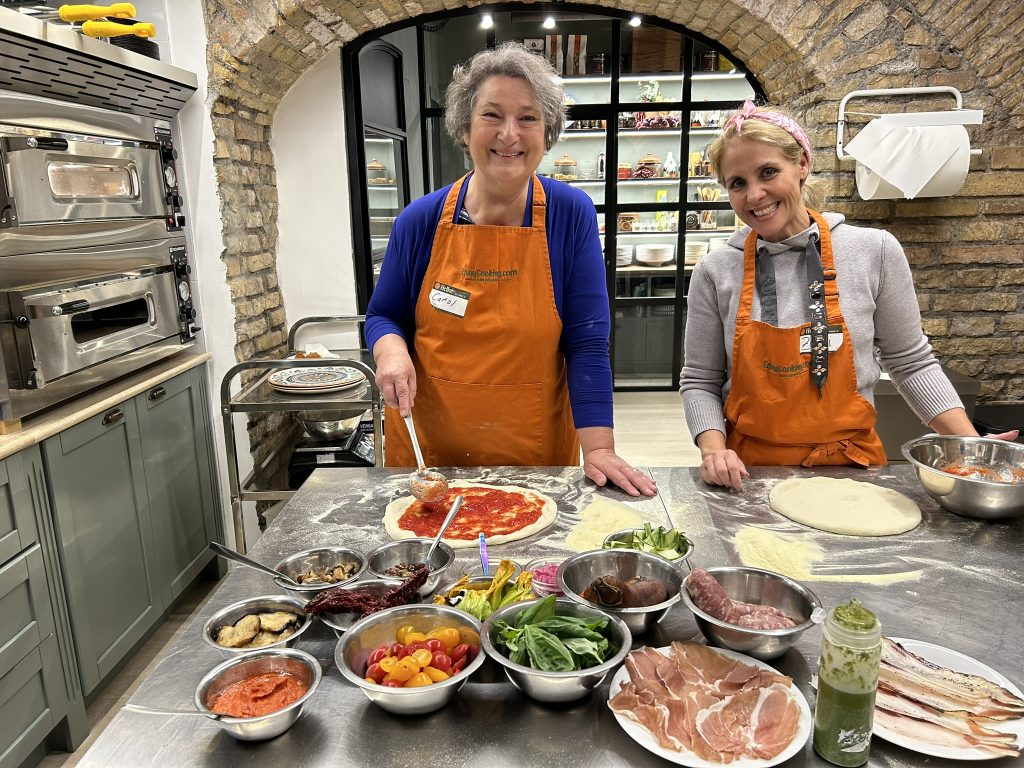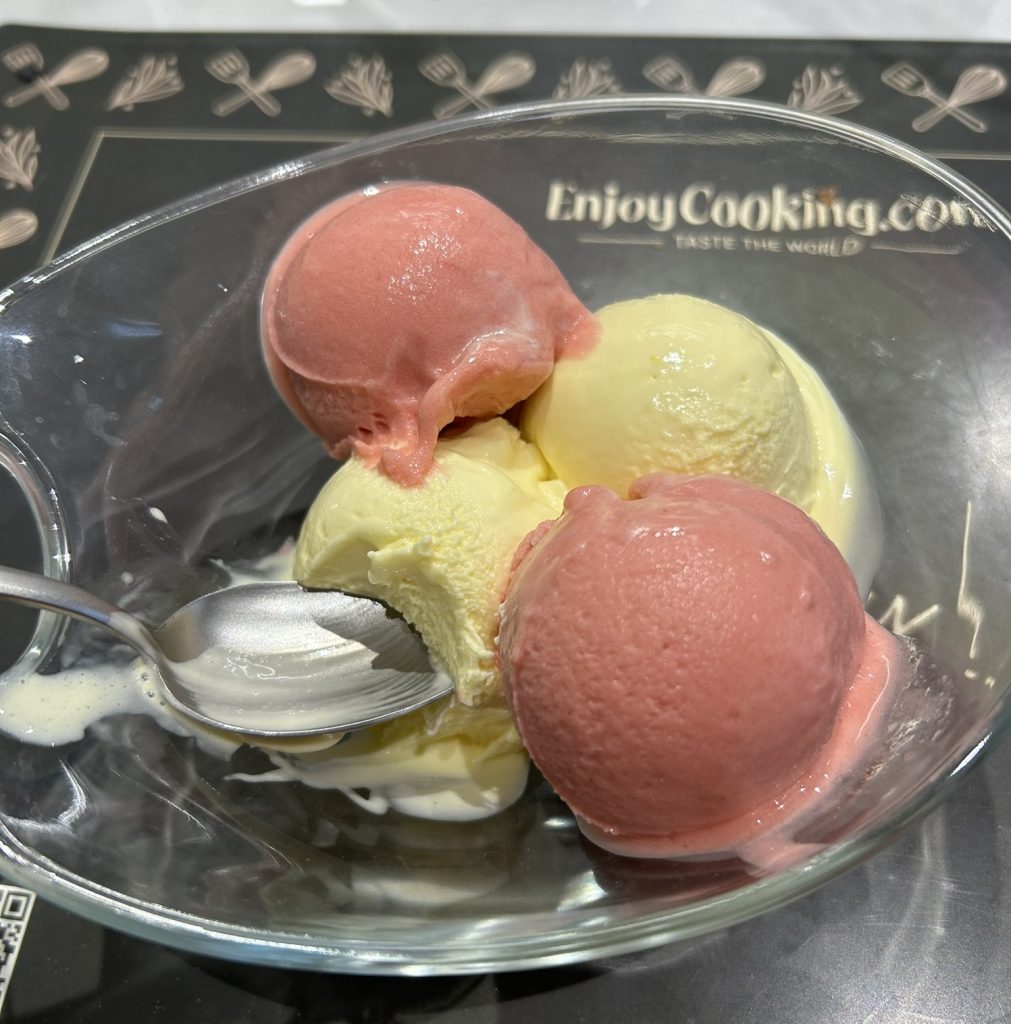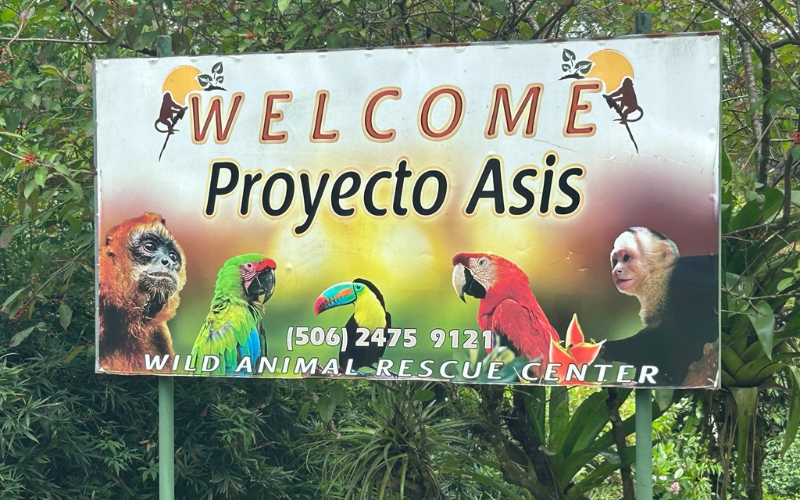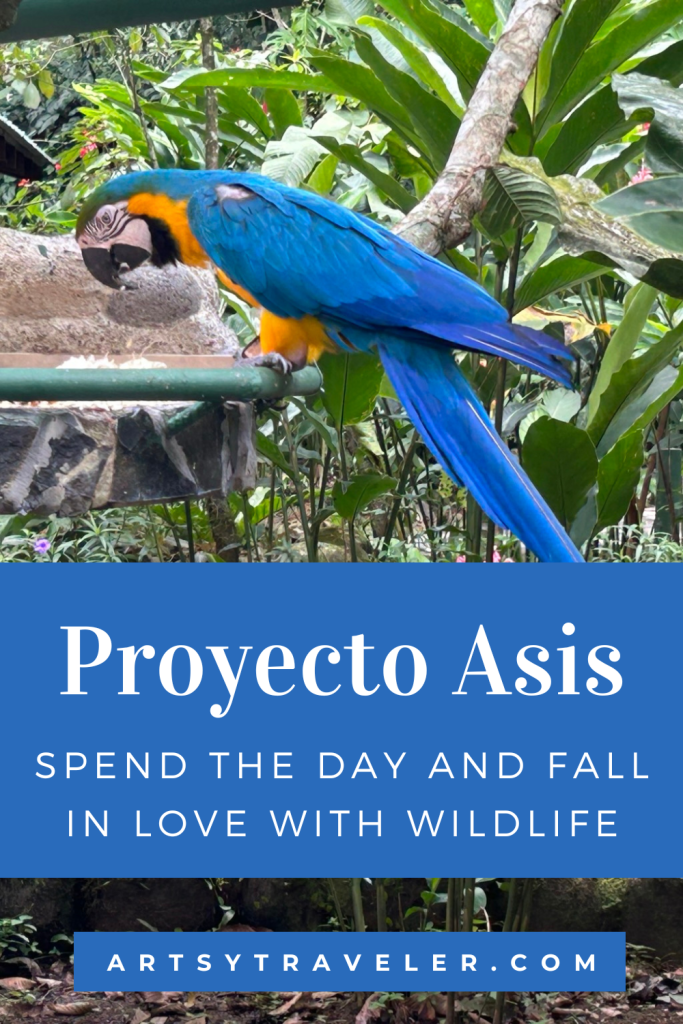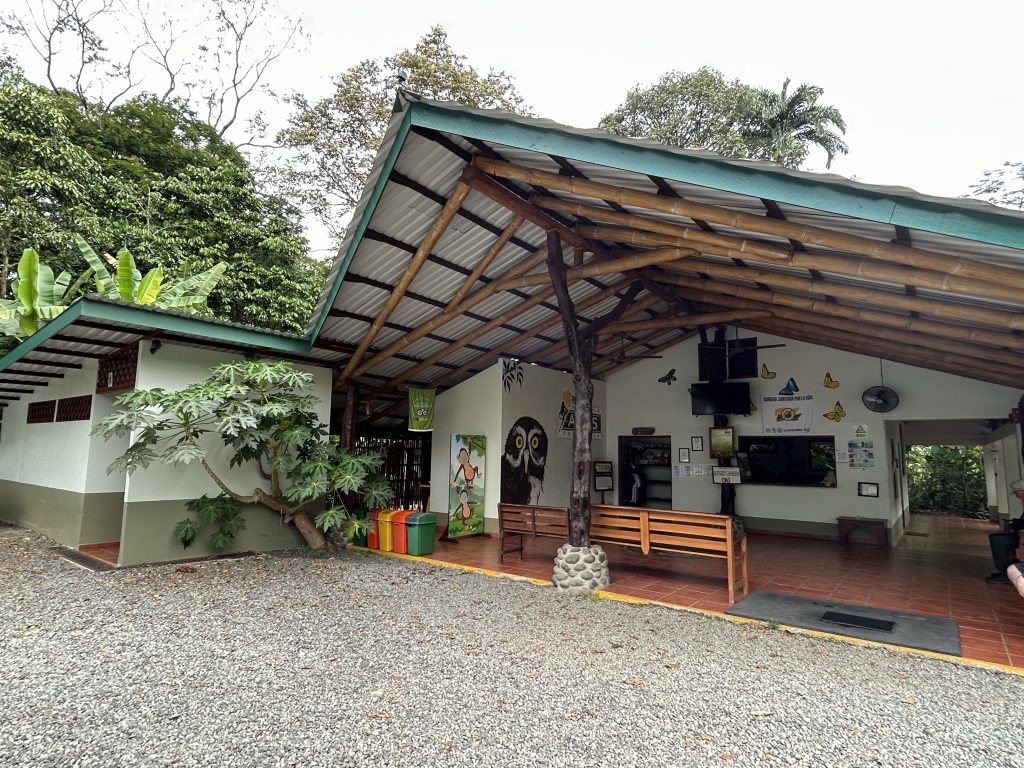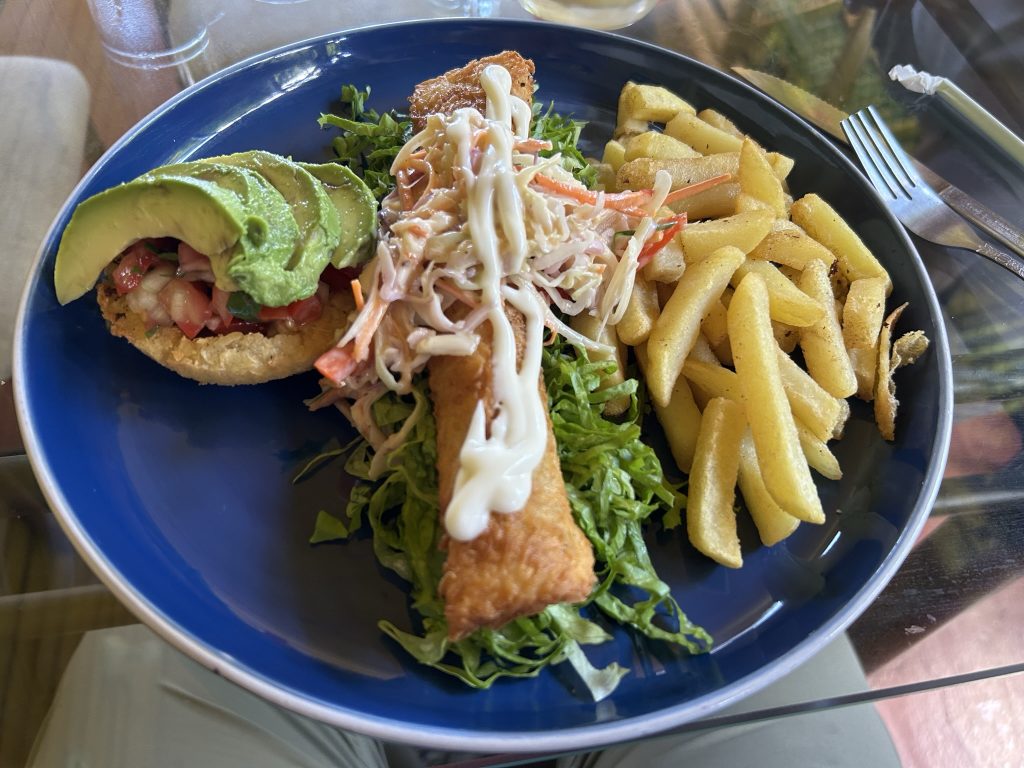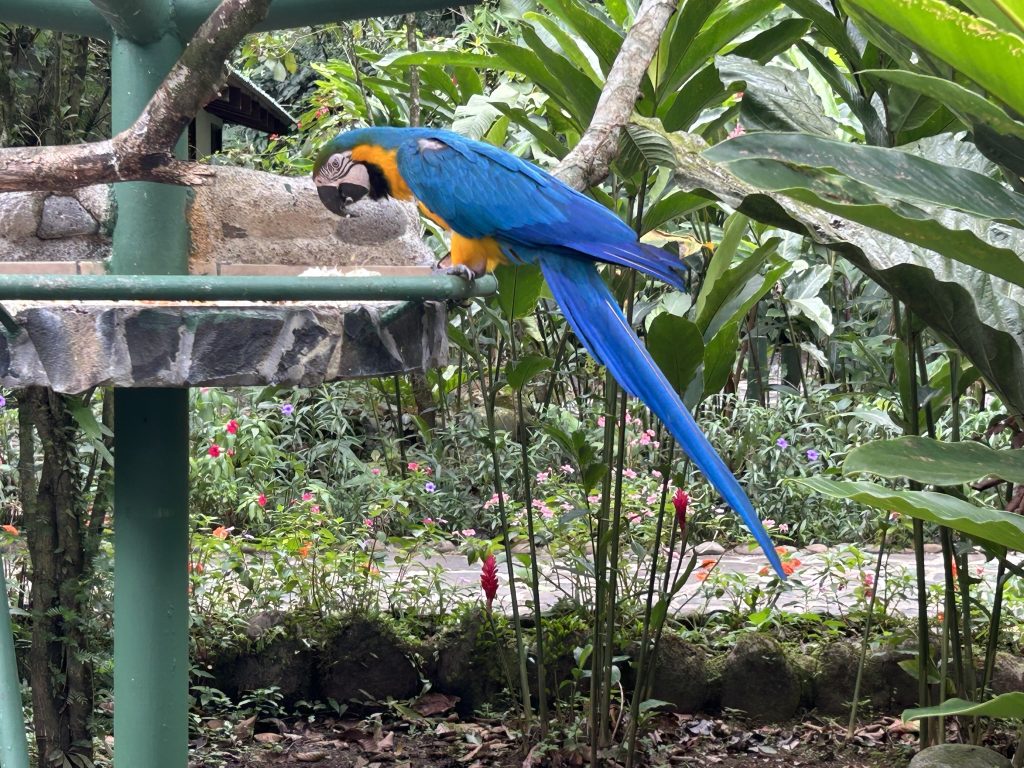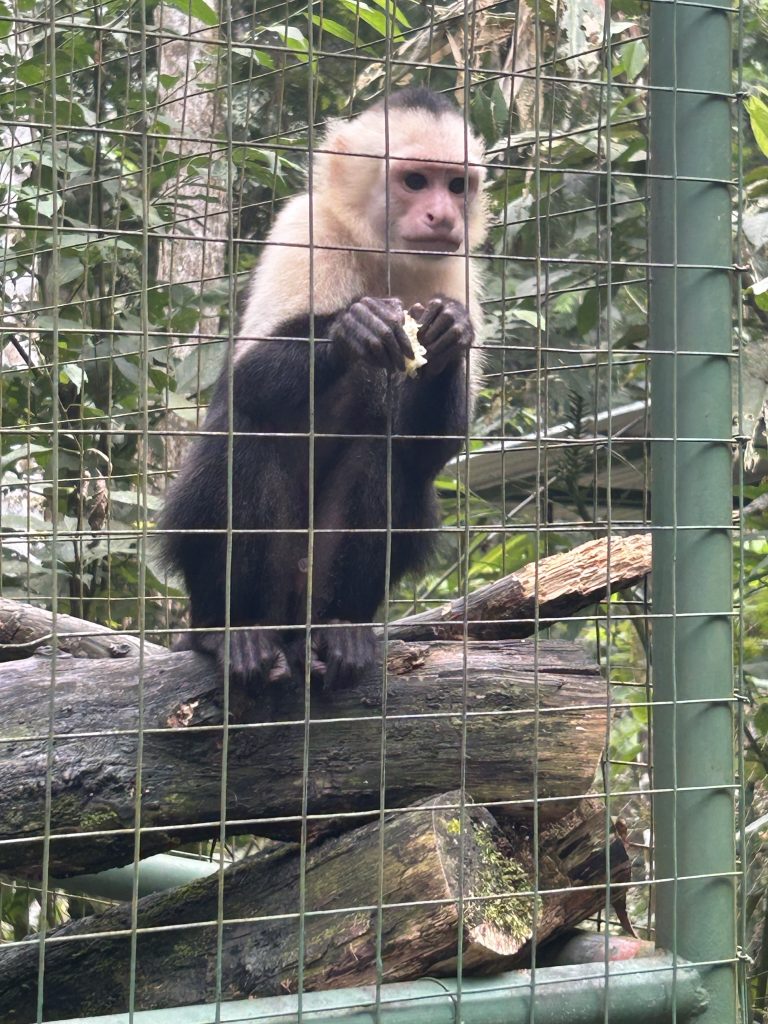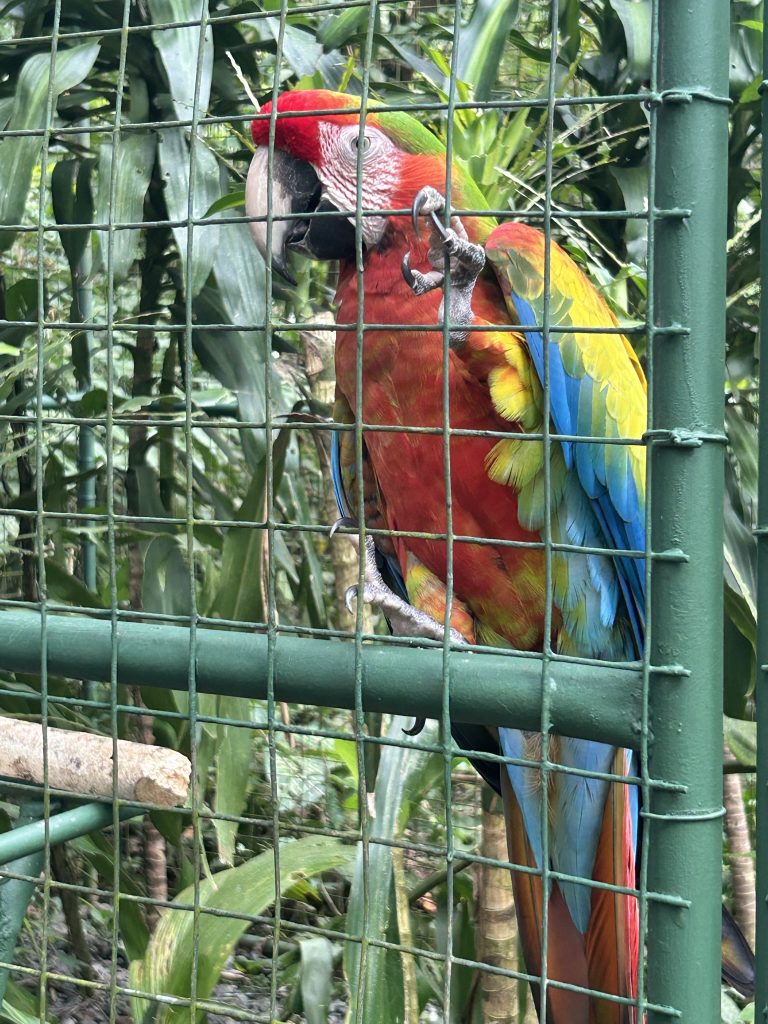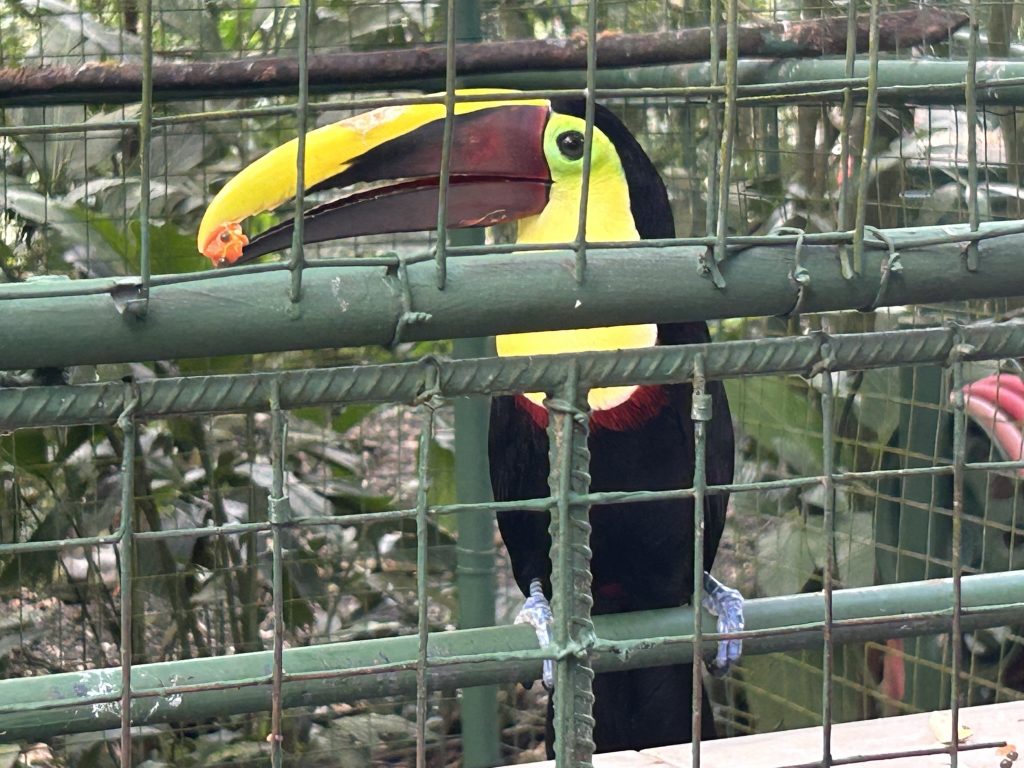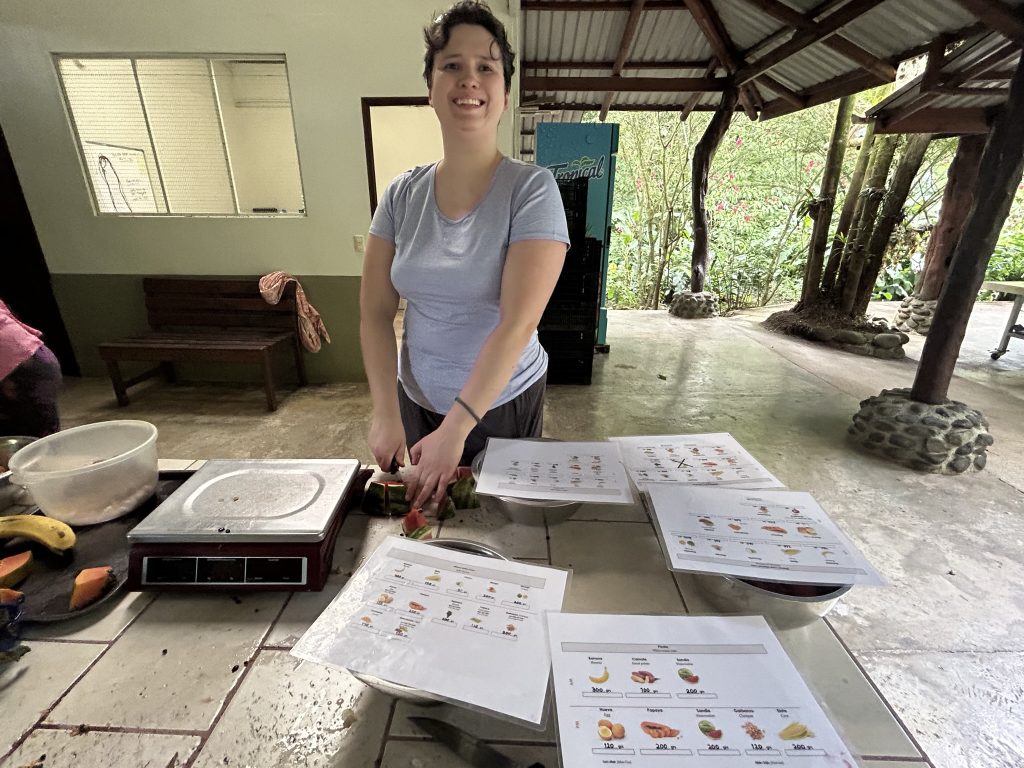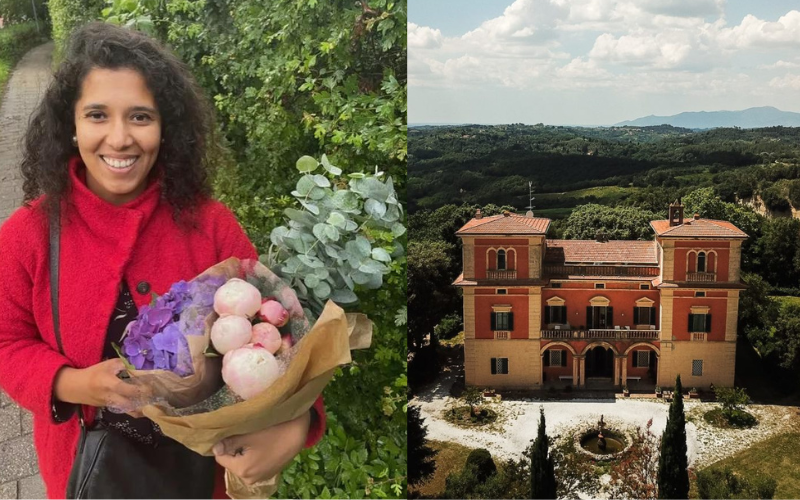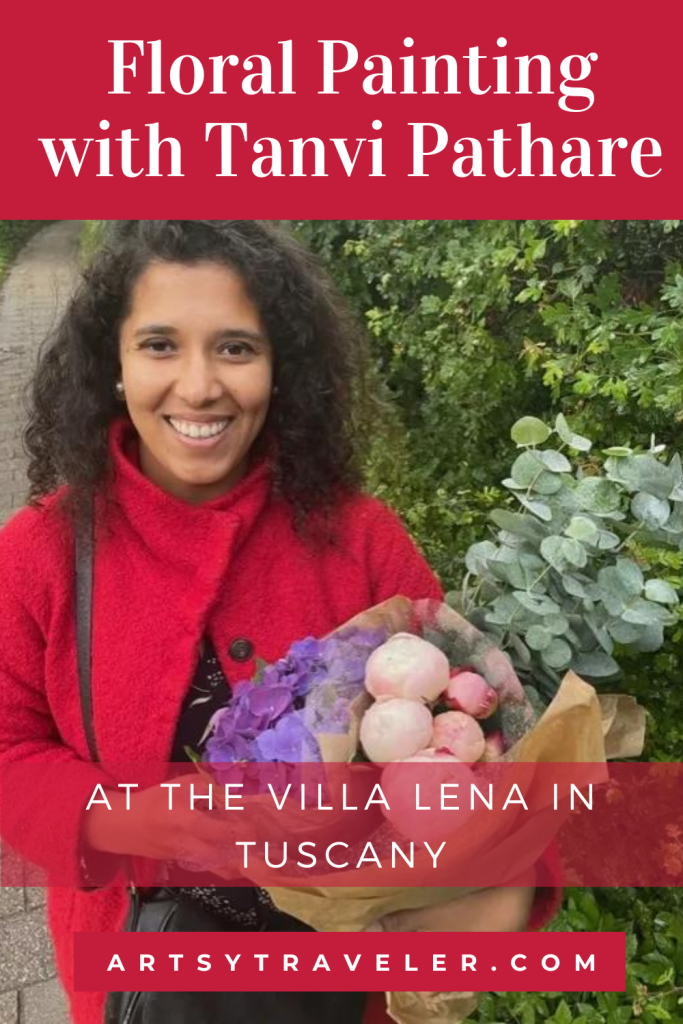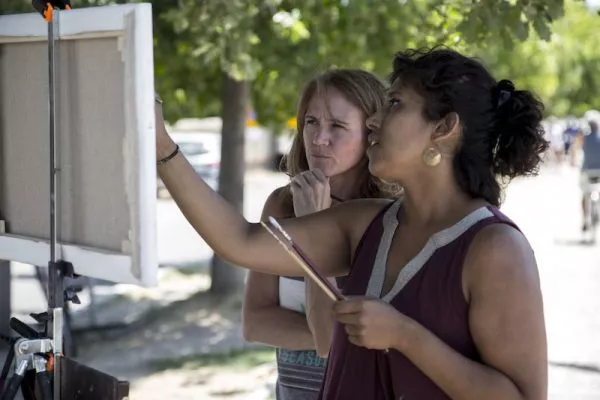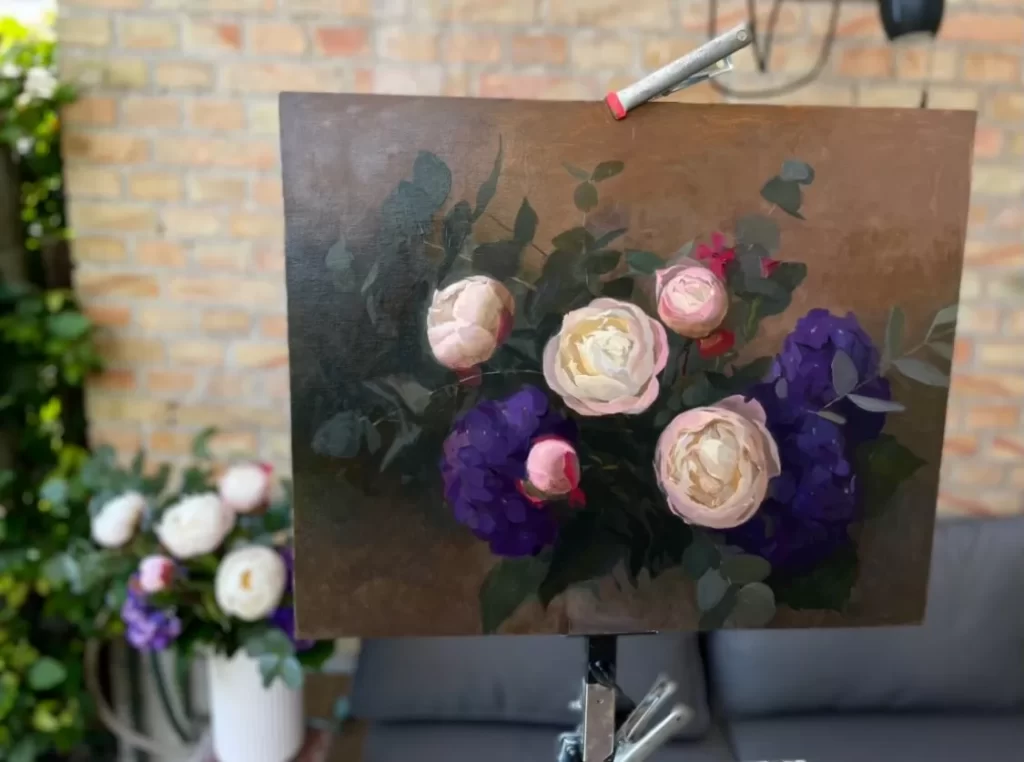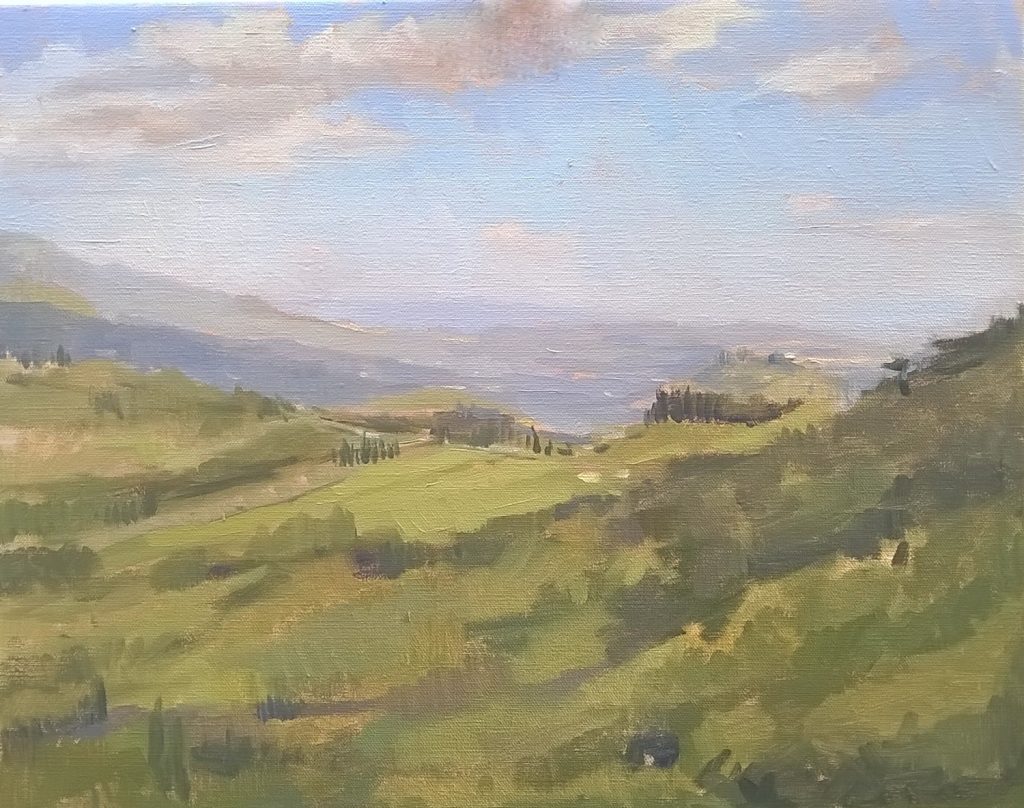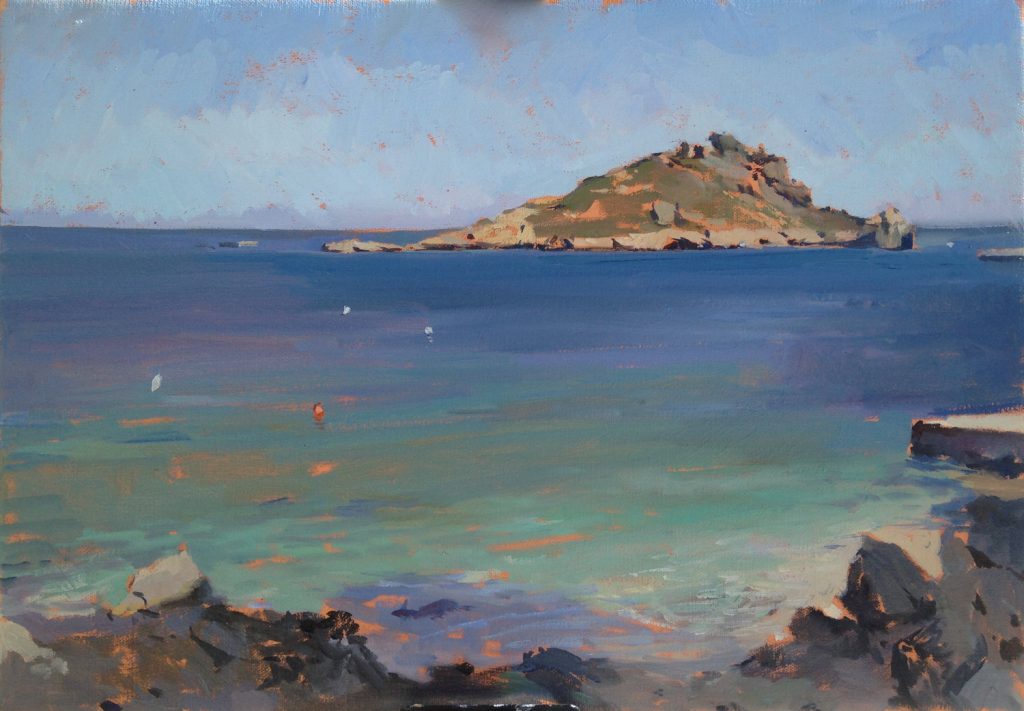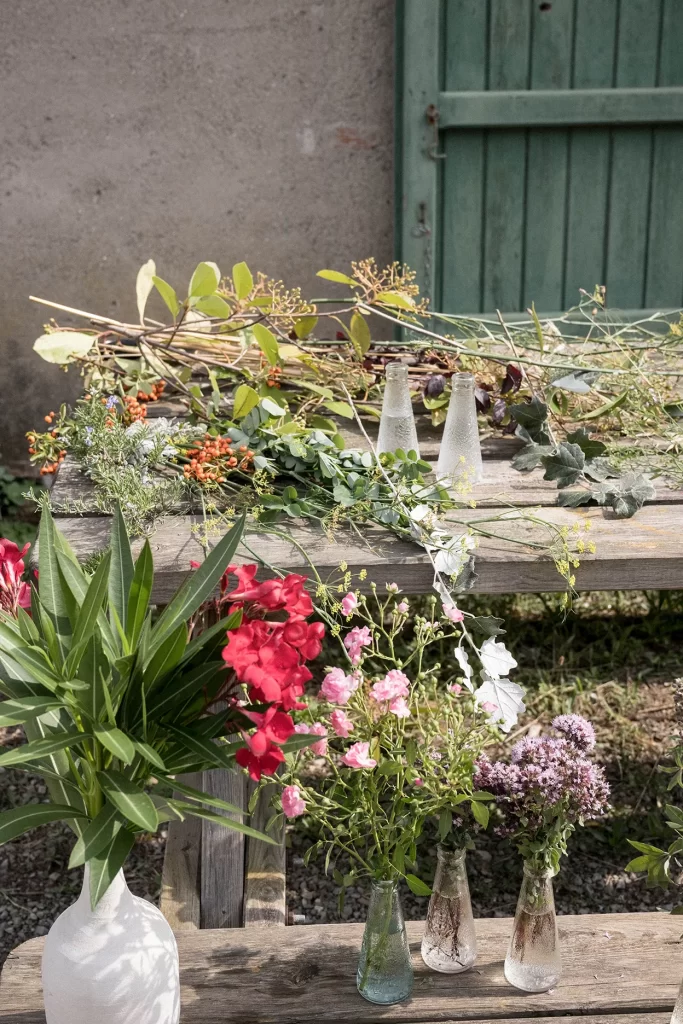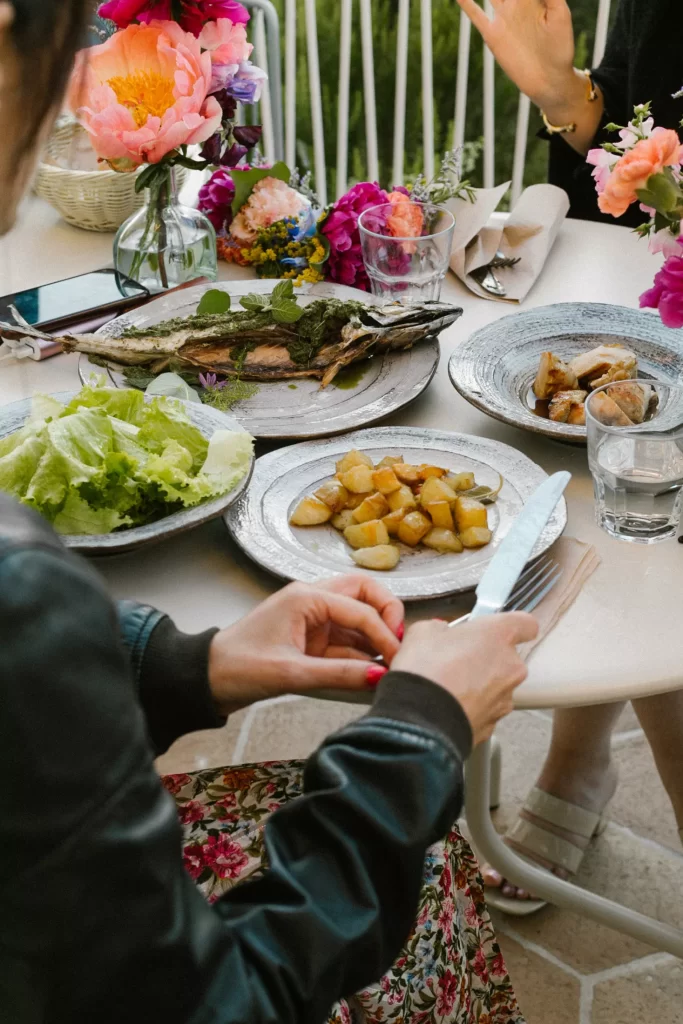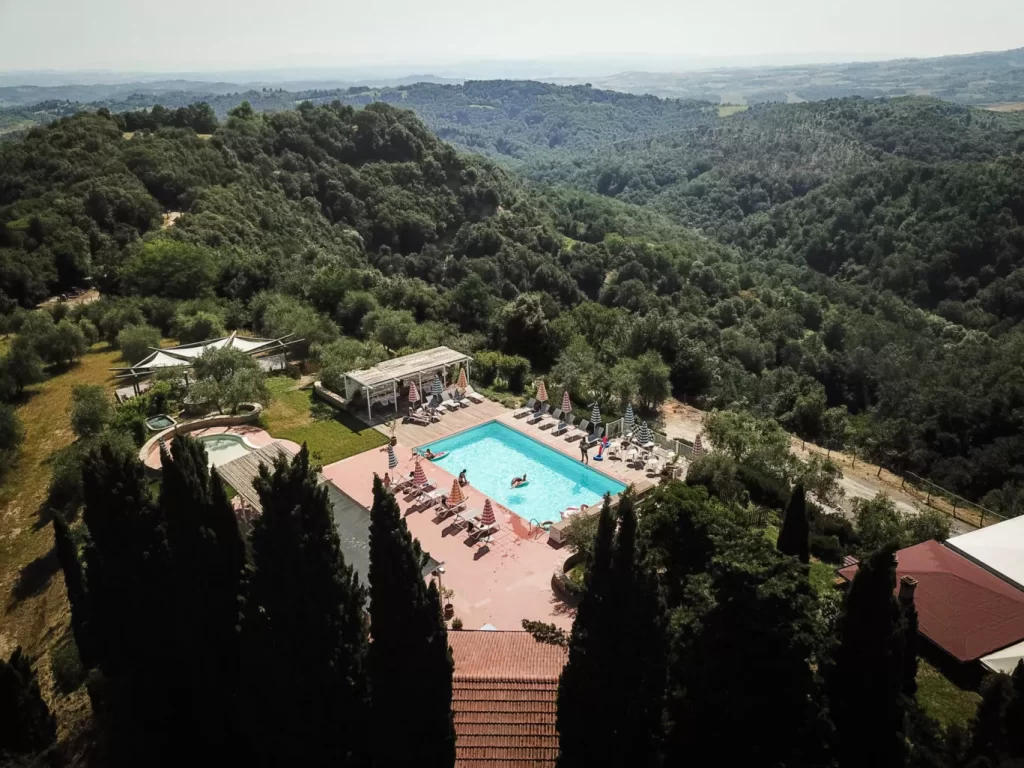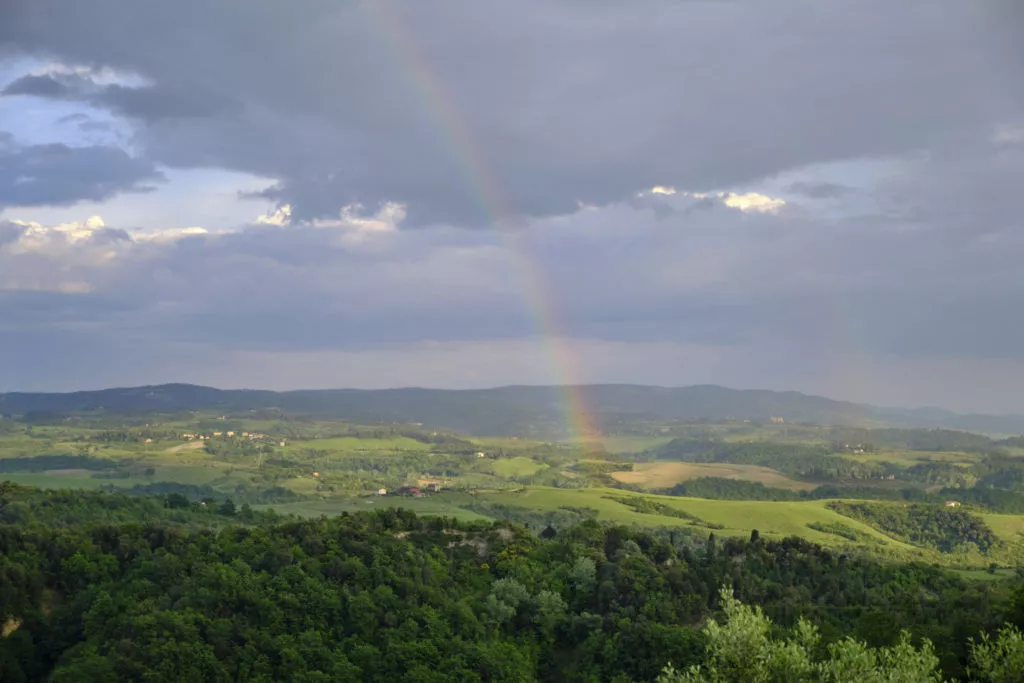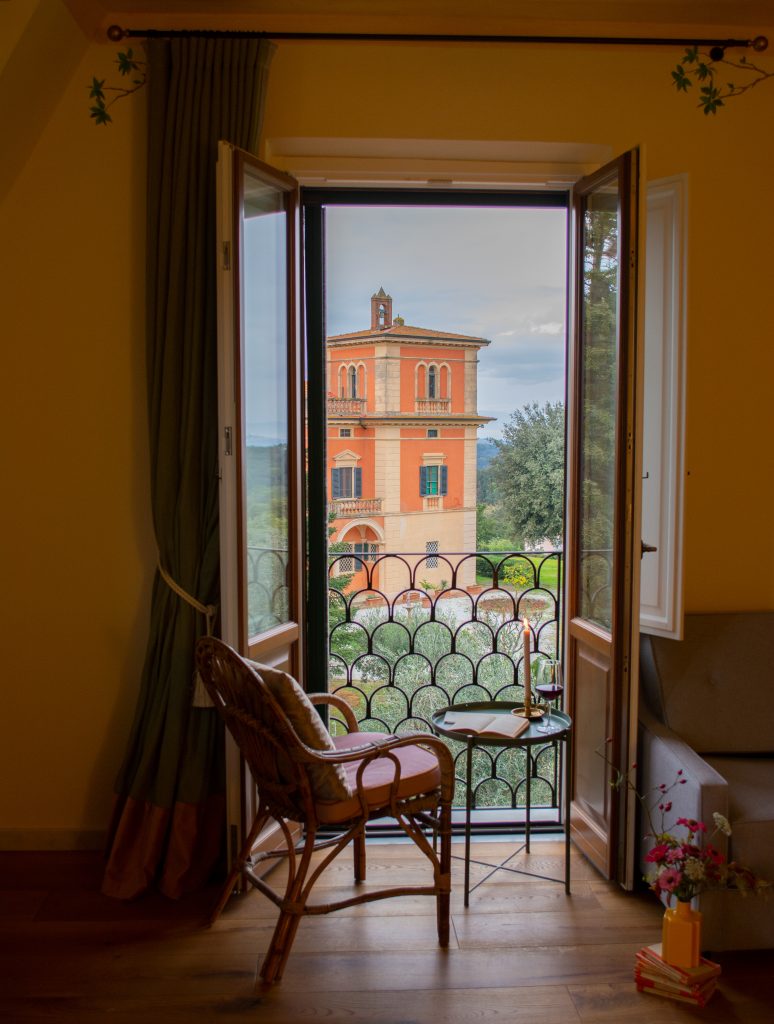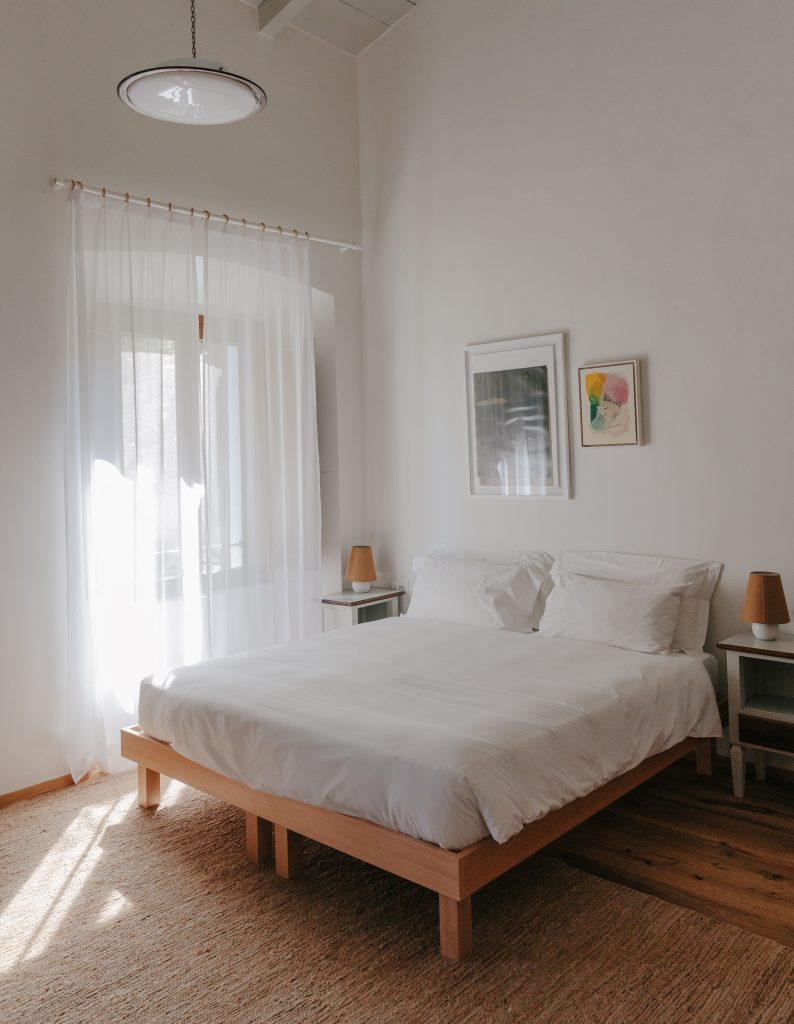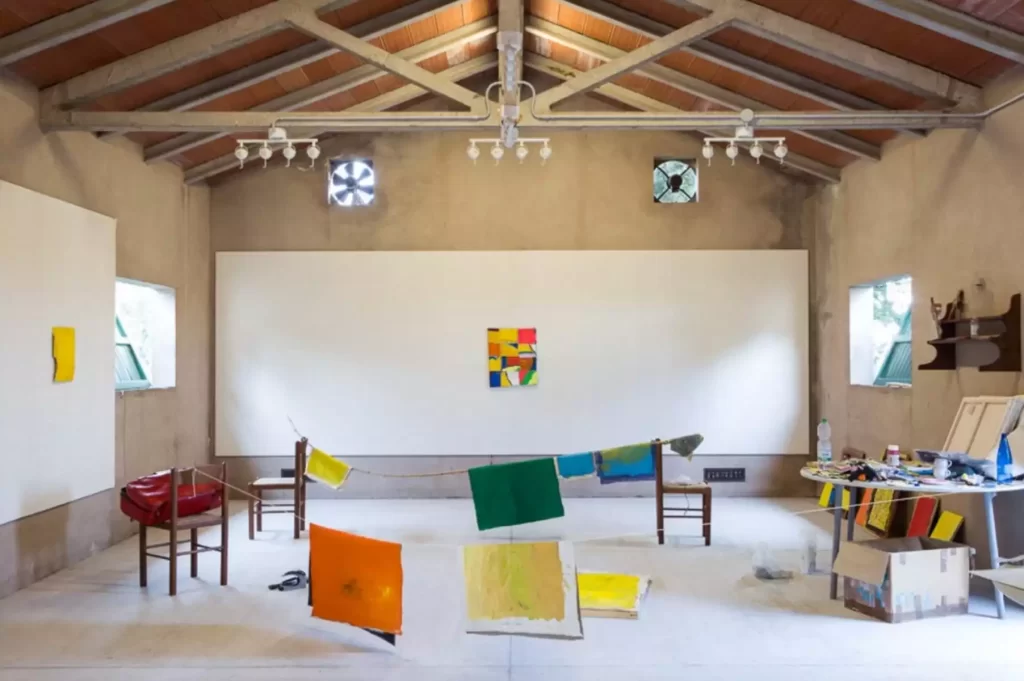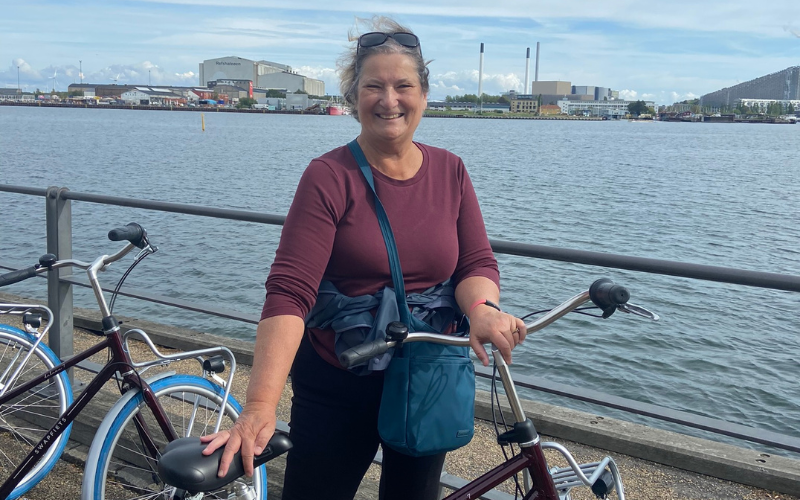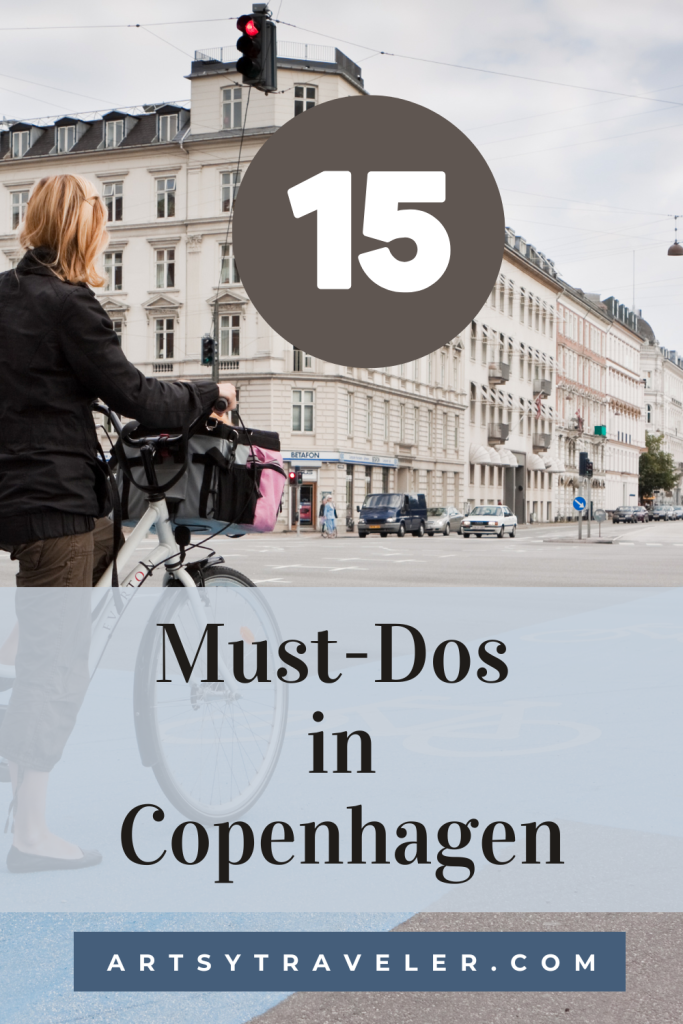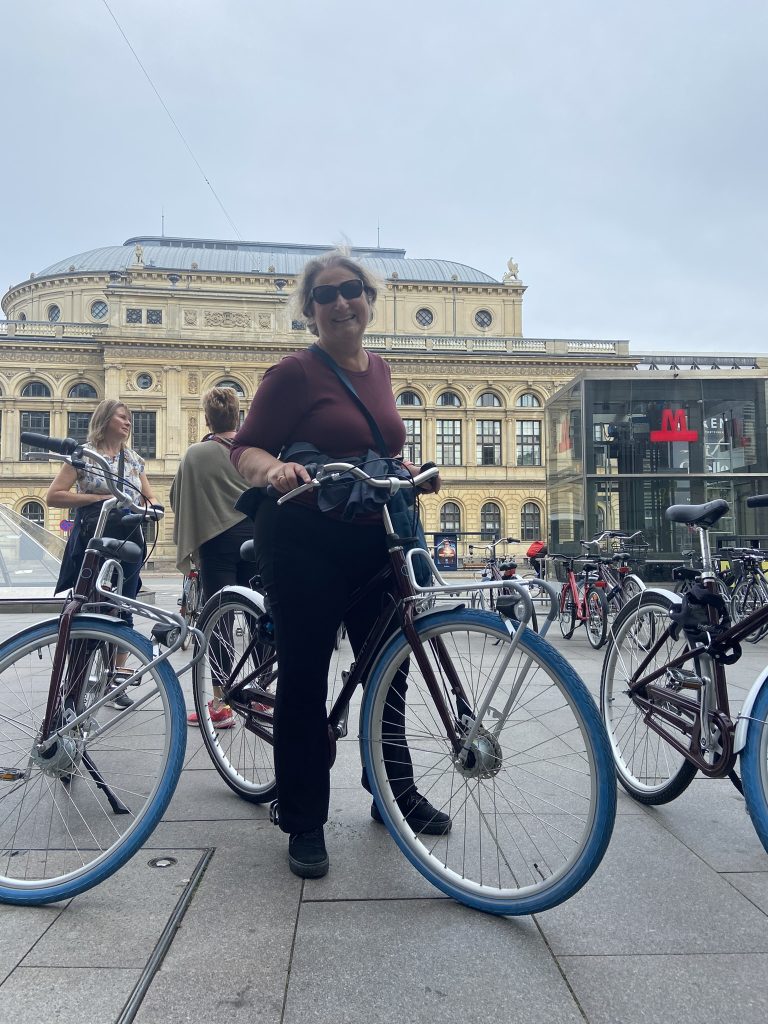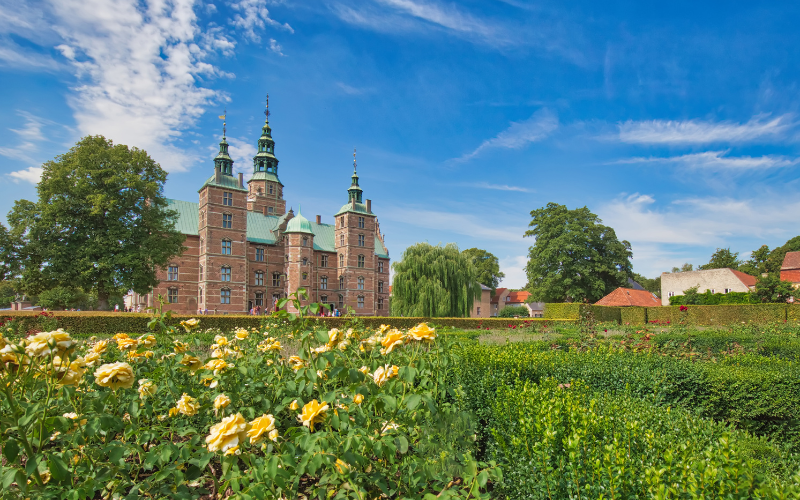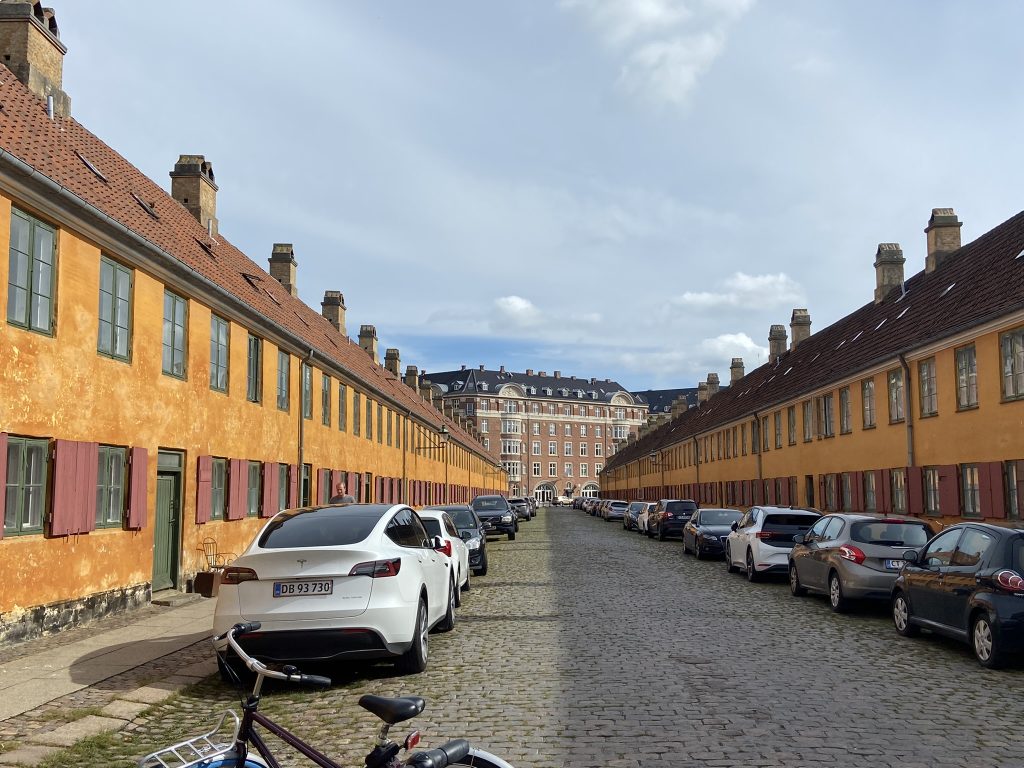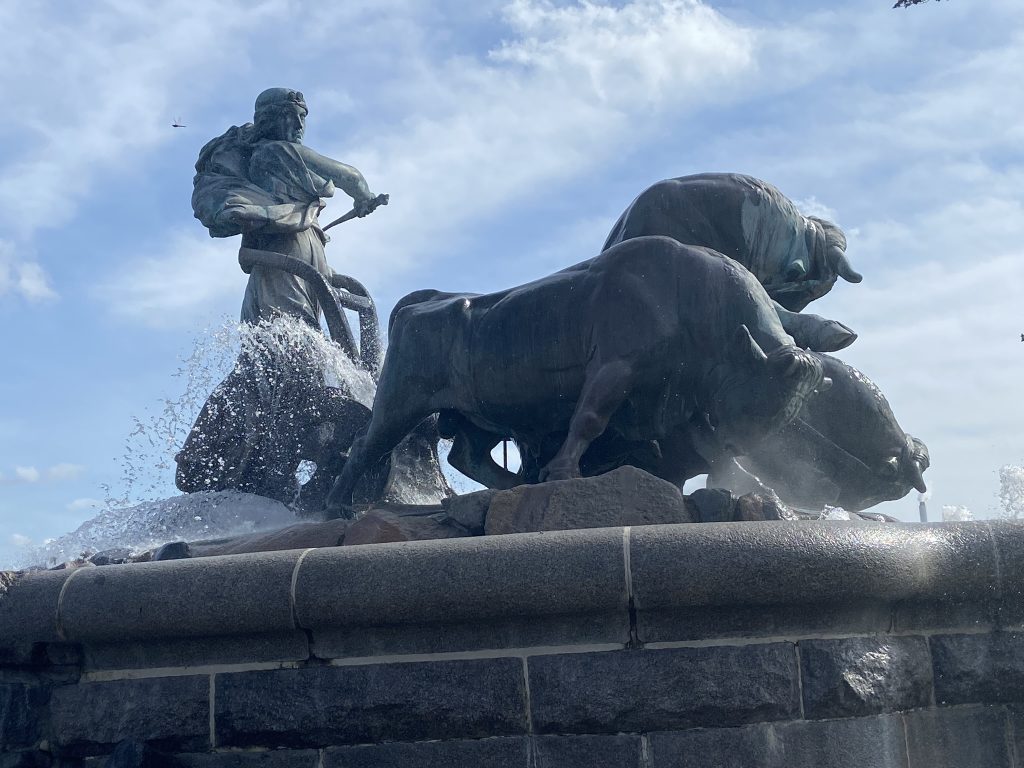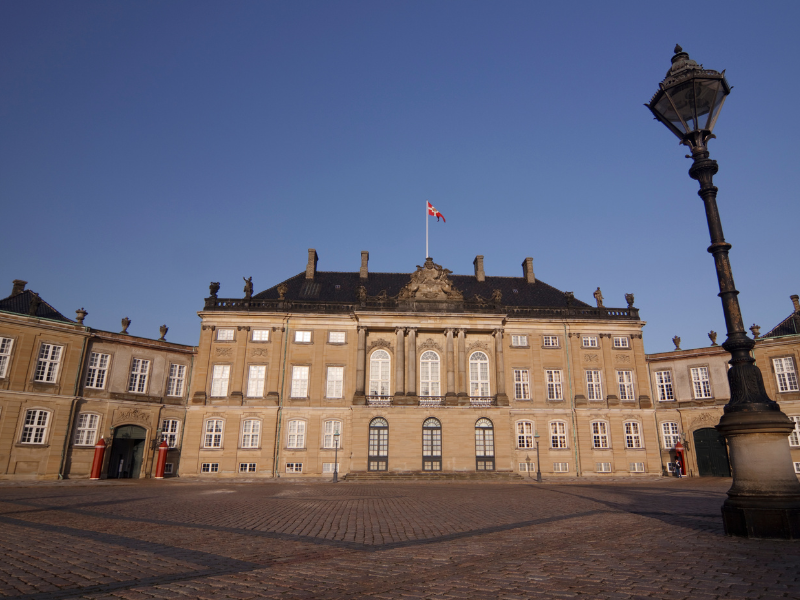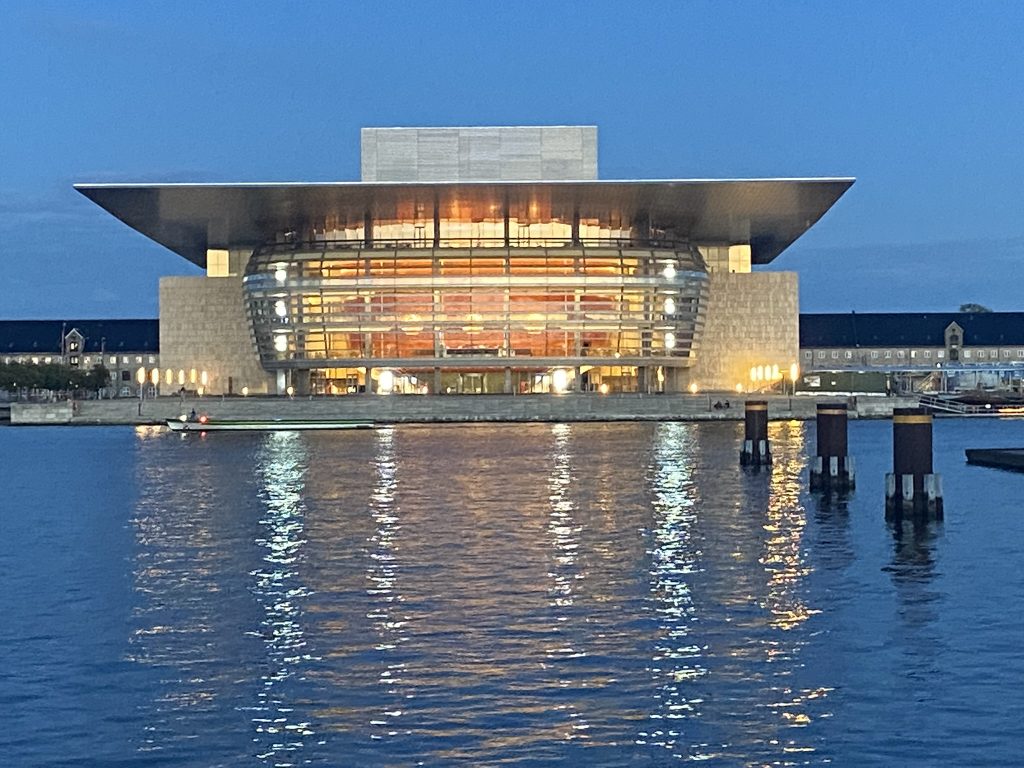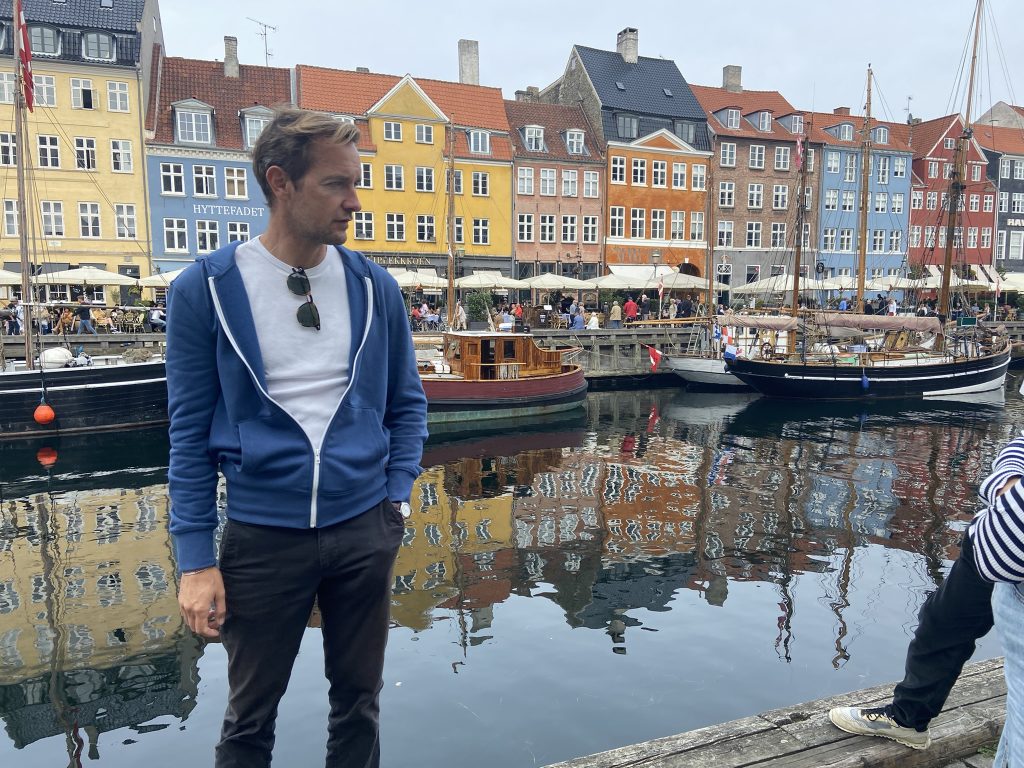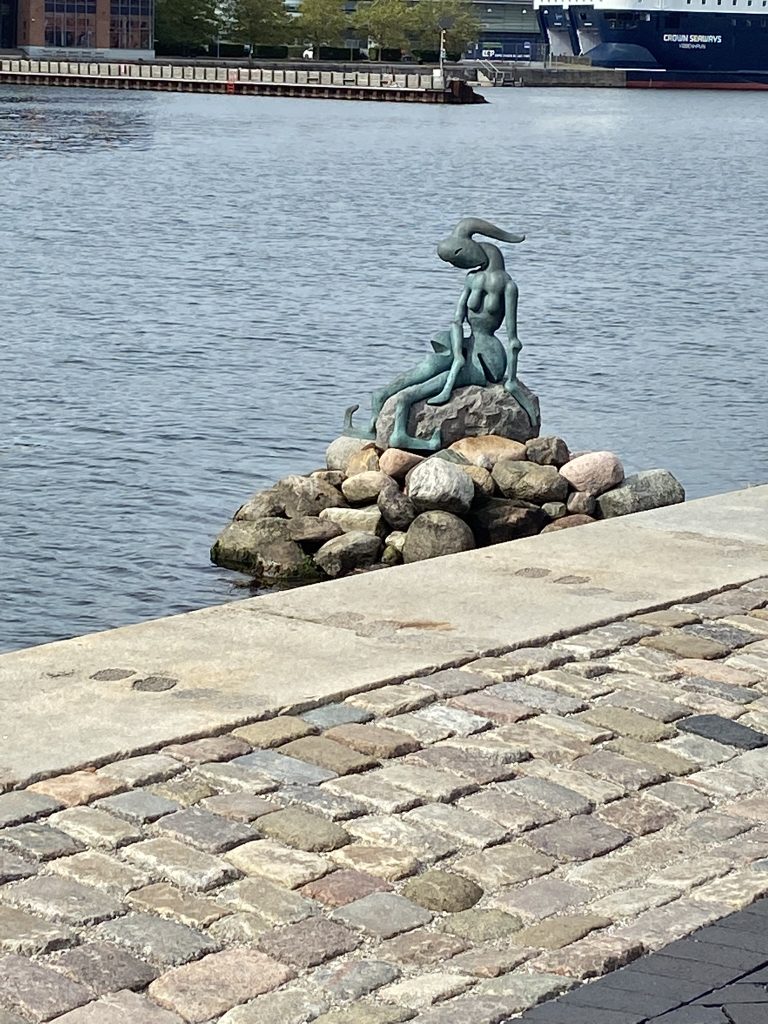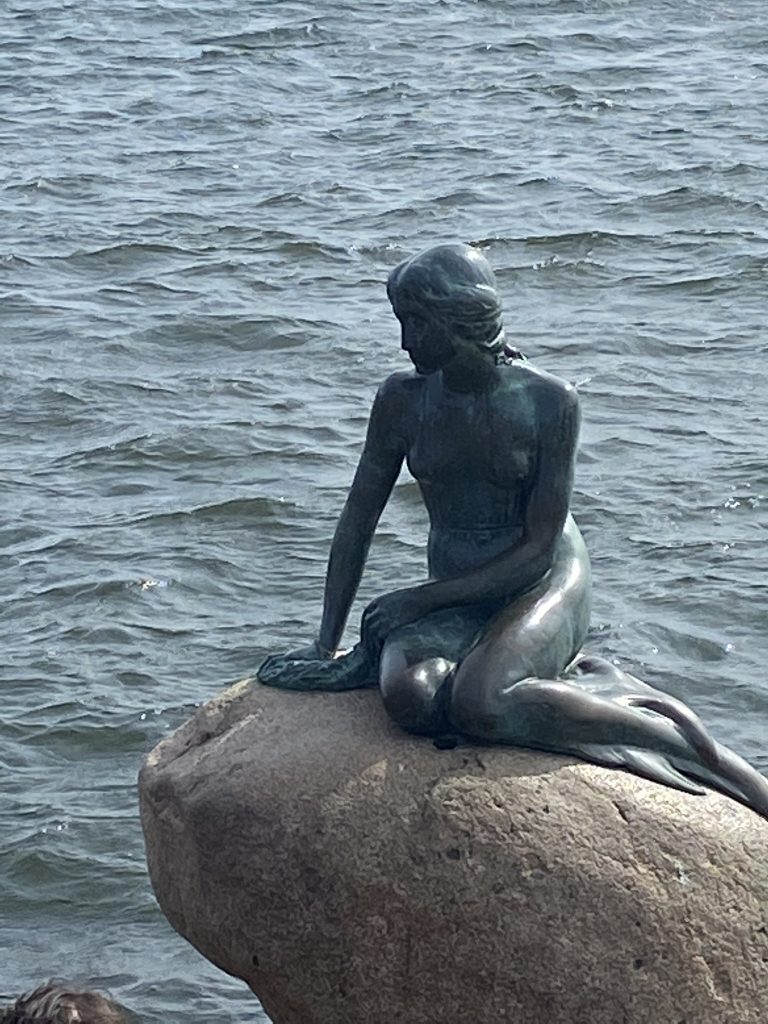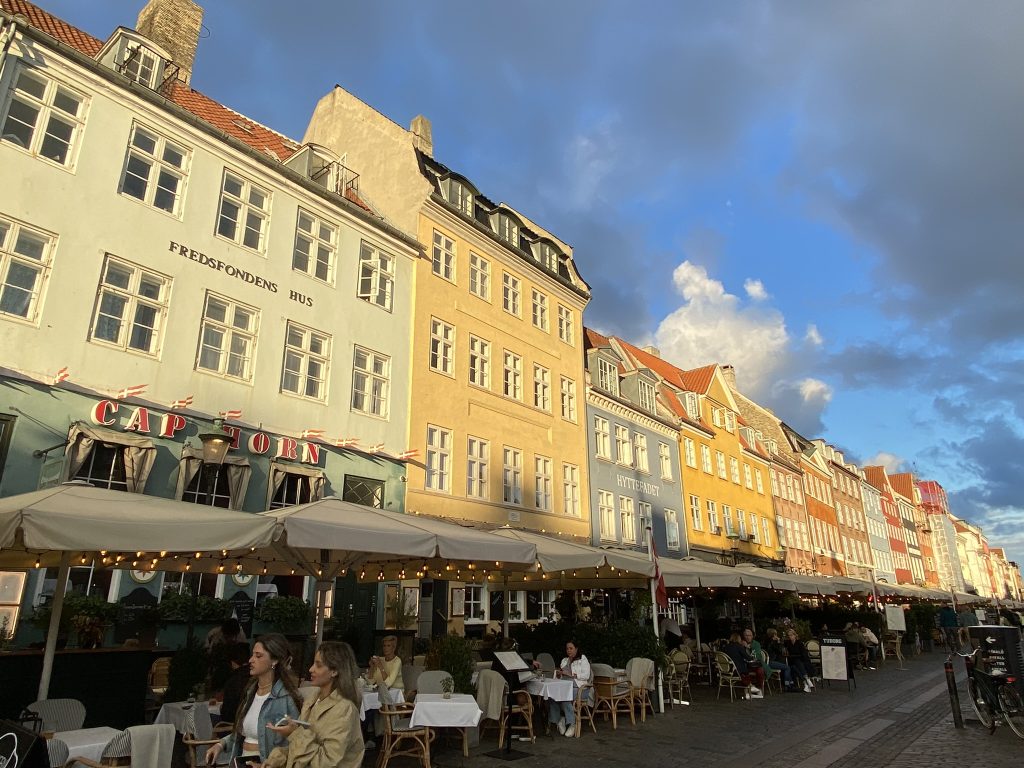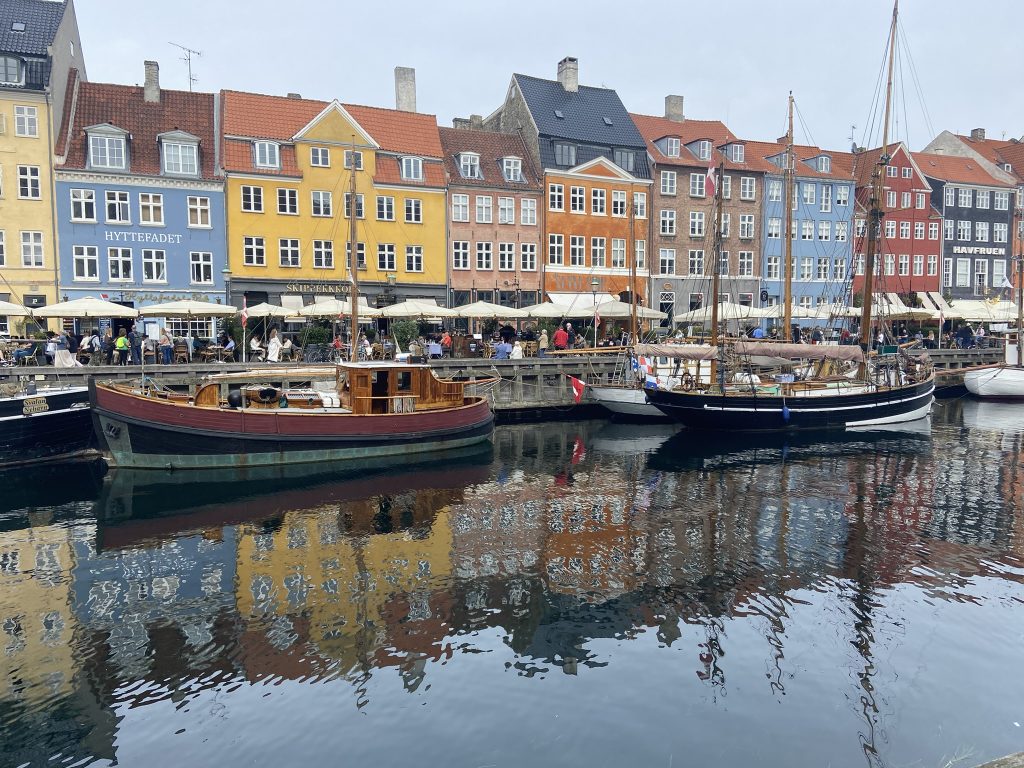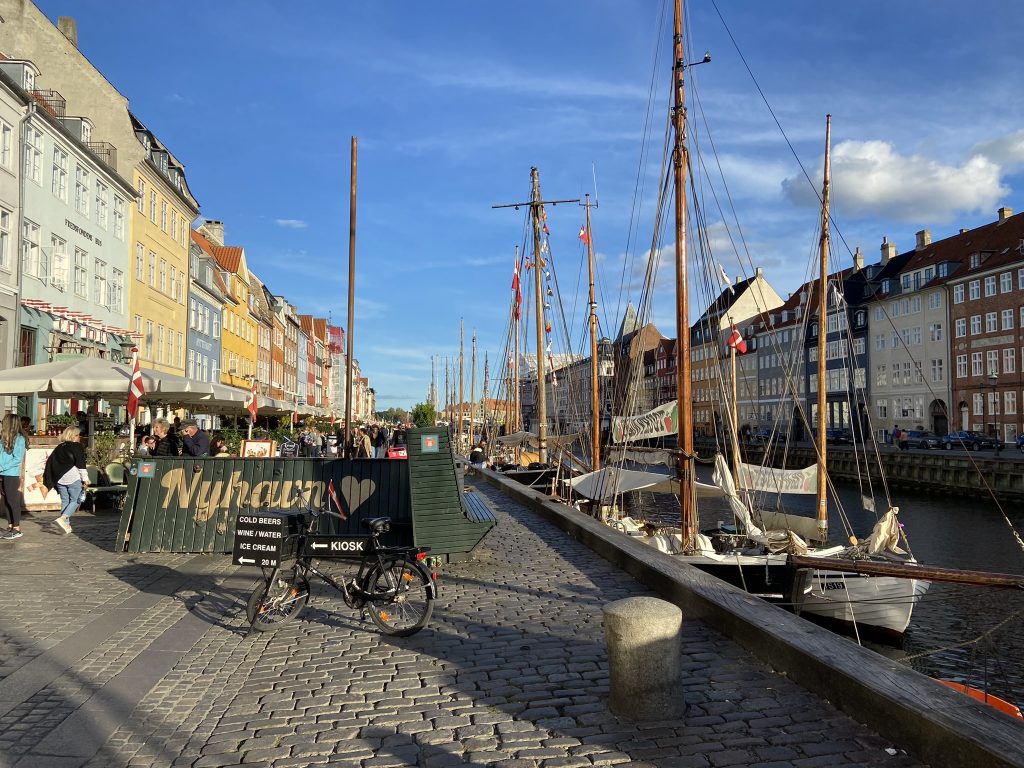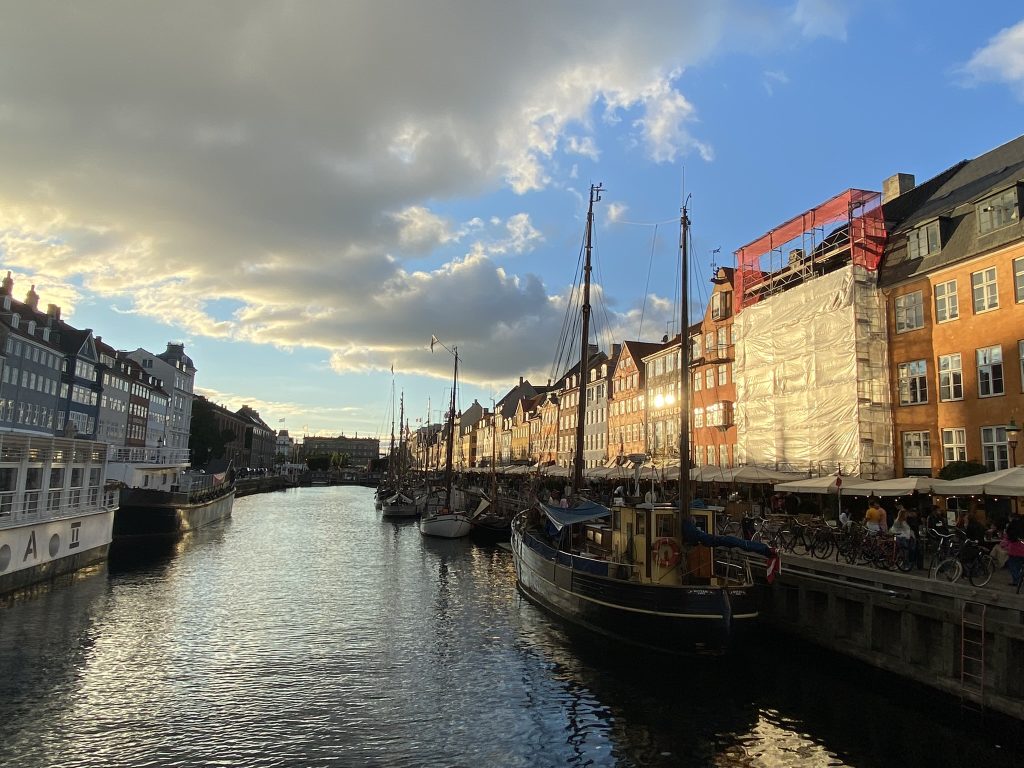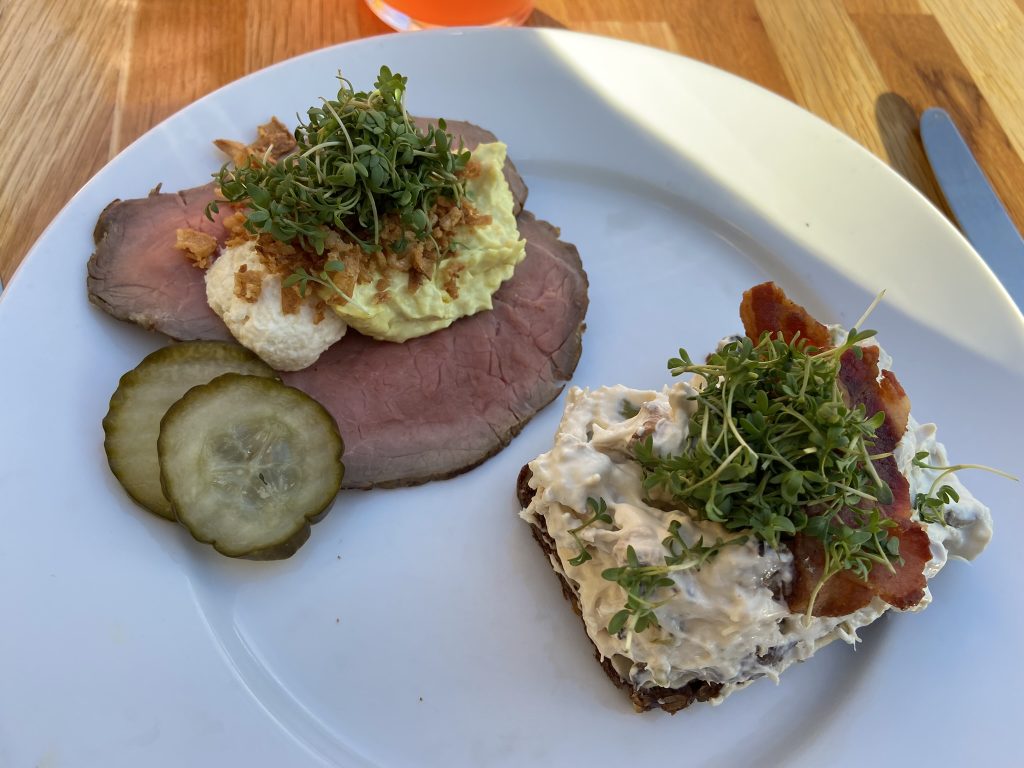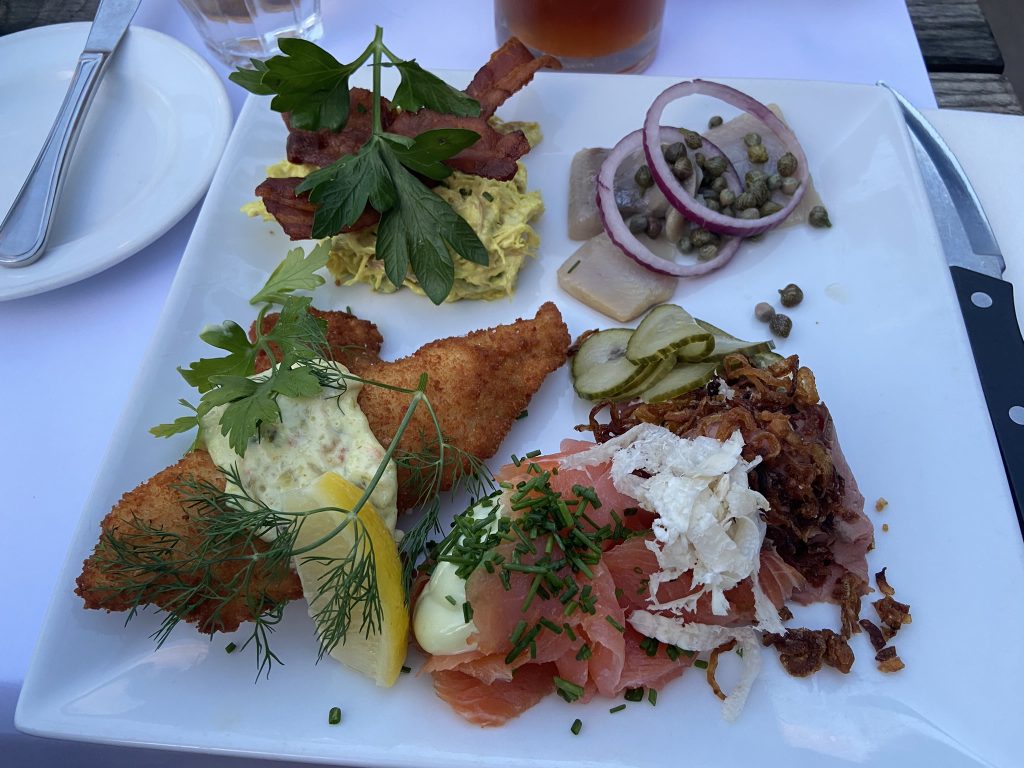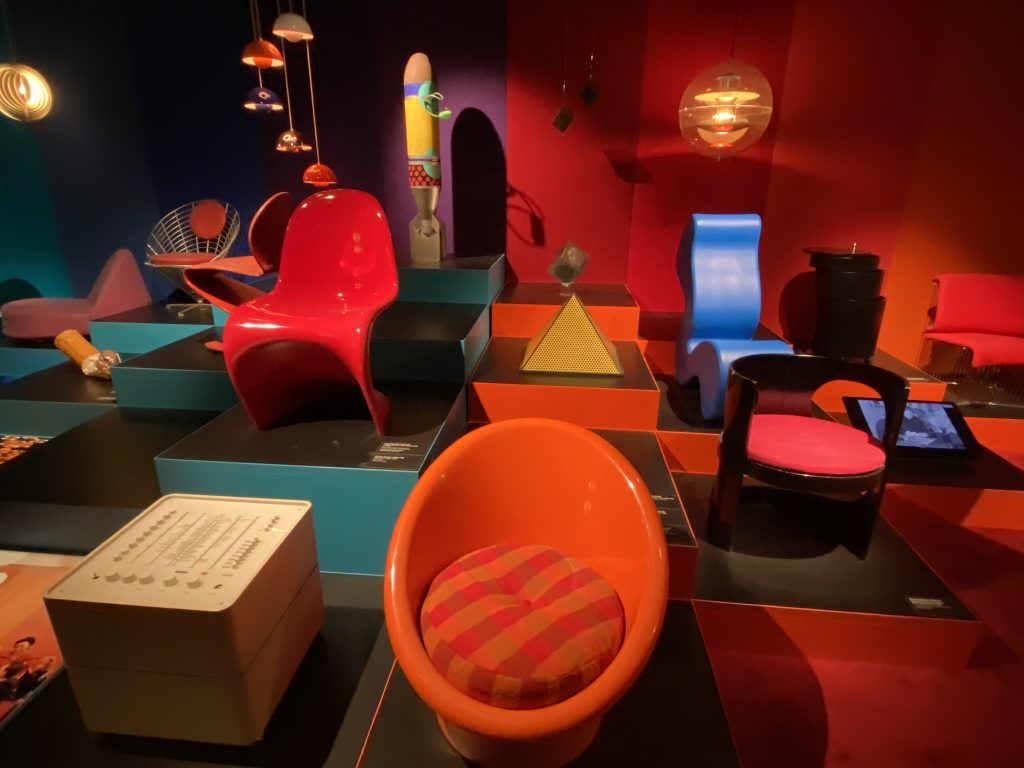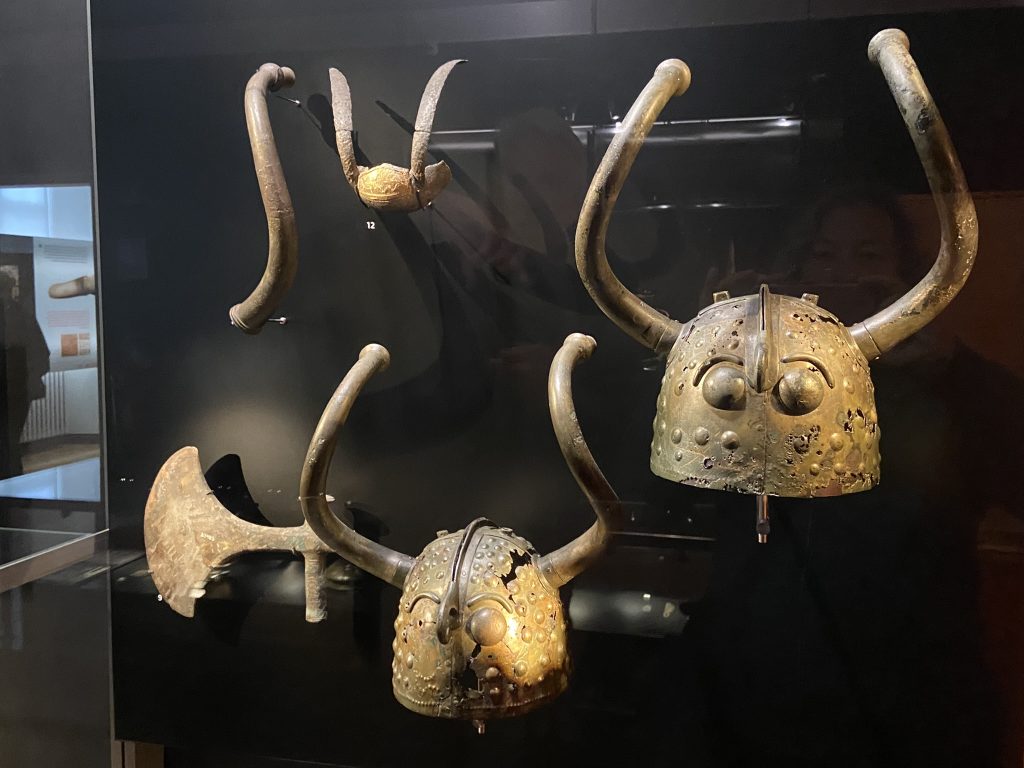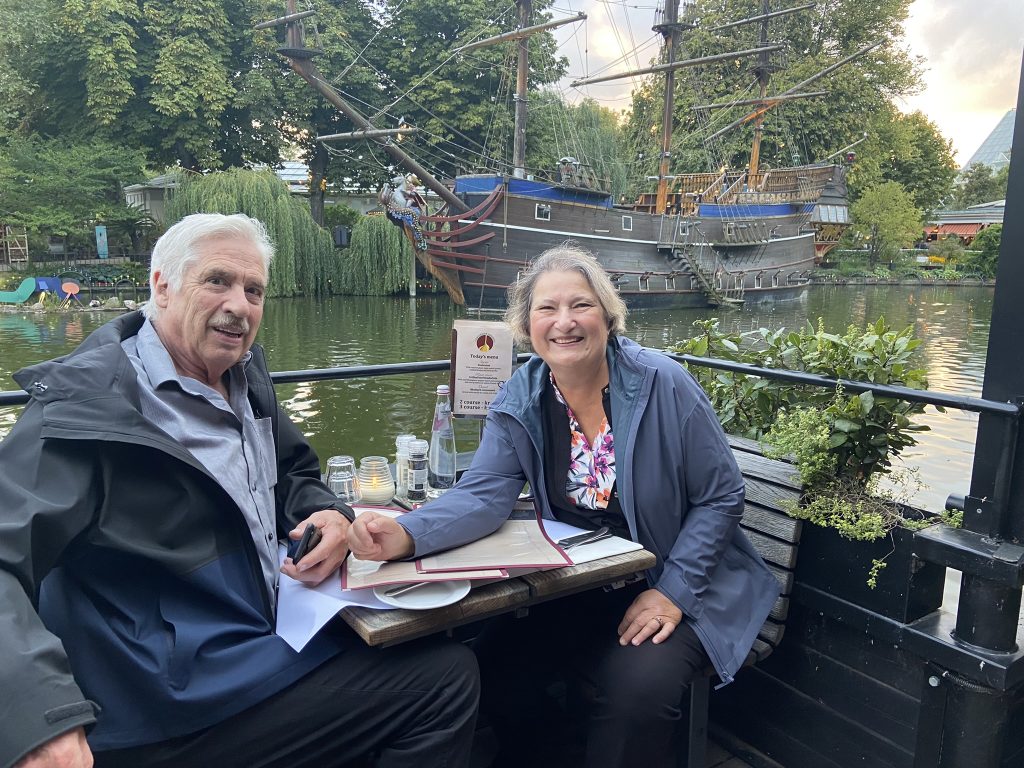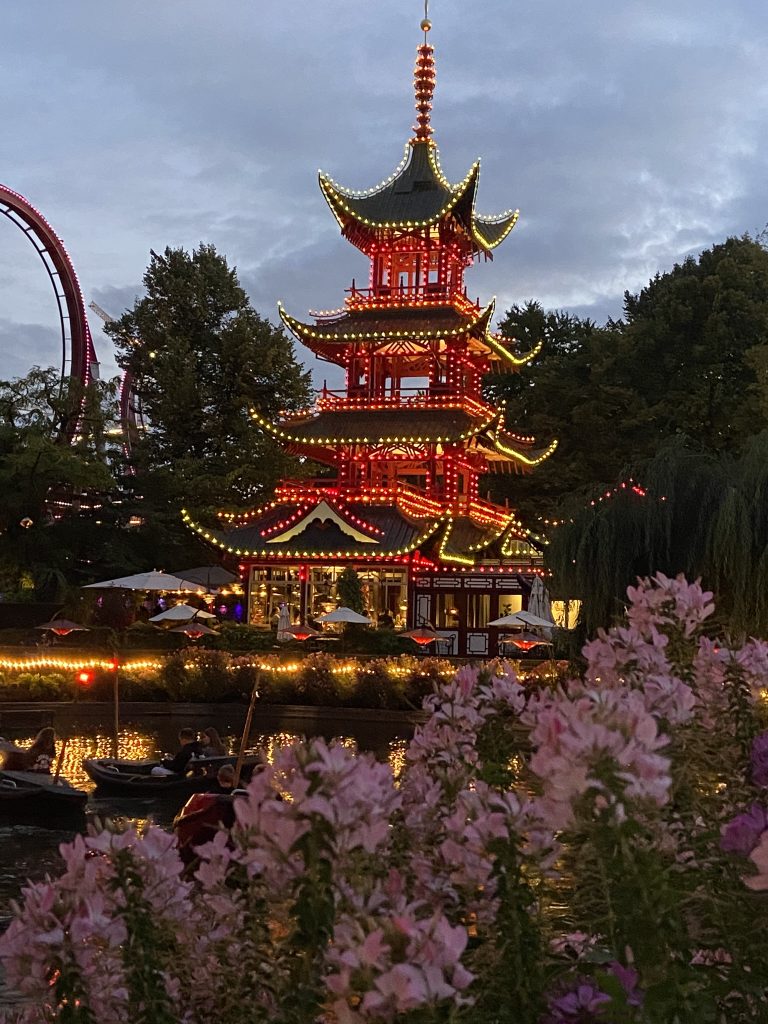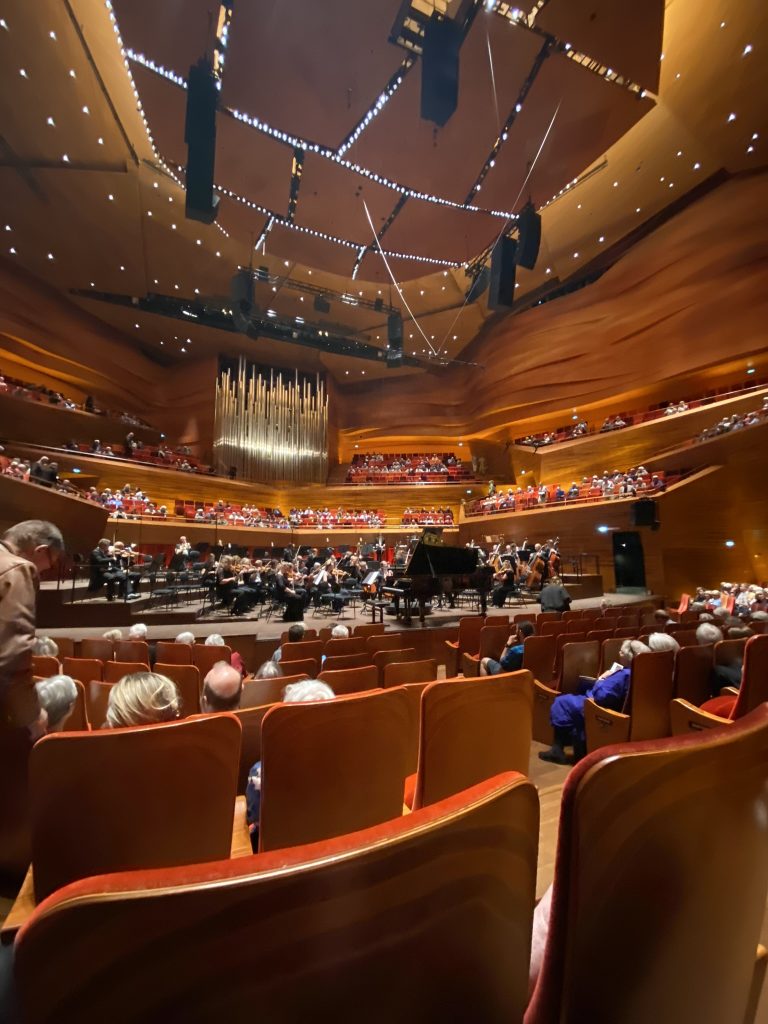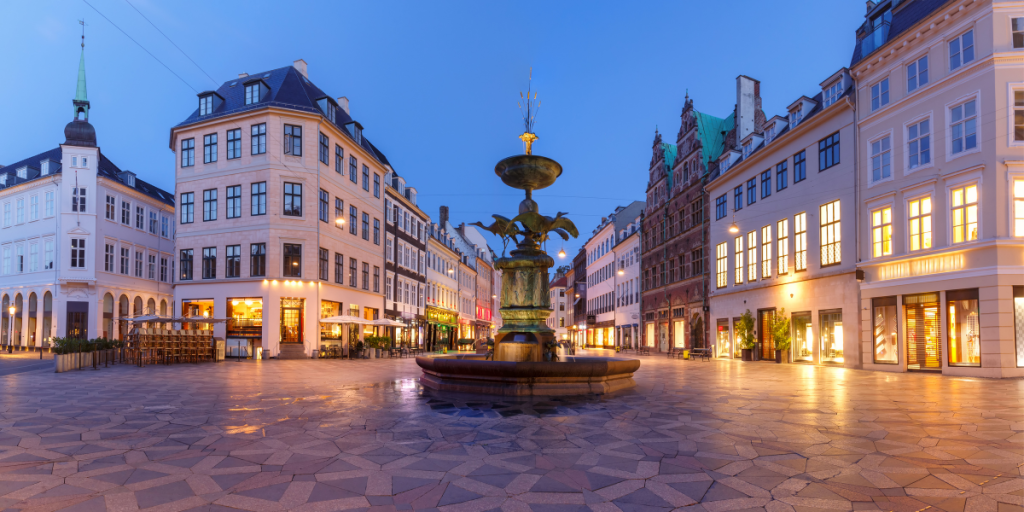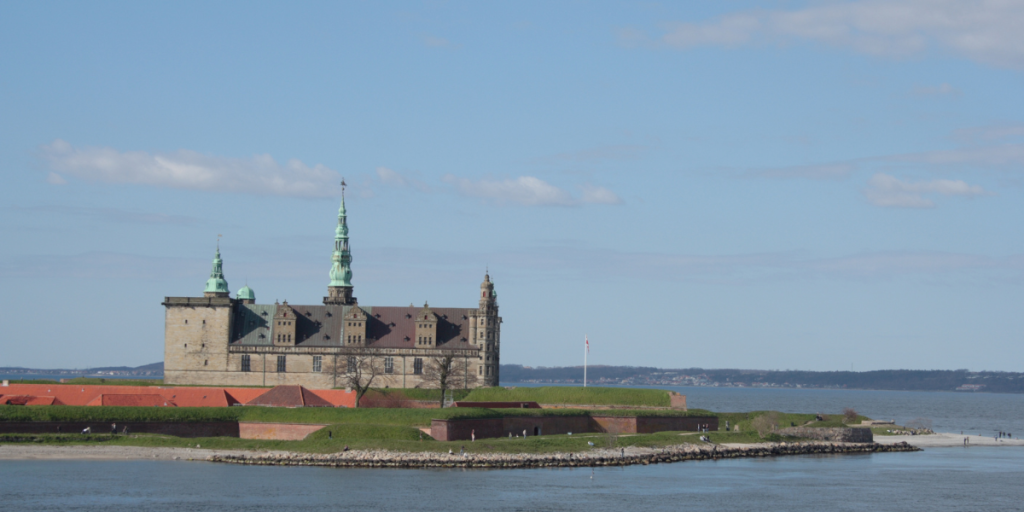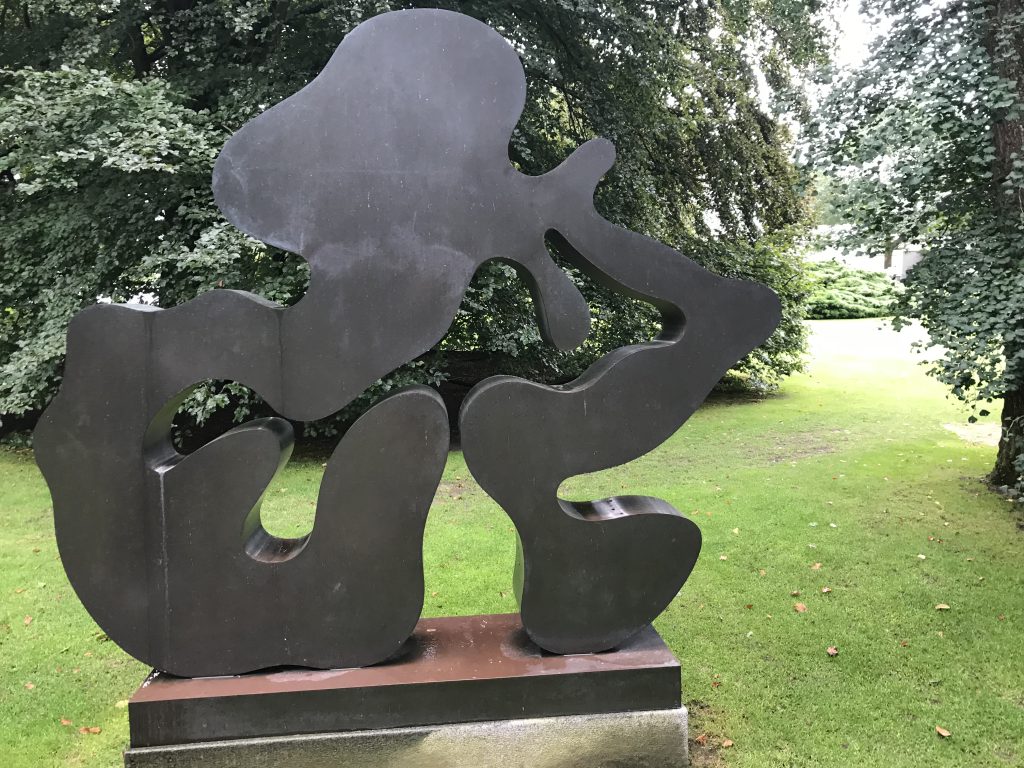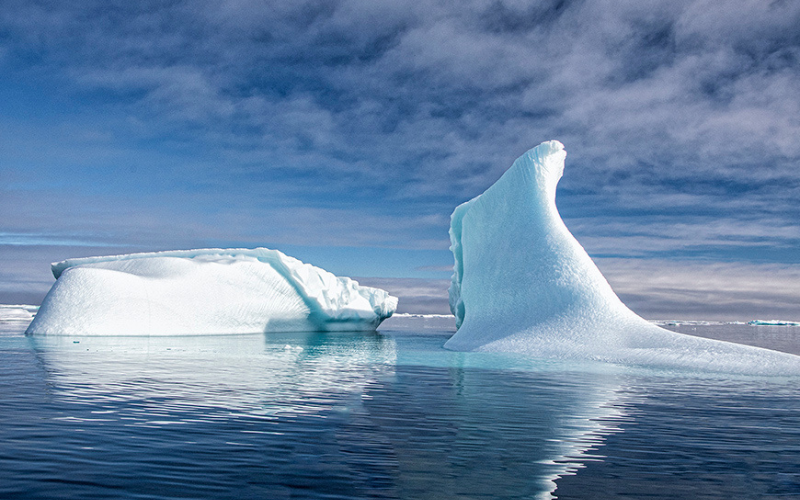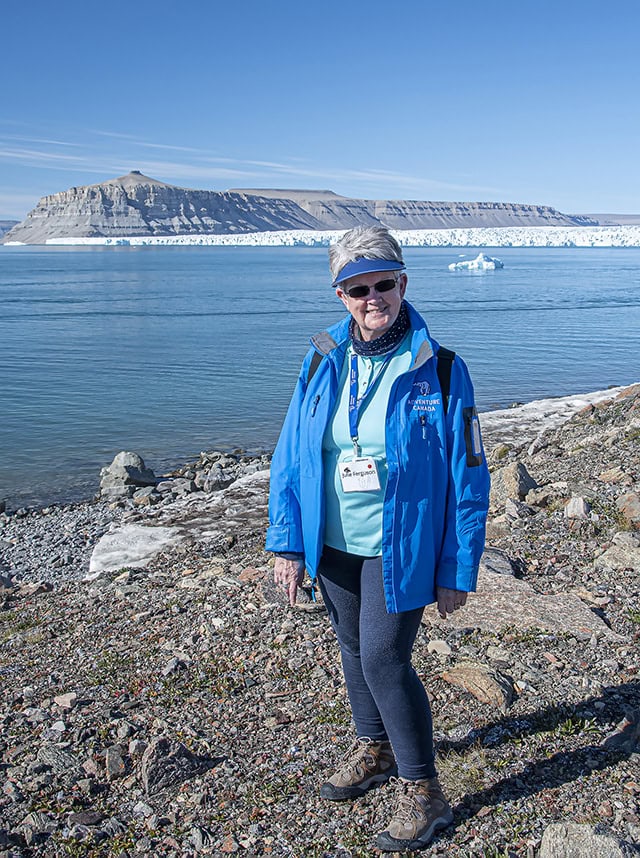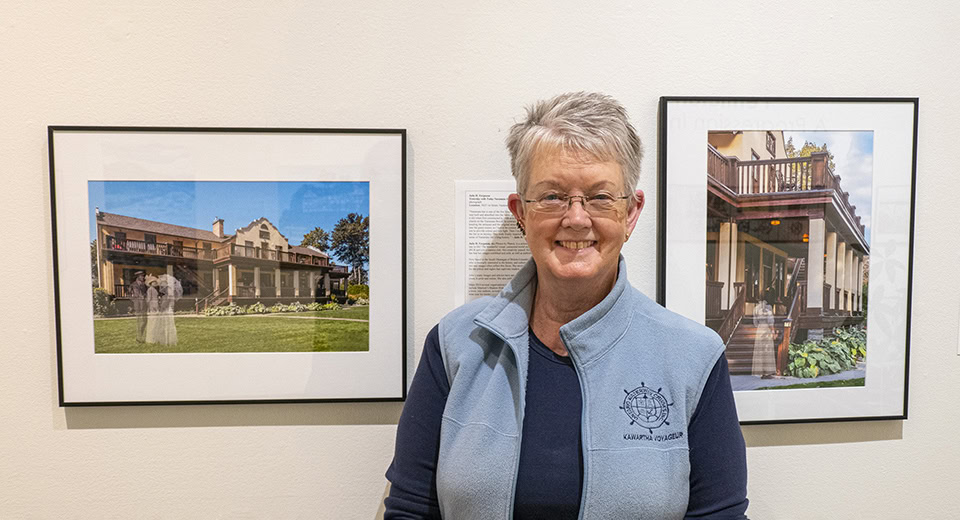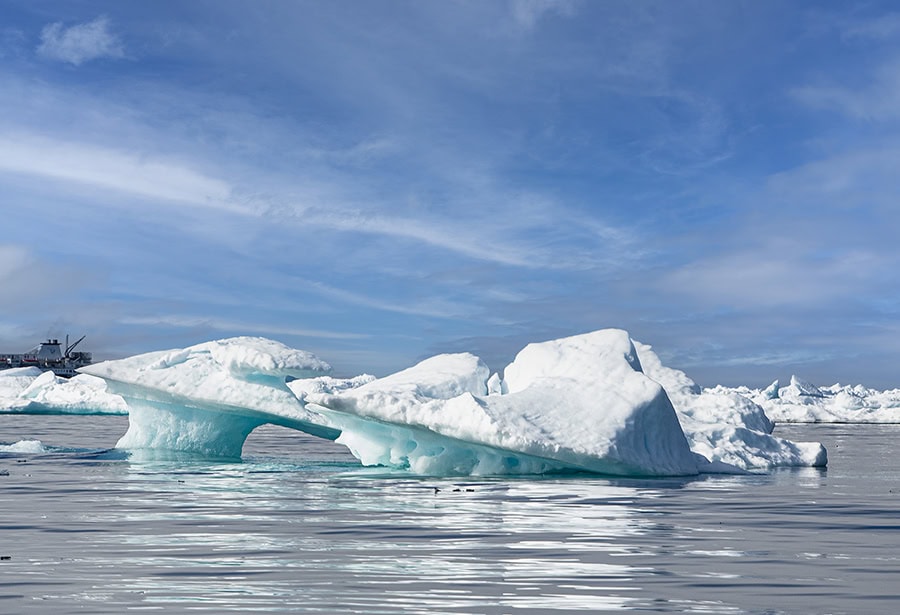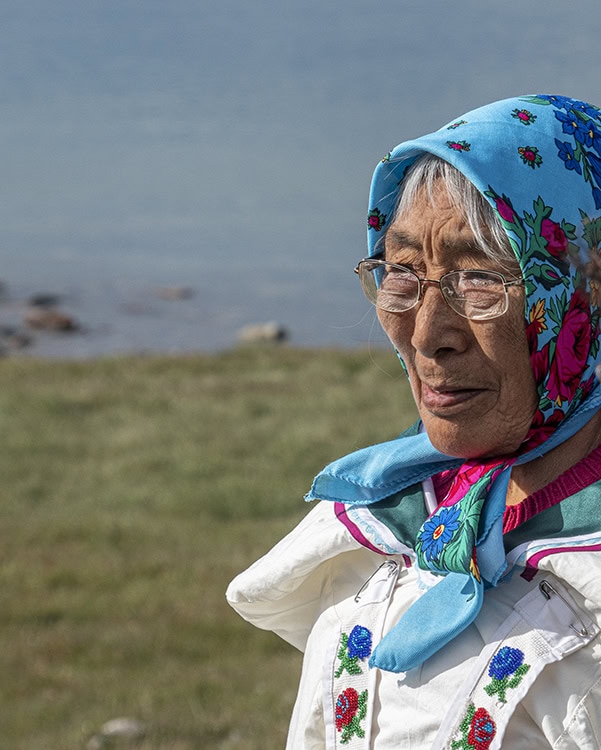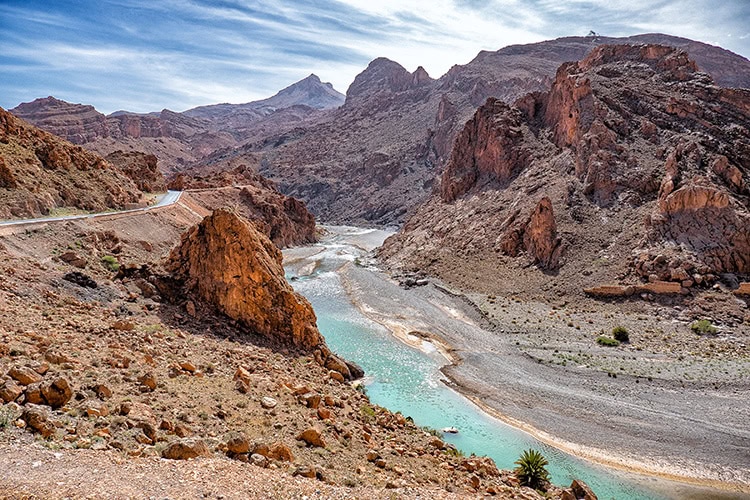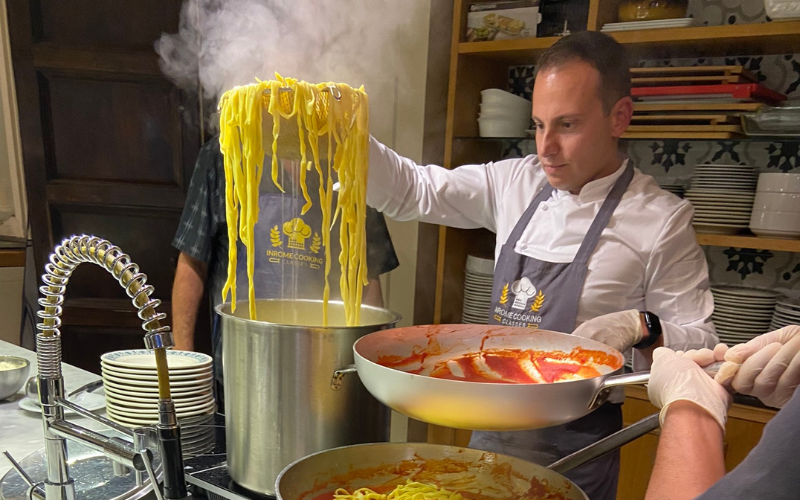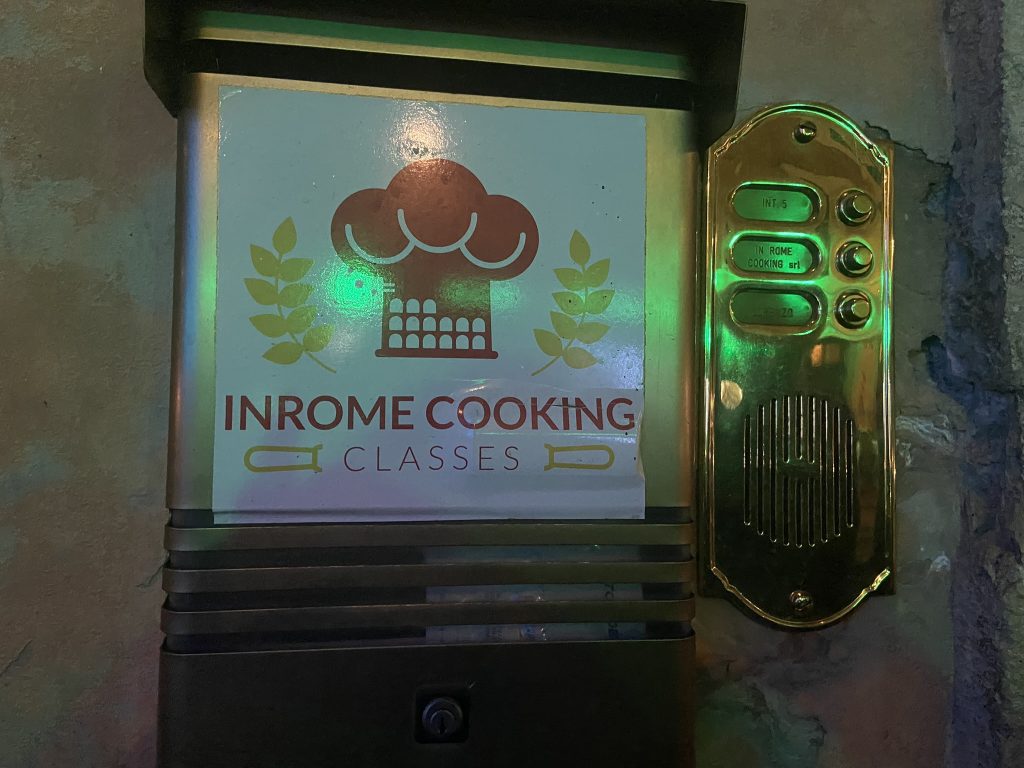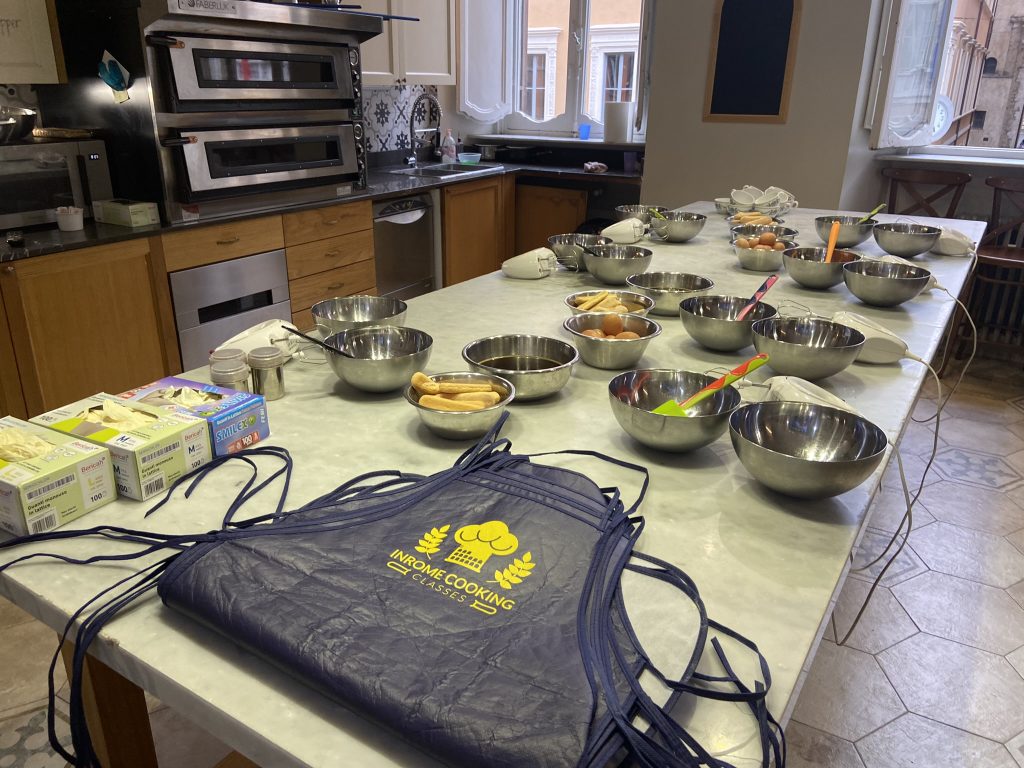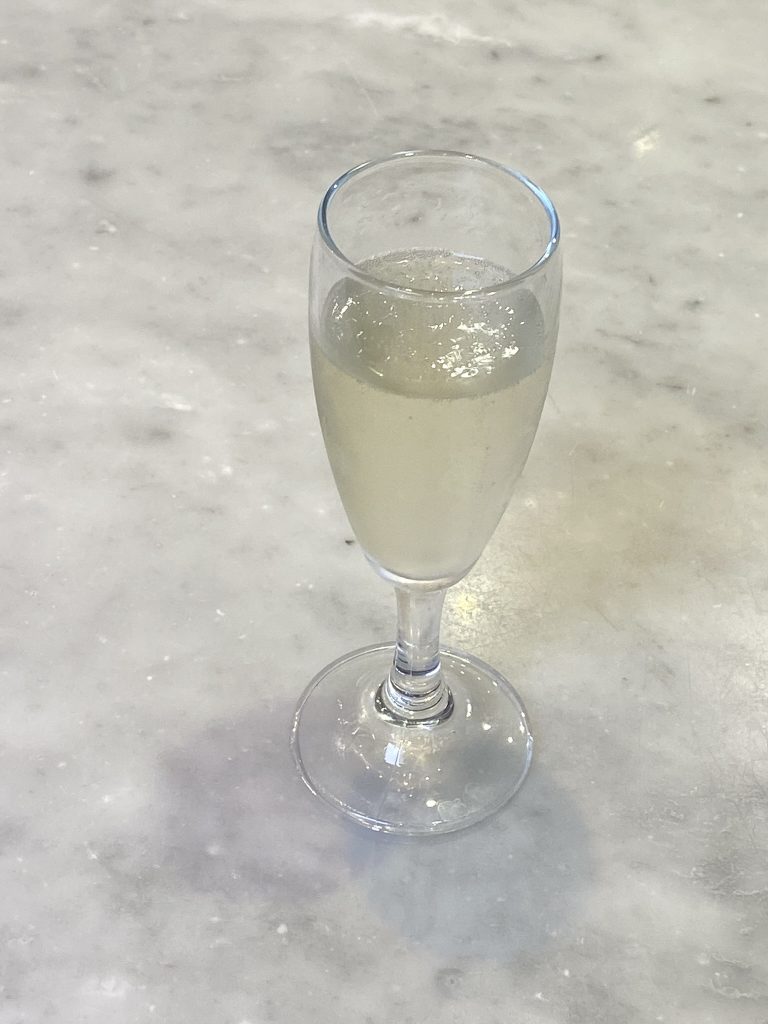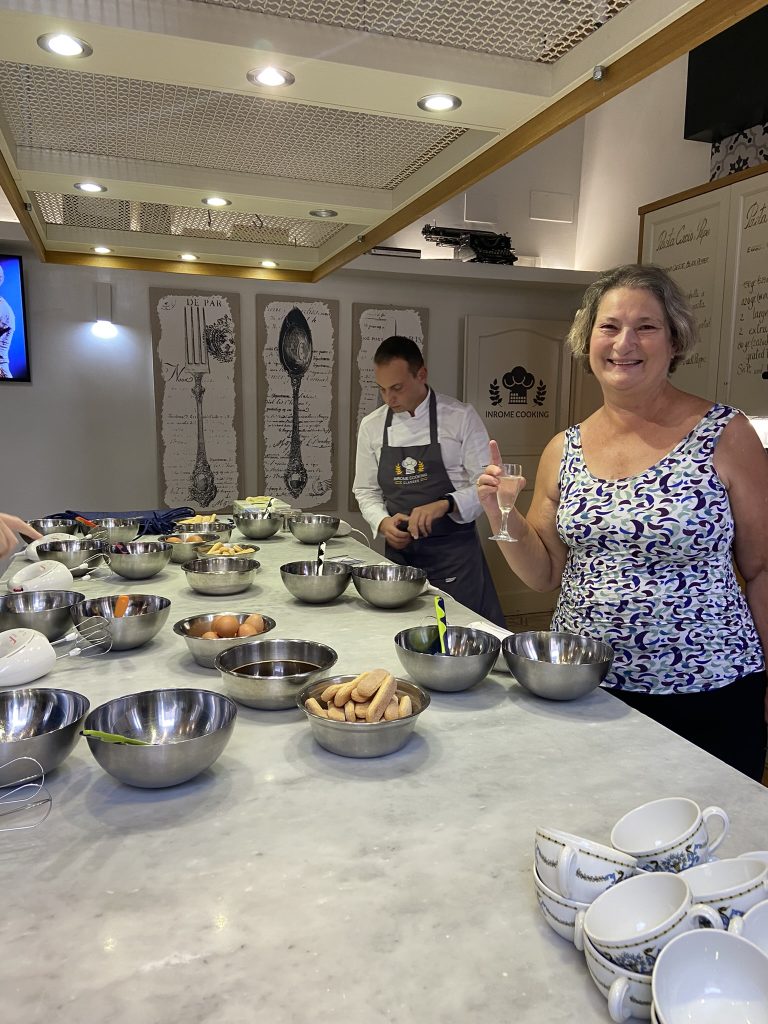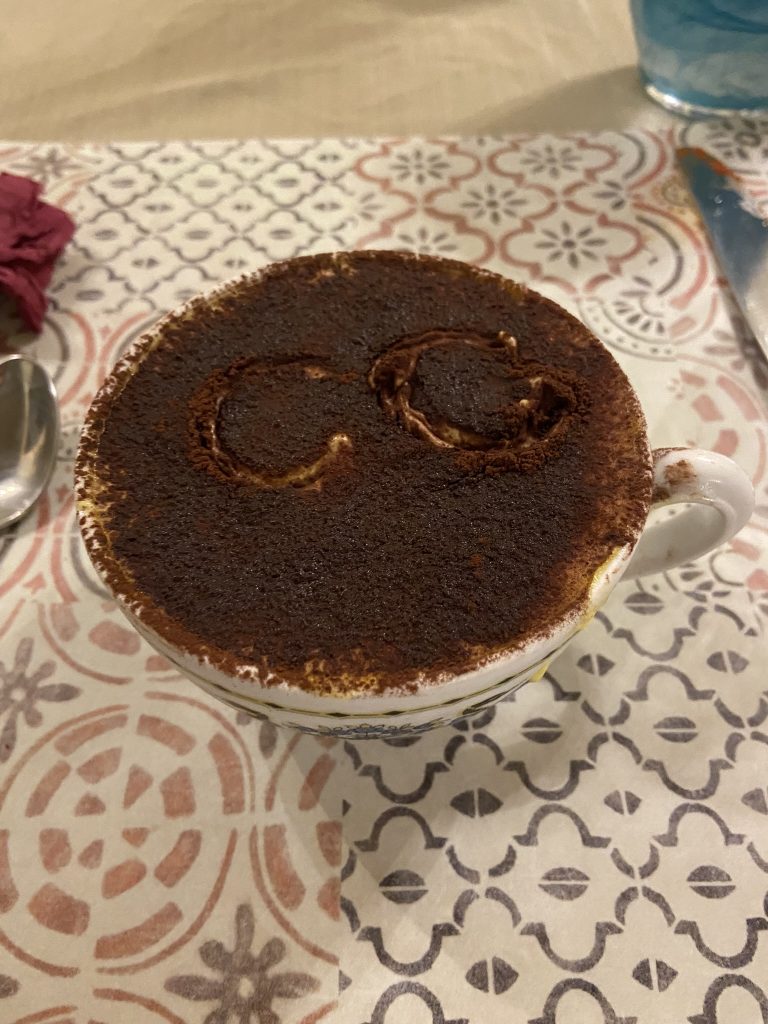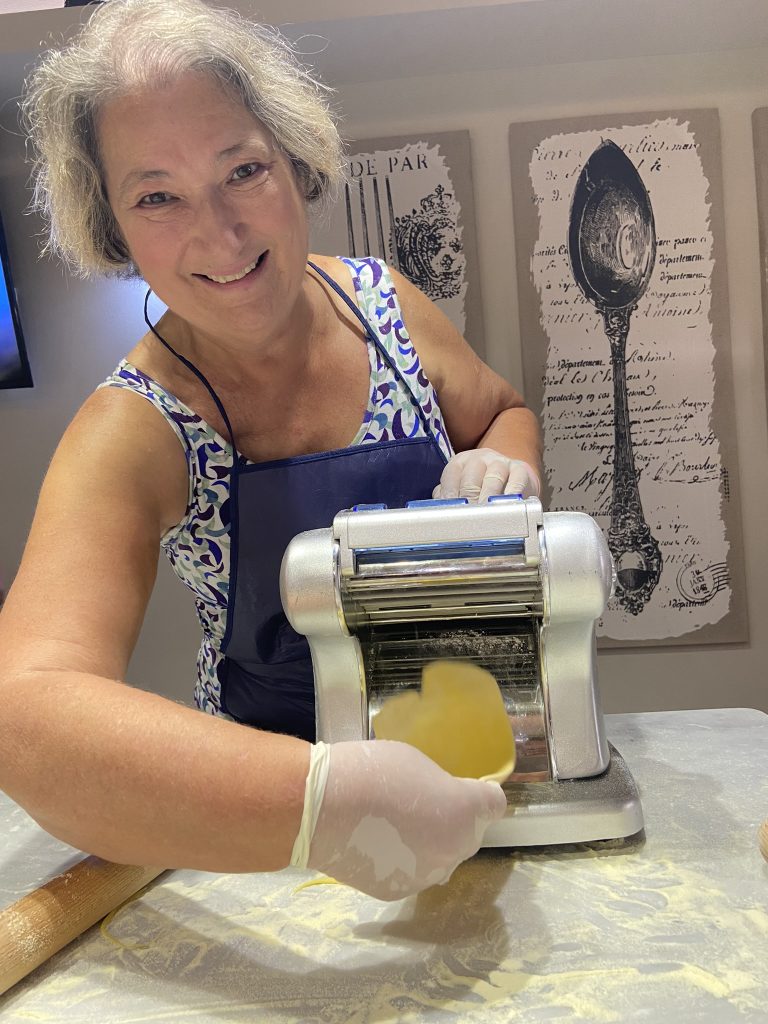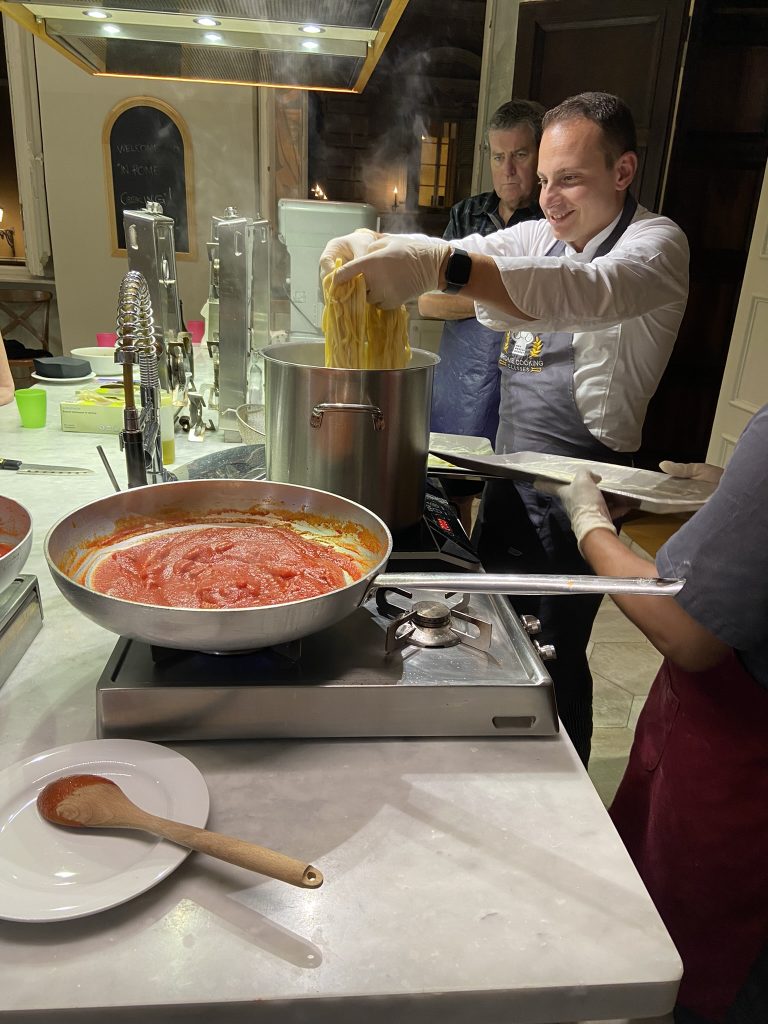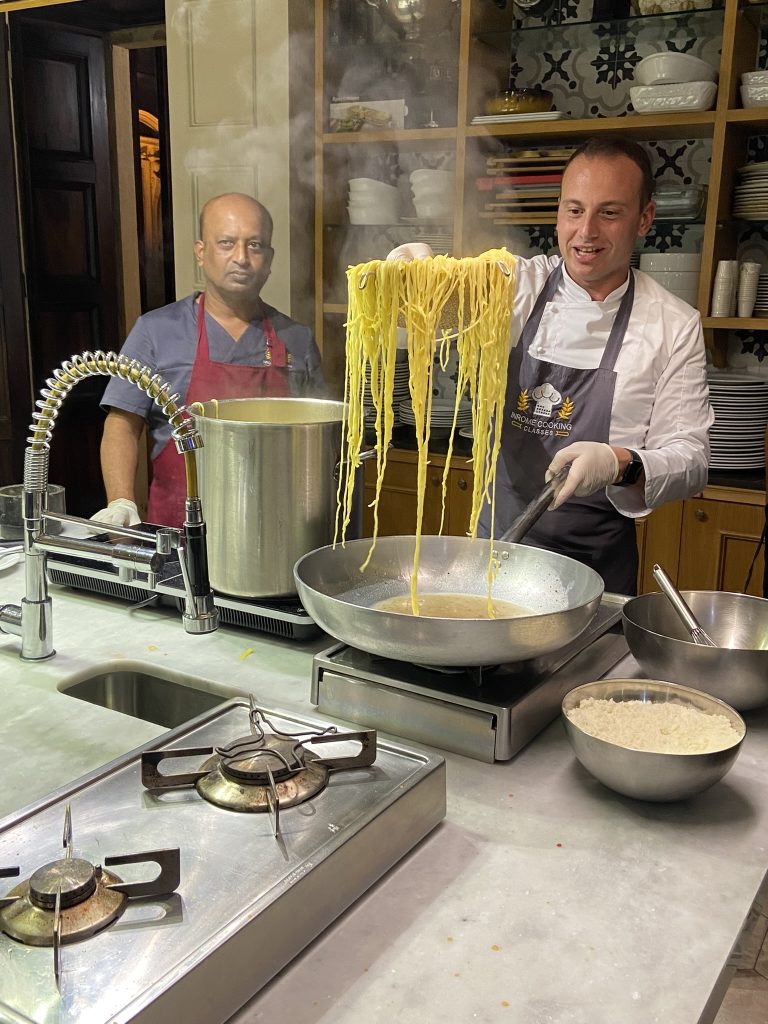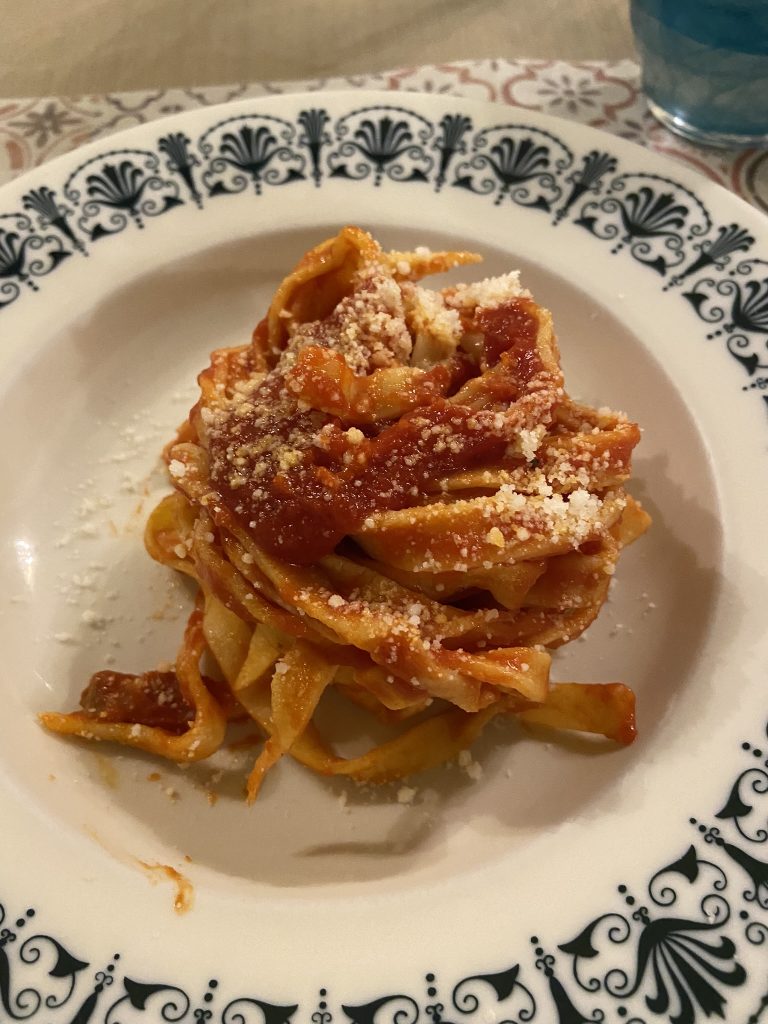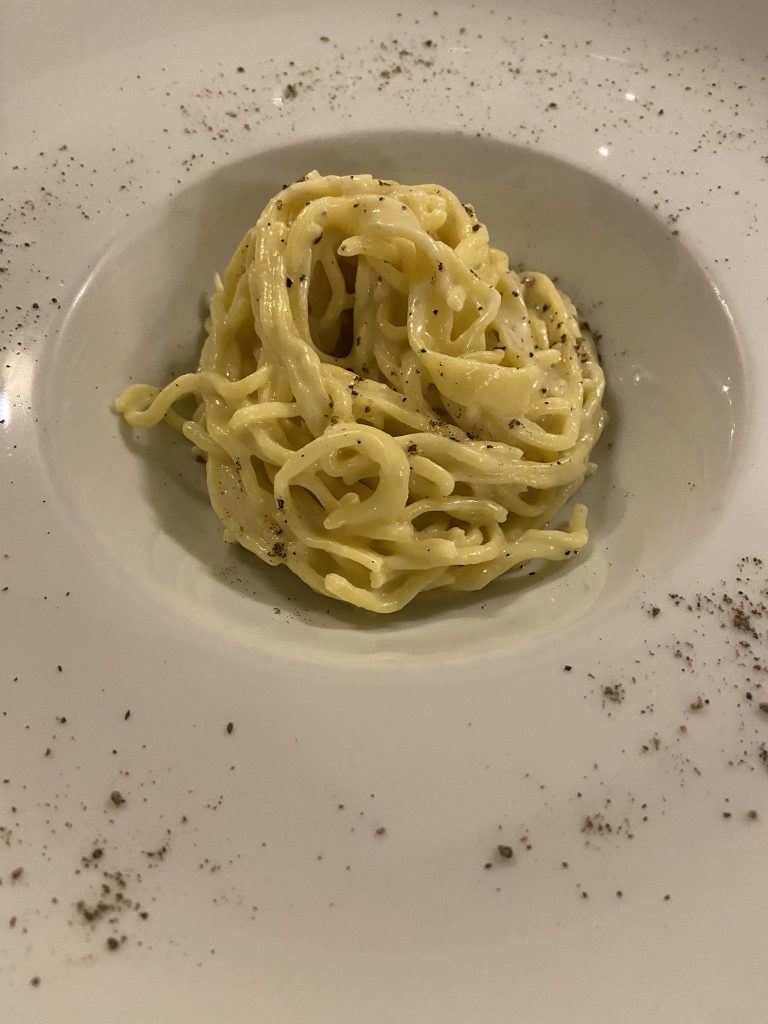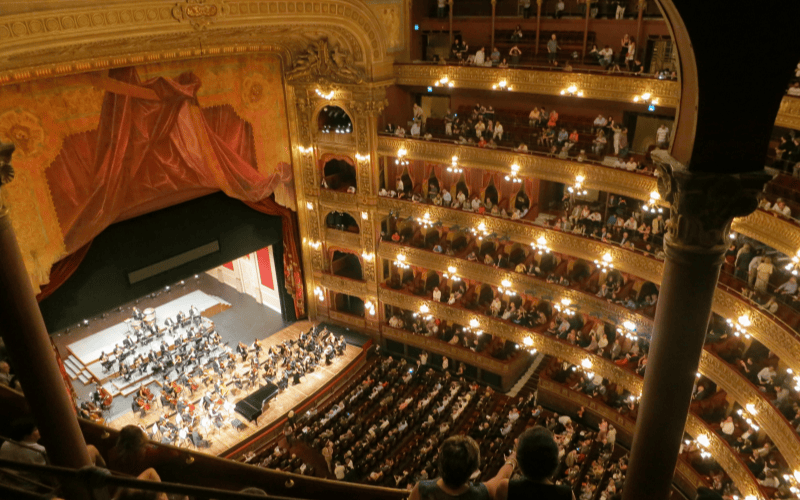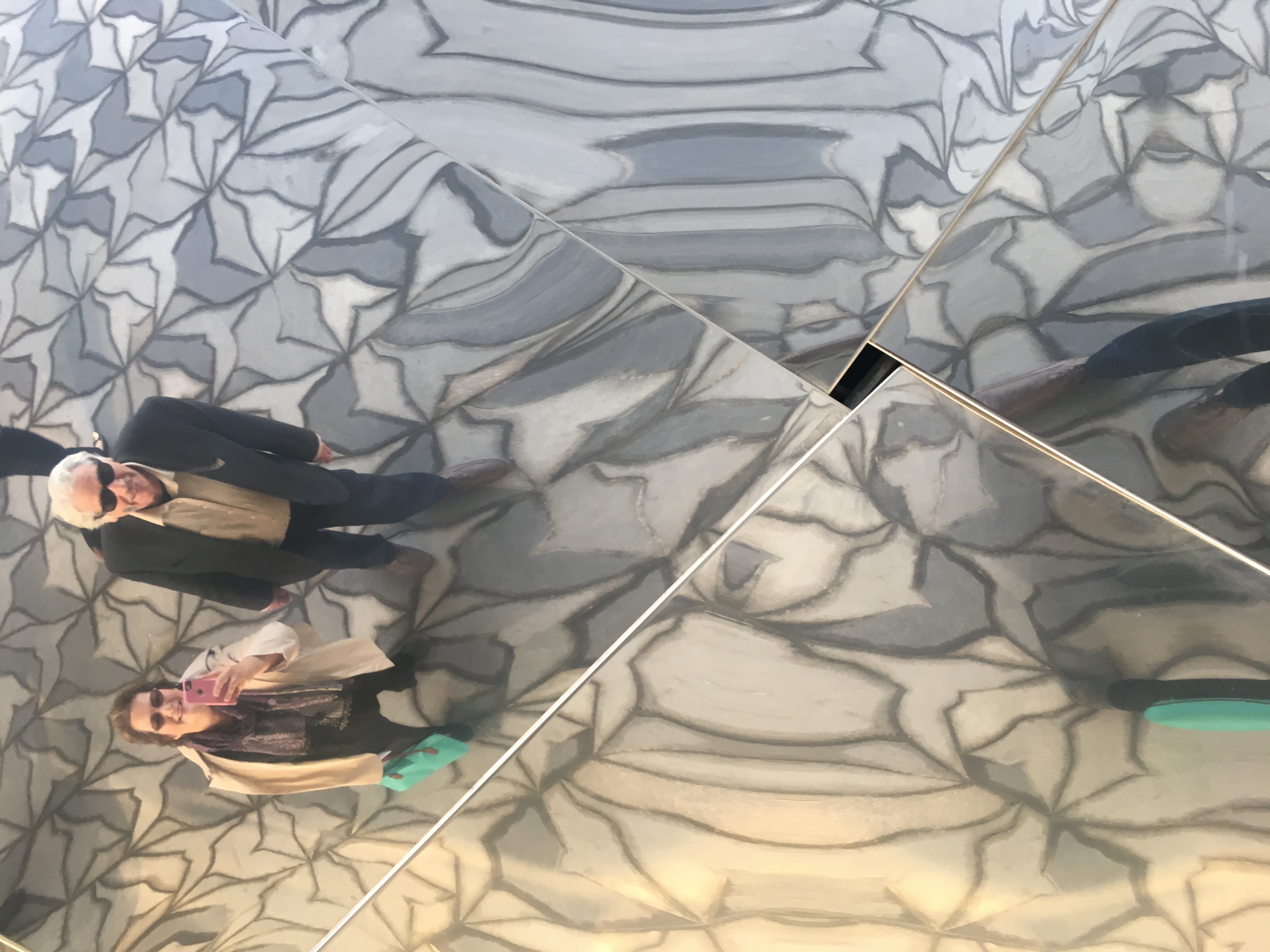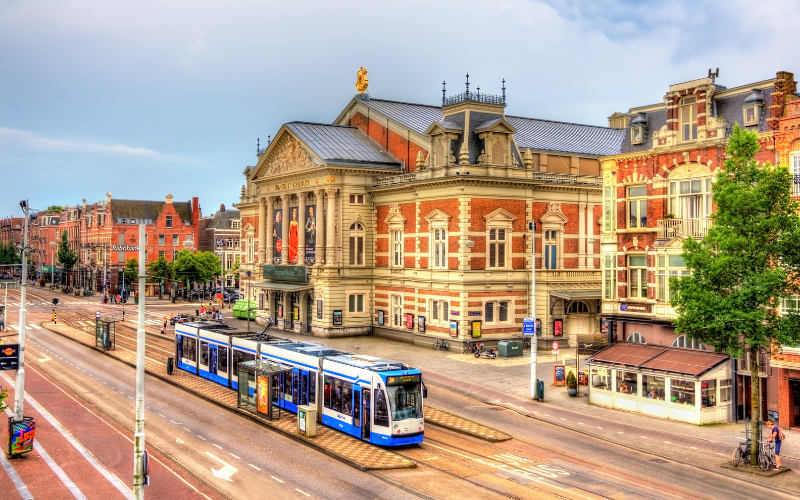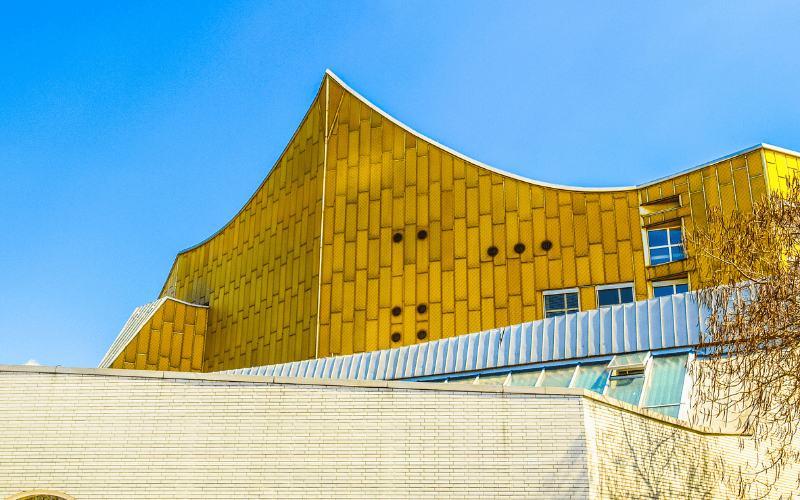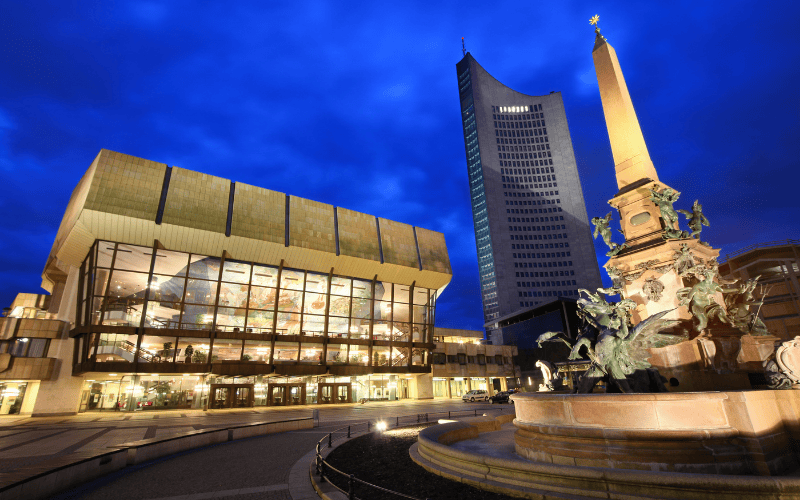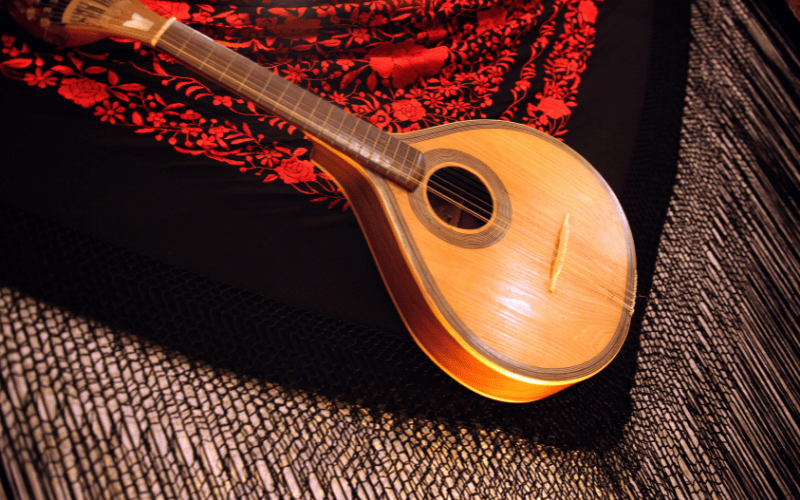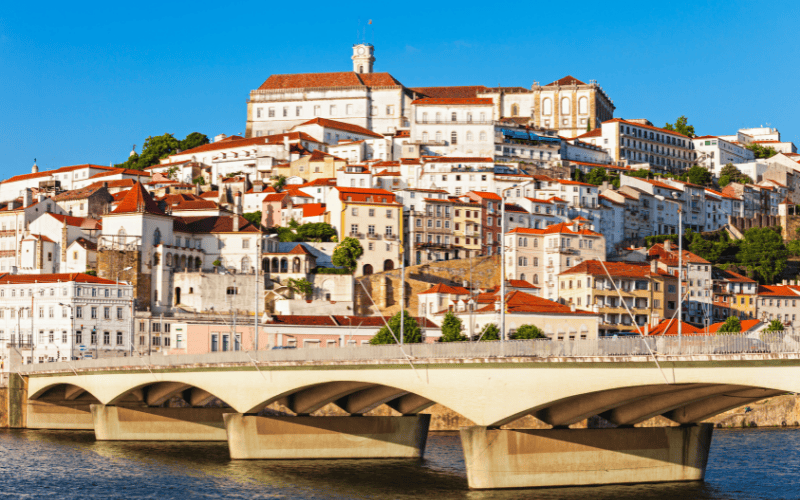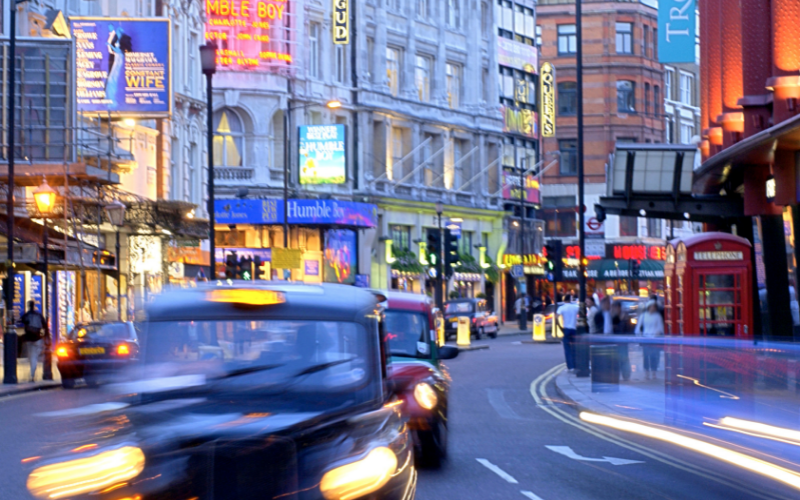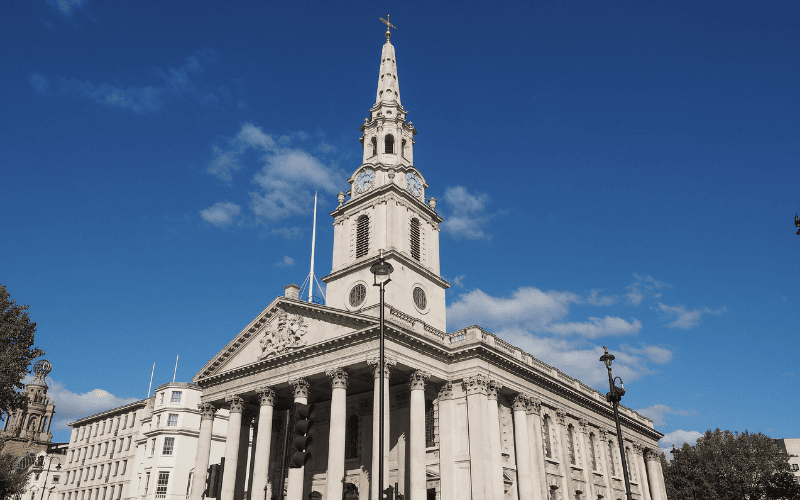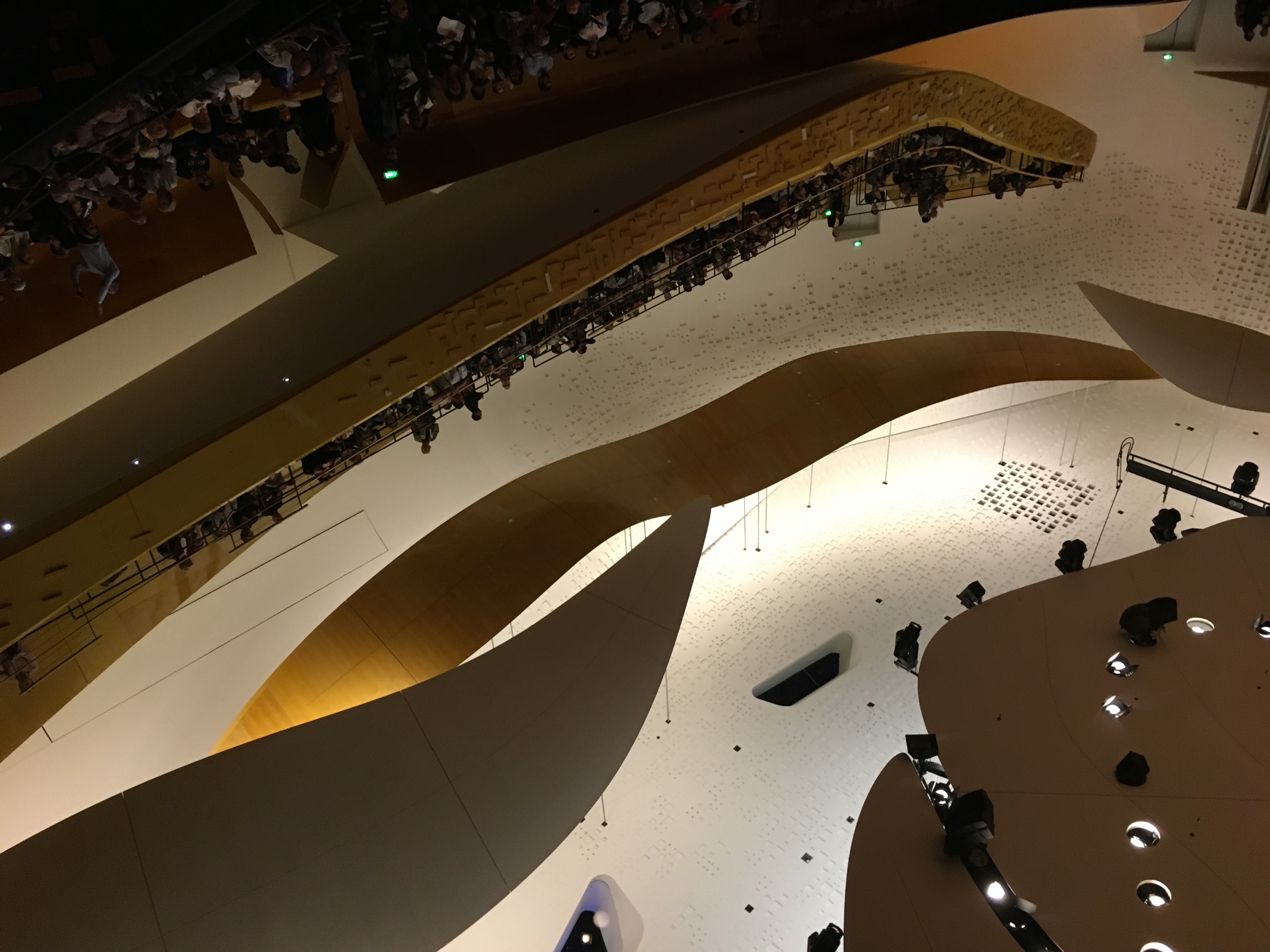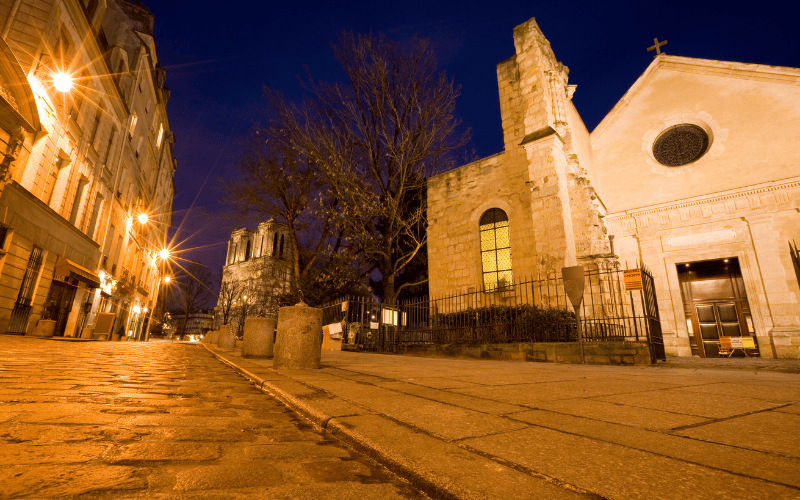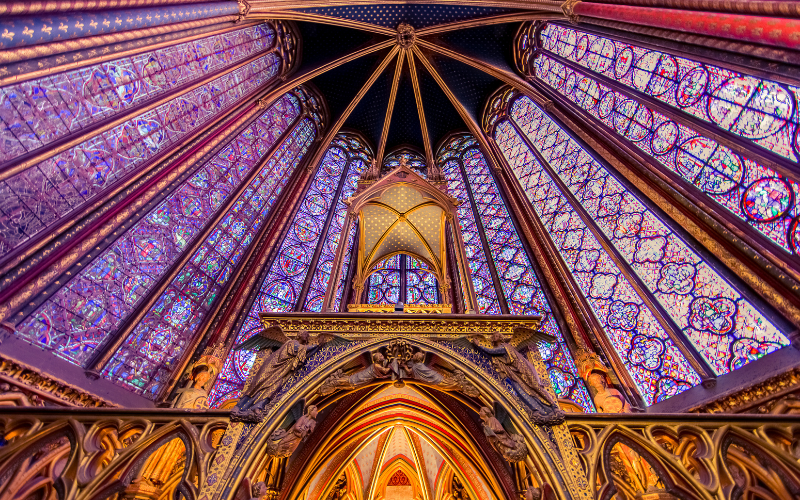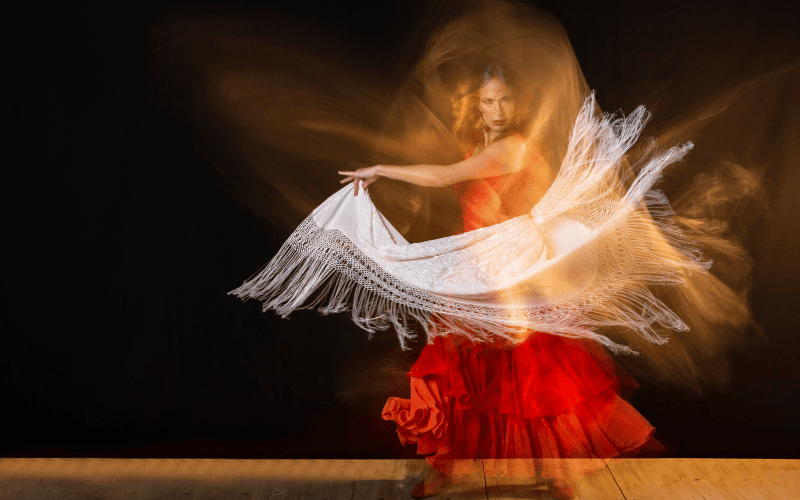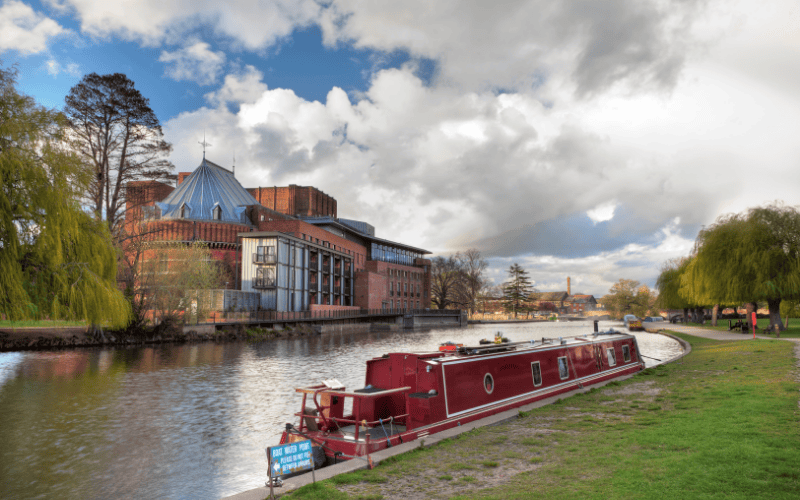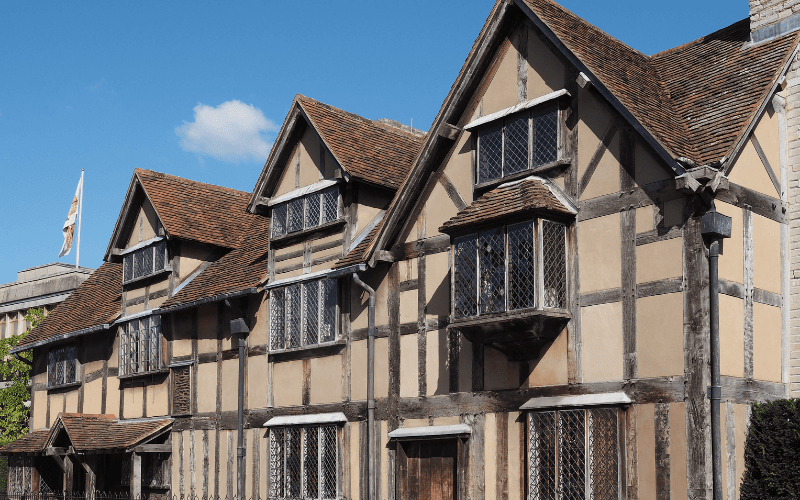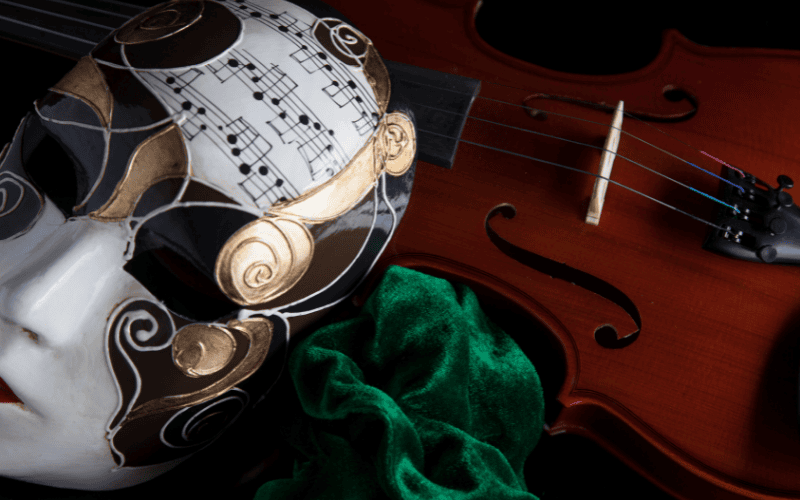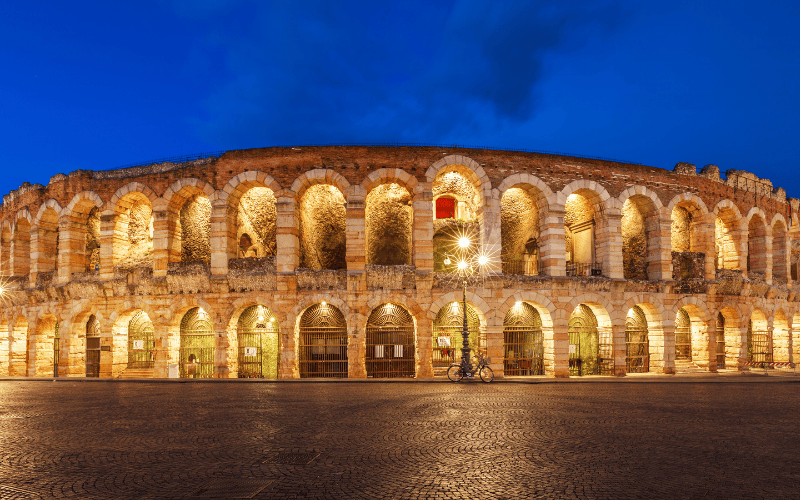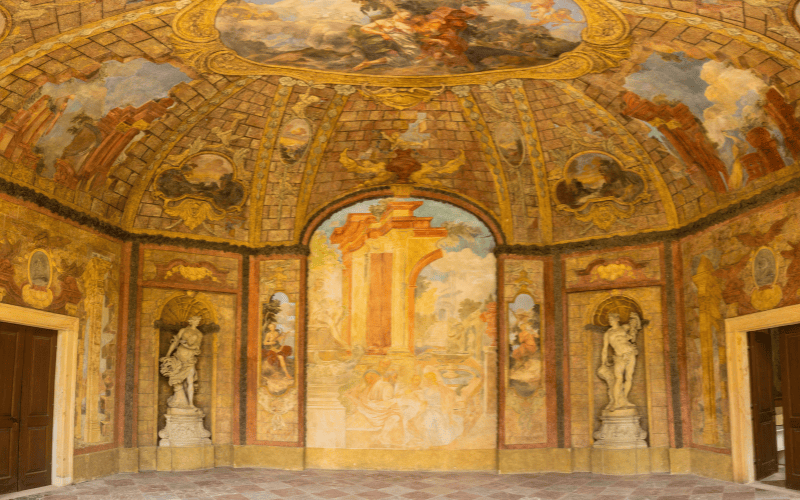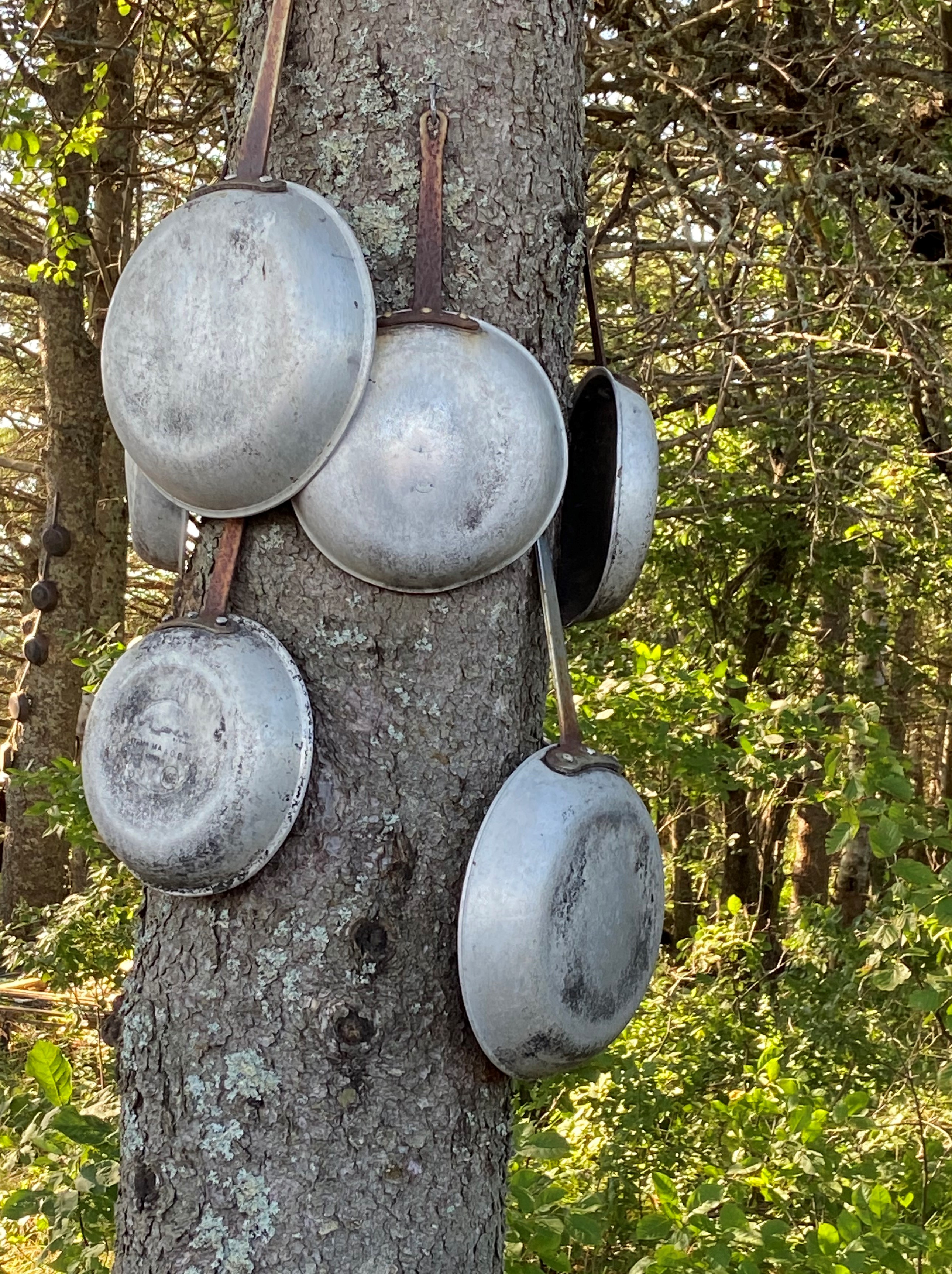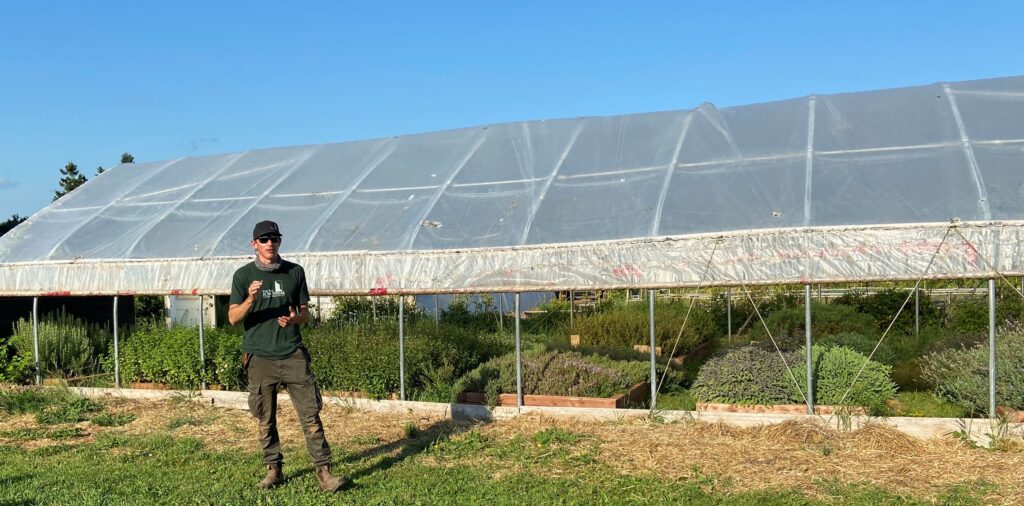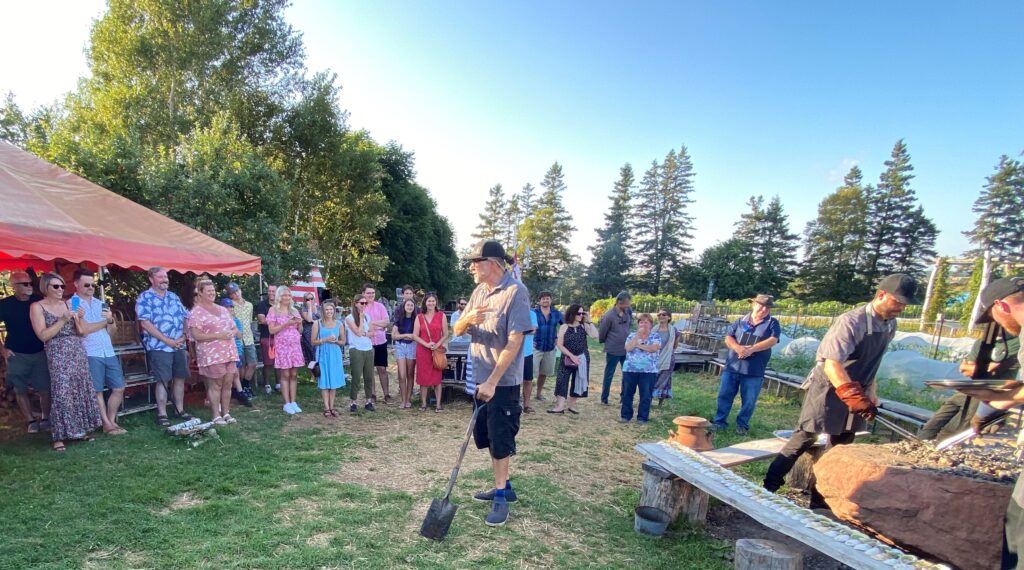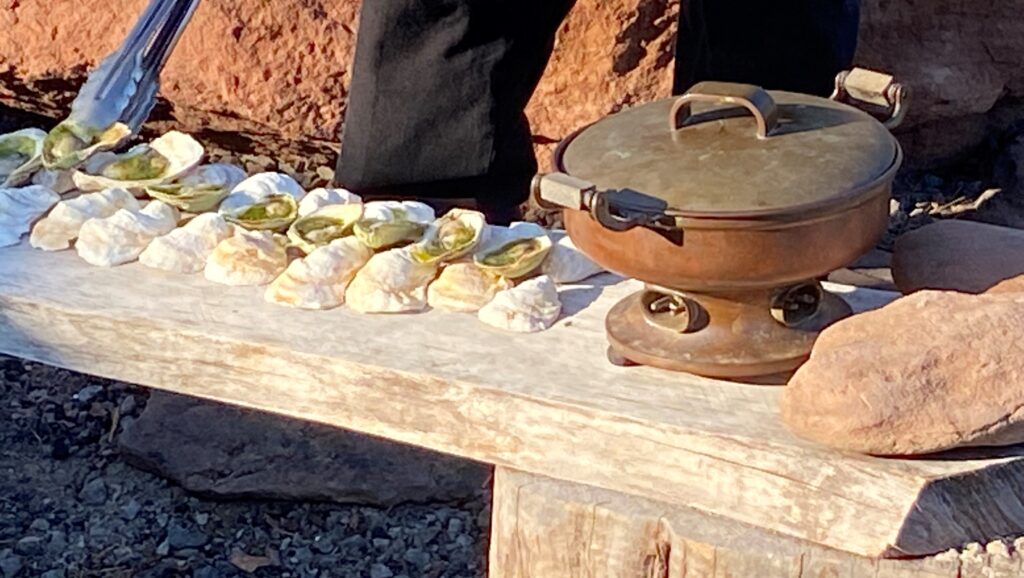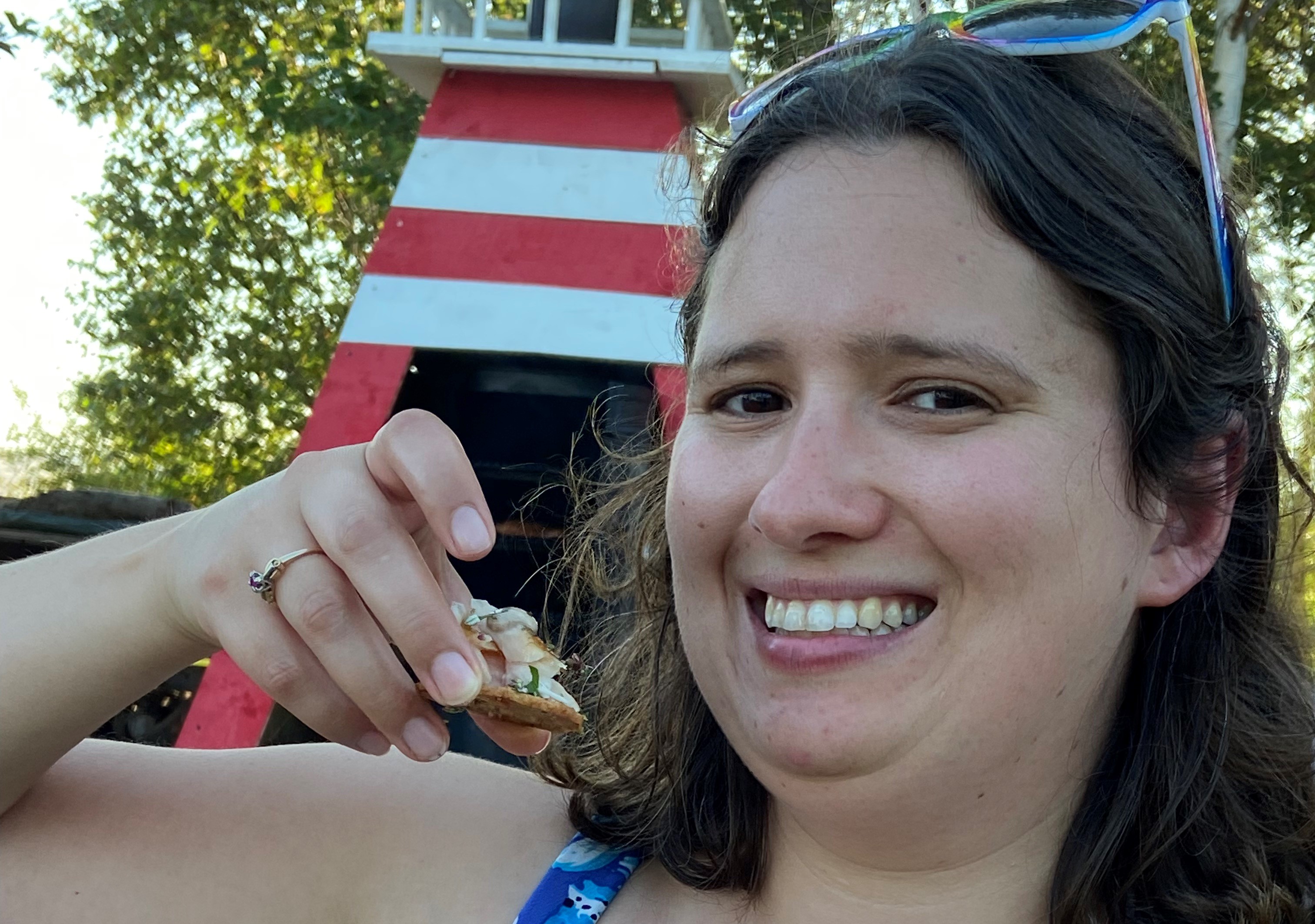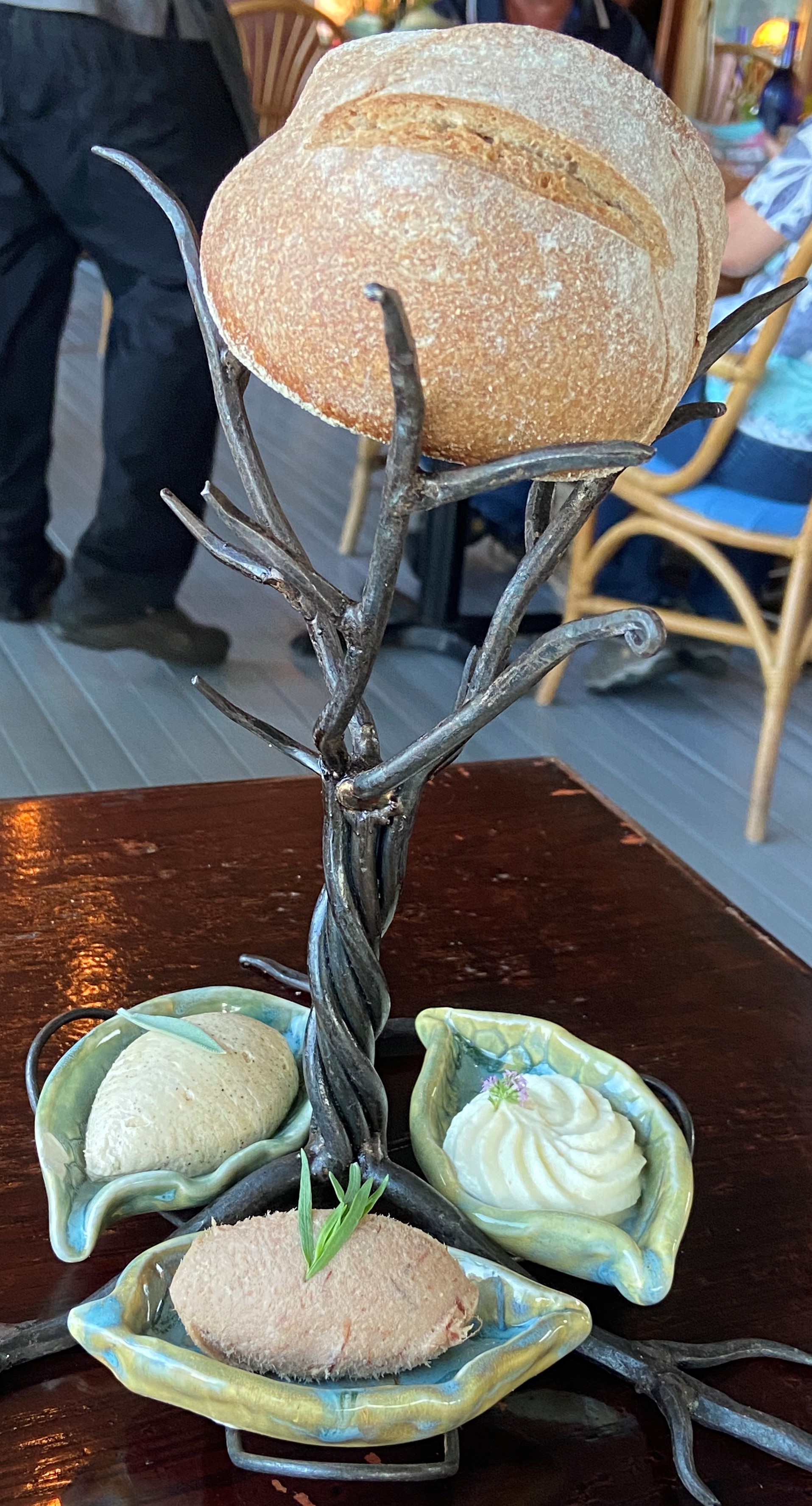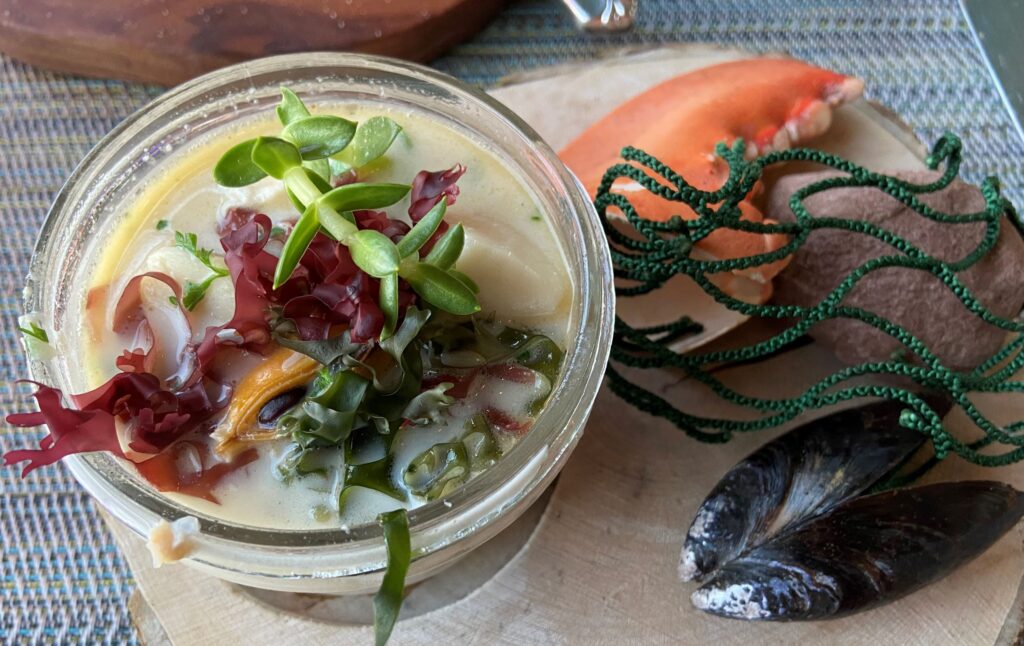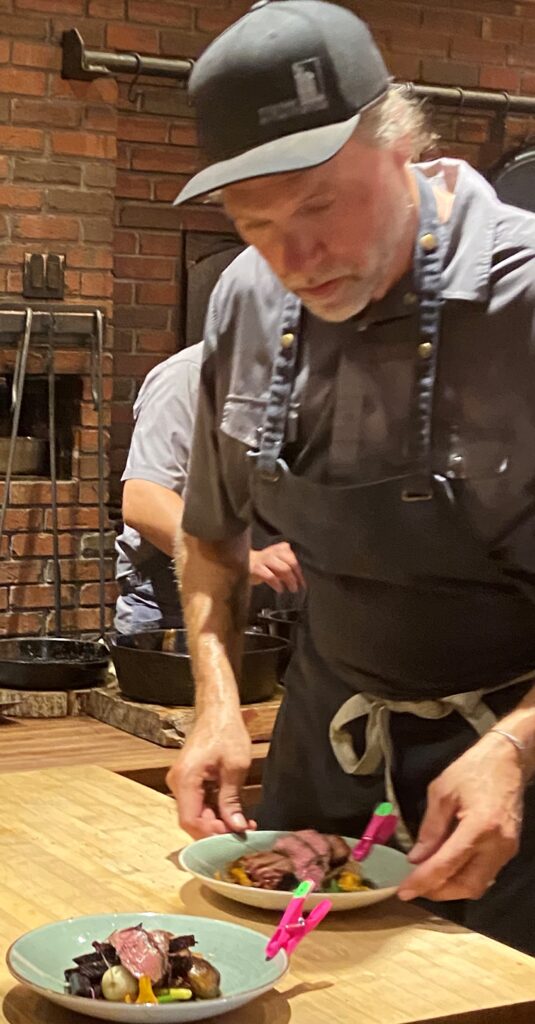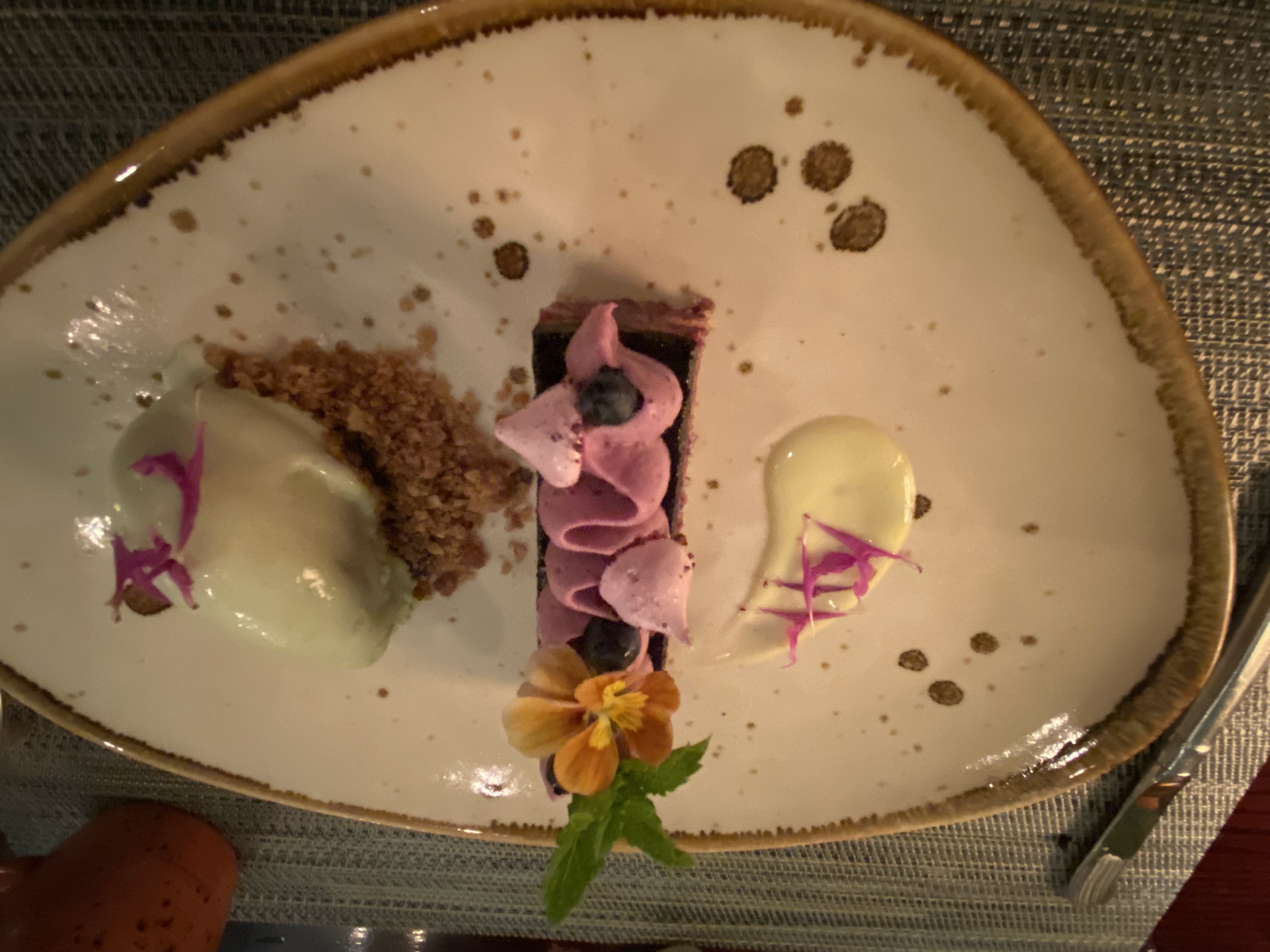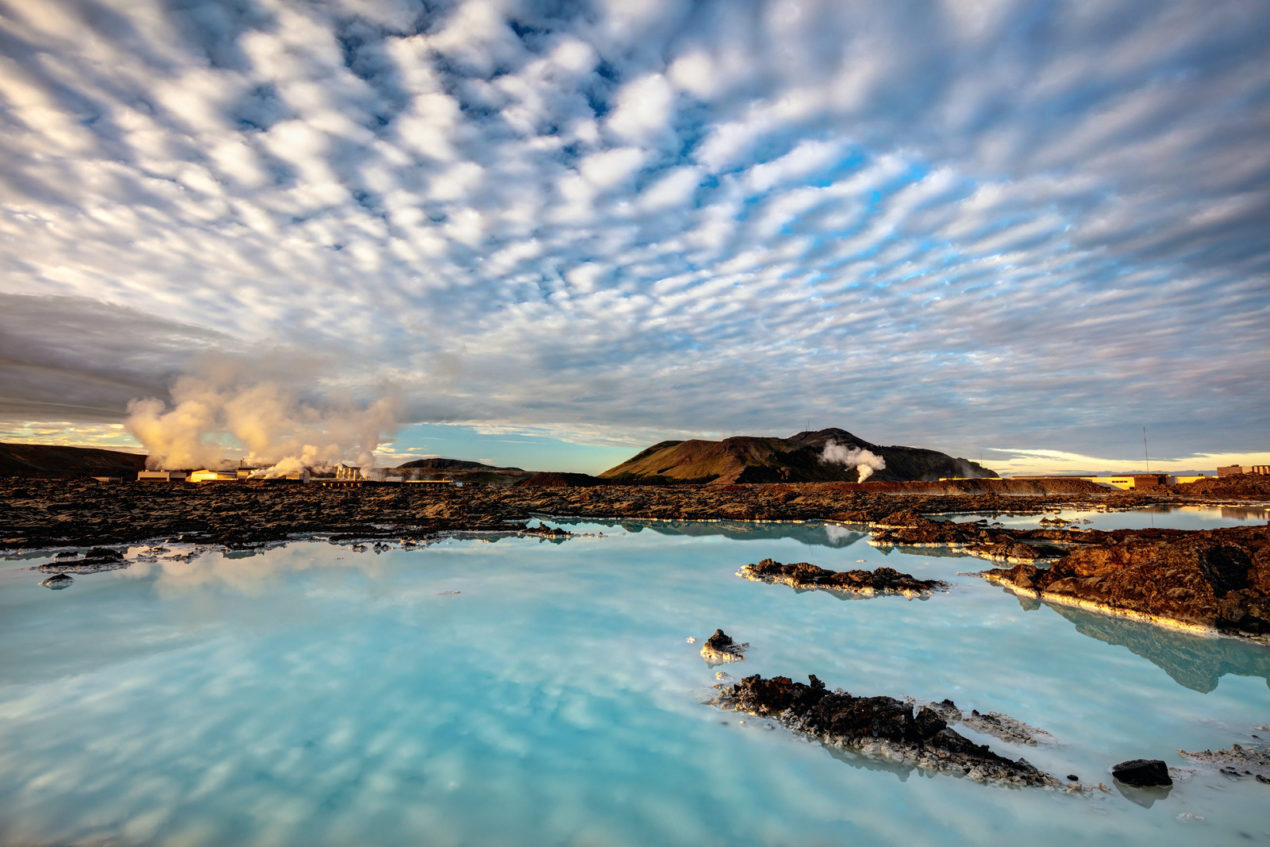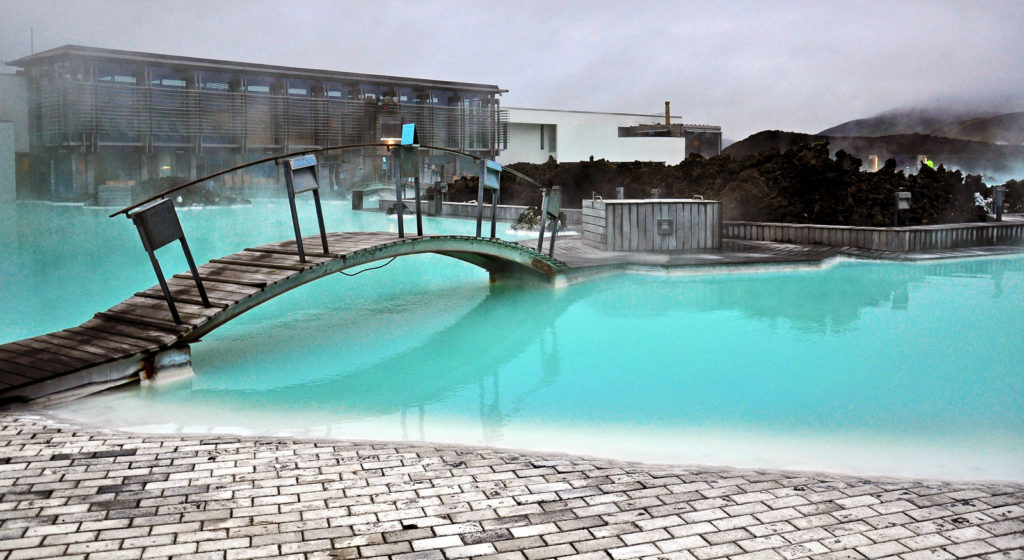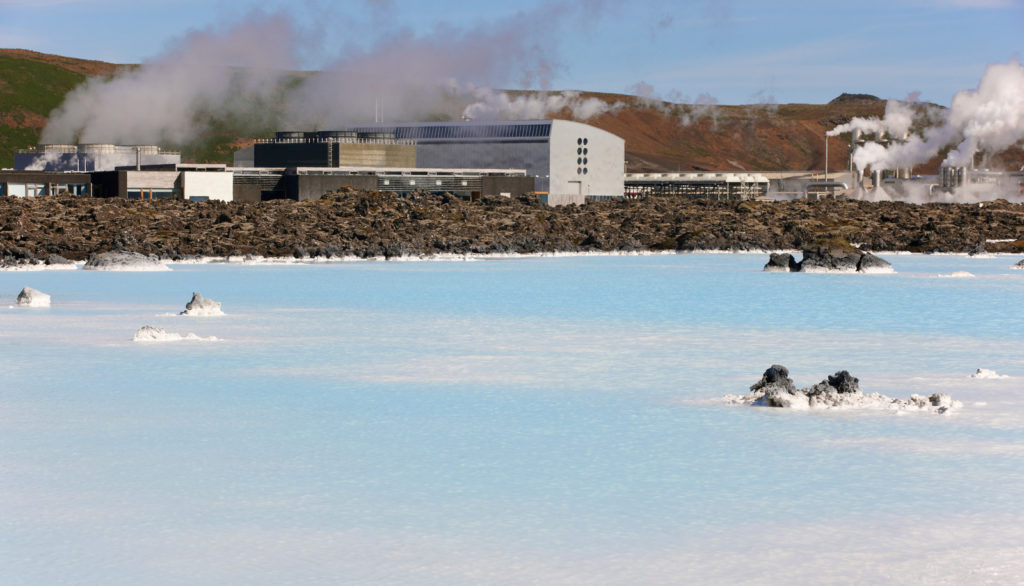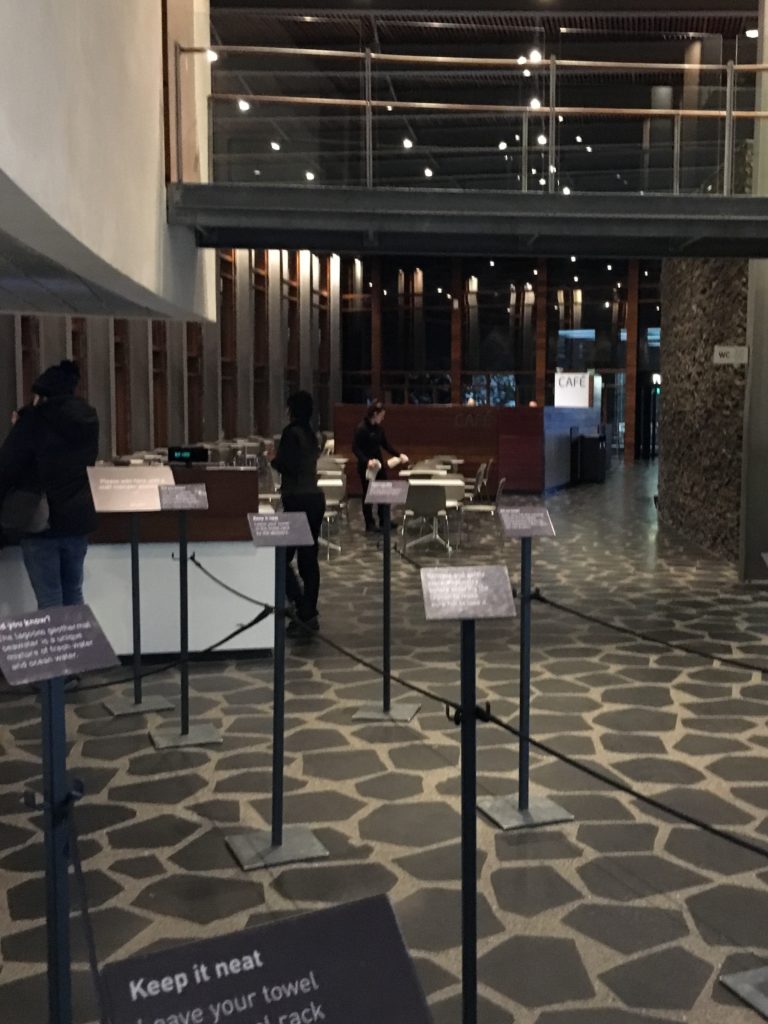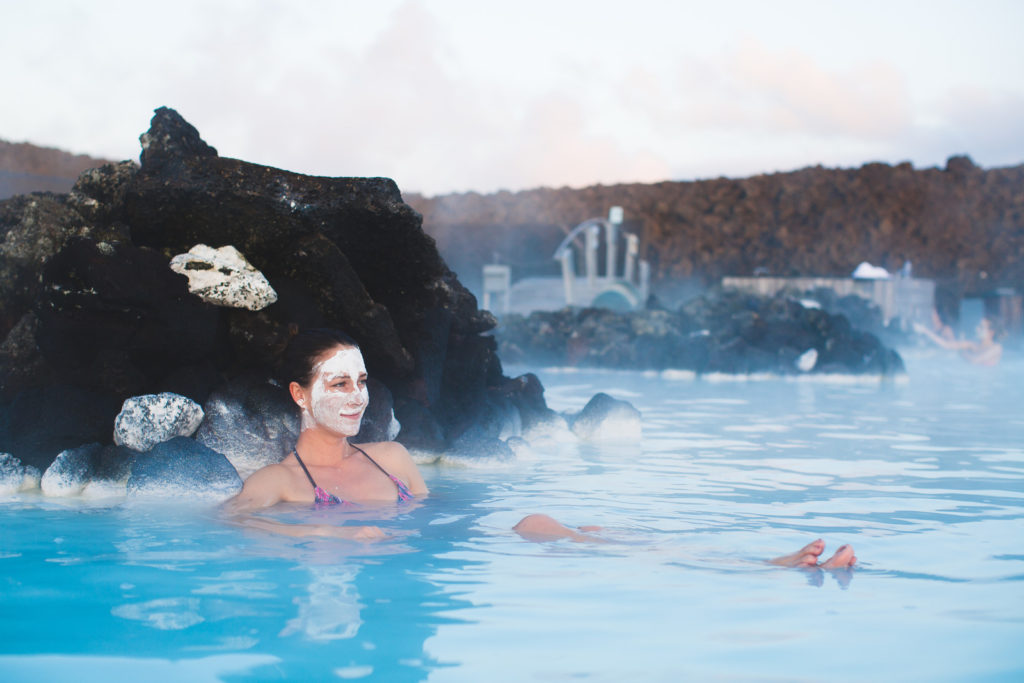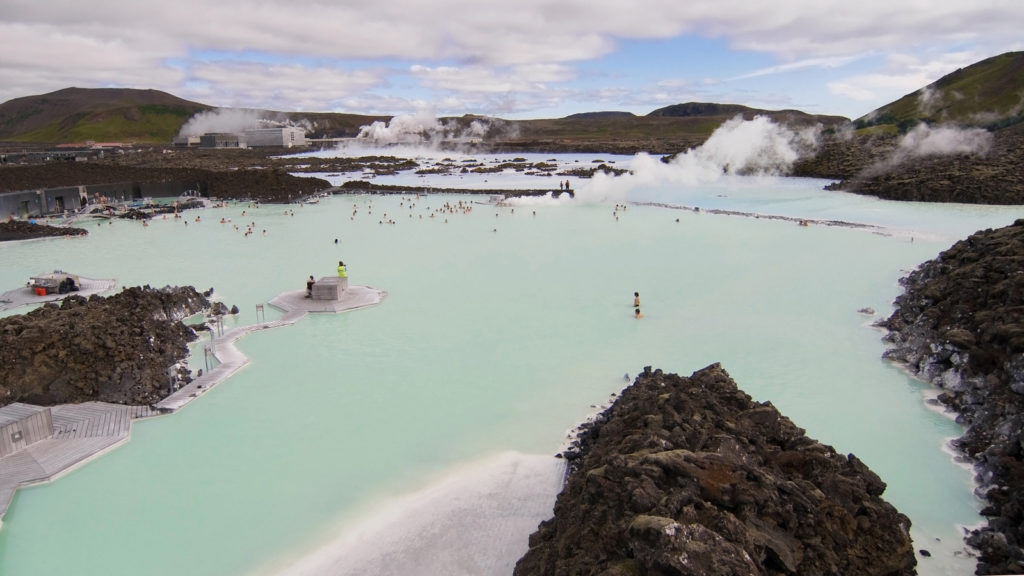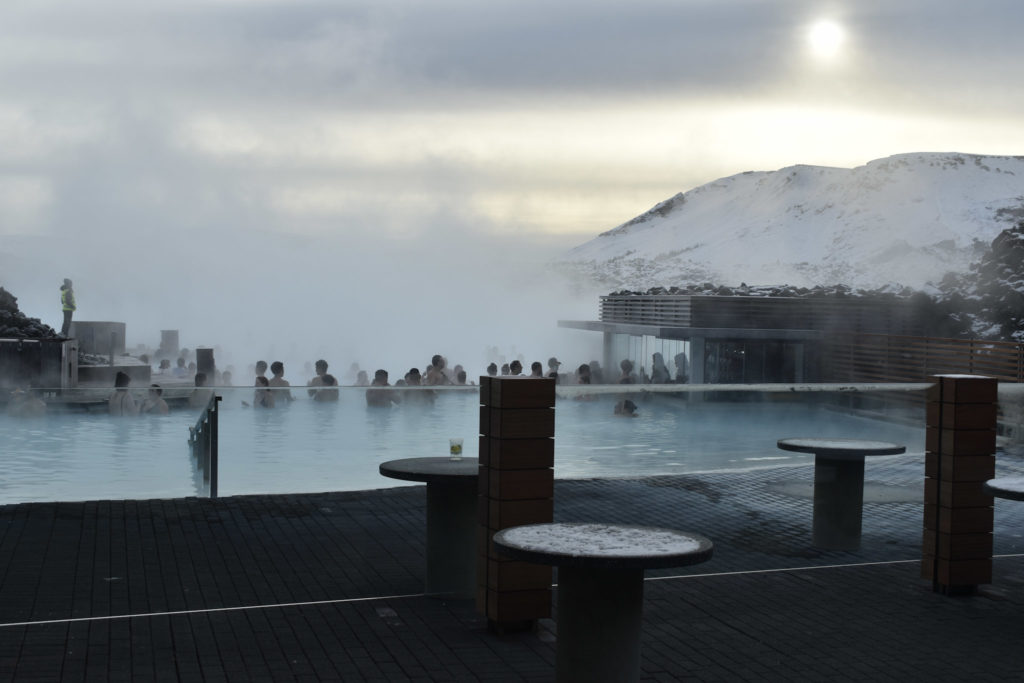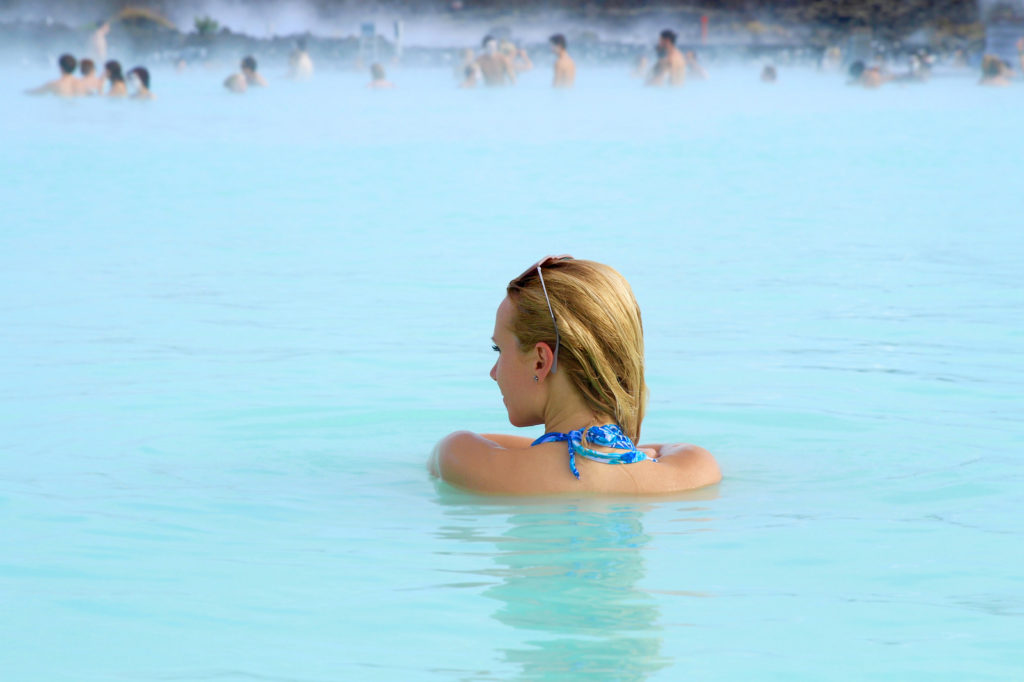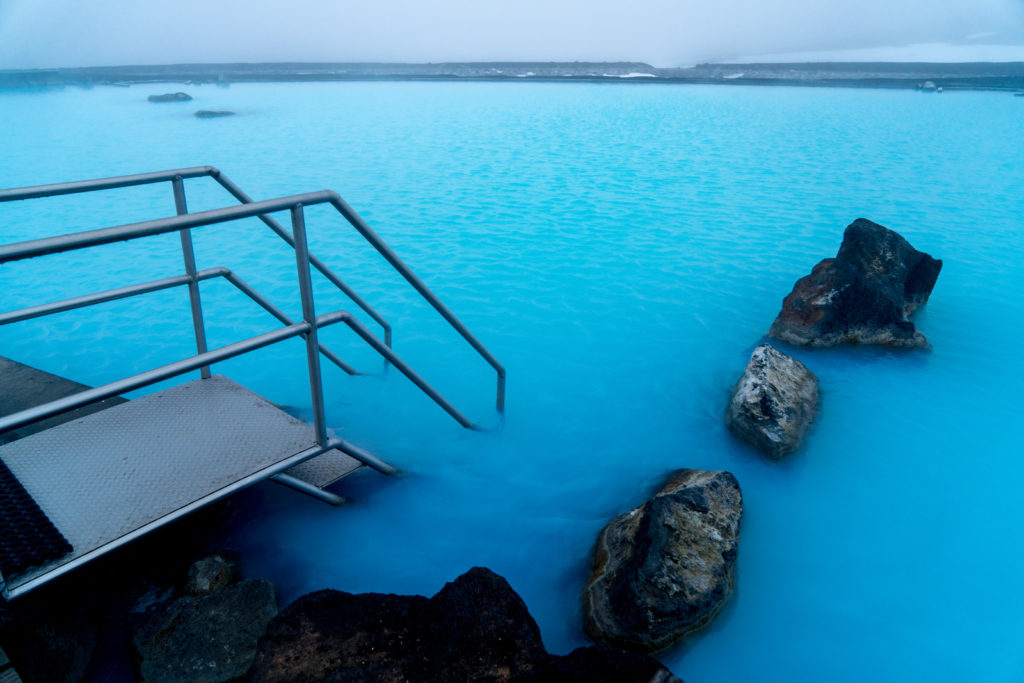How Not to Tour the Colosseum in Rome
You’ve arrived in Rome! Perhaps you’ve been lucky enough to have your taxi whisk you past the Colosseum on your way to your accomodation.
There it is! It’s huge! OMG! We’re in Rome!
Yes, the Colosseum is impressive, iconic, and the symbol of Rome. People come from all over the globe to visit the Colosseum. They snap selfies in front of it, gaze out over its ruined arena, and stand in line-ups for hours.
My question is–should you bother? My answer? It depends!
My Rome Colosseum History
Since my first visit to Rome in 1974, I’ve popped into the Colosseum in Rome four times. Three of those visits were great. The most recent one was a nightmare. The Colosseum itself hasn’t changed much apart from some restoration work over the decades. It’s still a massive ruin that, while impressive, bears little similarity to its magnificent original. Earthquakes, looting, and the general wear and tear of two millennia, not to mention the shuffling feet of millions and millions of visitors have taken their toll.
What has changed for visitors in 2024 is just how incredibly crowded the Colosseum has become. In 2024, the Colosseum probably ranks as the number one tourist site in Rome. Even St. Peter’s and the Vatican aren’t that crowded (although they are pretty much overrun).
Although I have no way of knowing for sure, I got the feeling during my most recent visit to the Colosseum in Rome that people were ticking it off their must-see list for Rome, whether they enjoyed it or not. What a shame! Rome is so much more fabulous than the Colosseum.
The Colosseum is cool, for sure. But is it worth your time to go inside when you can snap a photo like the one below with zero effort?
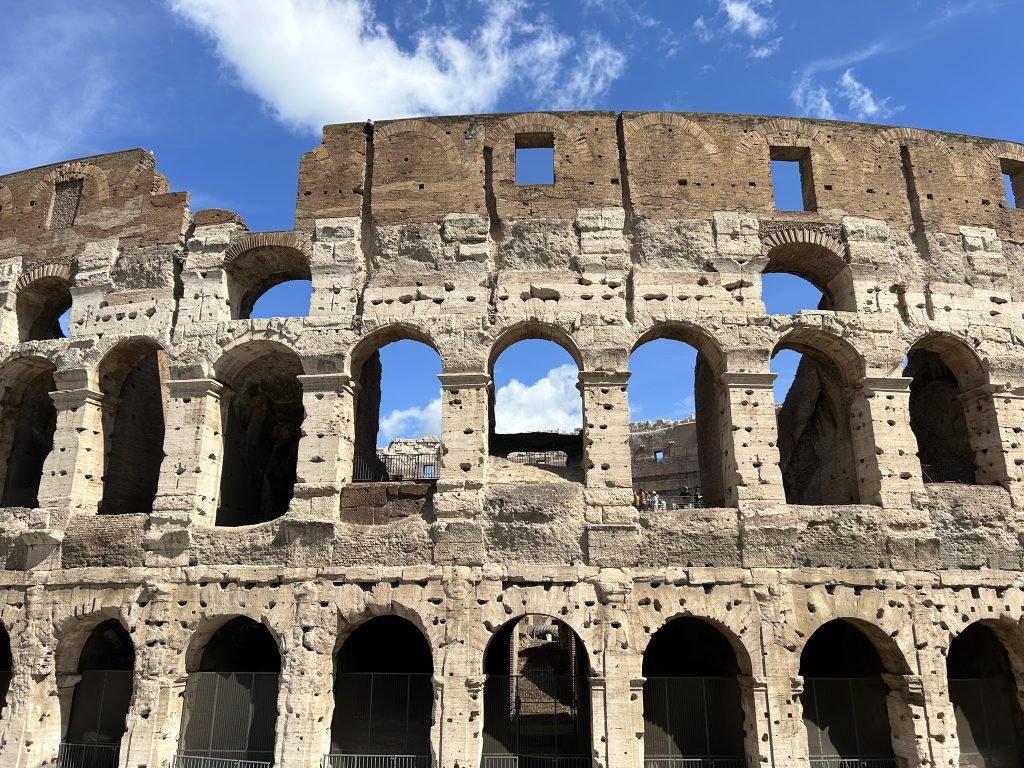
Should You Visit Rome and Not Go to the Colosseum?
Consider visiting Rome and not visiting the Colosseum. Gasp! Should you do it? If you want to enjoy Rome and you’re visiting there between April to October, then I say yes, give the Colosseum a miss. Also forget the Vatican and the Sistine Chapel, although you might consider St. Peter’s since in my experience, the line moves fairly briskly and at least you’re outdoors for most of the wait.
But back to the Colosseum. In this post, I’ll describe my visit there in early May 2024. You can then decide for yourself if it’s worth several hours of your precious sightseeing time. Or, would you be better off skipping the crowds and heading for some of Rome’s quieter and infinitely more lovely sights (more on these later)?
Signing Up for a Tour: Smart Idea or ?
I’m a savvy traveler and so I knew that the early visitor beats the crowds. The two-hour guided tour of the Colosseum I signed up for started at 8 am and guaranteed first entry into the site. I imagined wandering through deserted passageways, the morning sun slanting pleasingly across the ancient ruins, the only sound the murmurs of the guide and perhaps a few tweeting birds.
I mean, who starts sightseeing at 8 am? For sure, I’ll have the place to myself and perhaps a few other intrepid travelers willing to sign up for an early morning tour.
Finding the Tour
Promptly at 7:50 am, I arrive at the meeting point across the street from one of the gates to enter the Colosseum and Forum. A knot of maybe fifty people all proffering cell phones is my clue that I’m in the right place. I wait patiently for the beleaguered guide to check my phone, declare me valid, and press a small white sticker onto my chest. It’s now about 8:10 am, so obviously the tour doesn’t actually start at 8 am.
While waiting, I snap a photo of the Forum across the street, looking splendid in the early morning sun of one of the first really warm days I’ve experienced in Rome on my current trip.
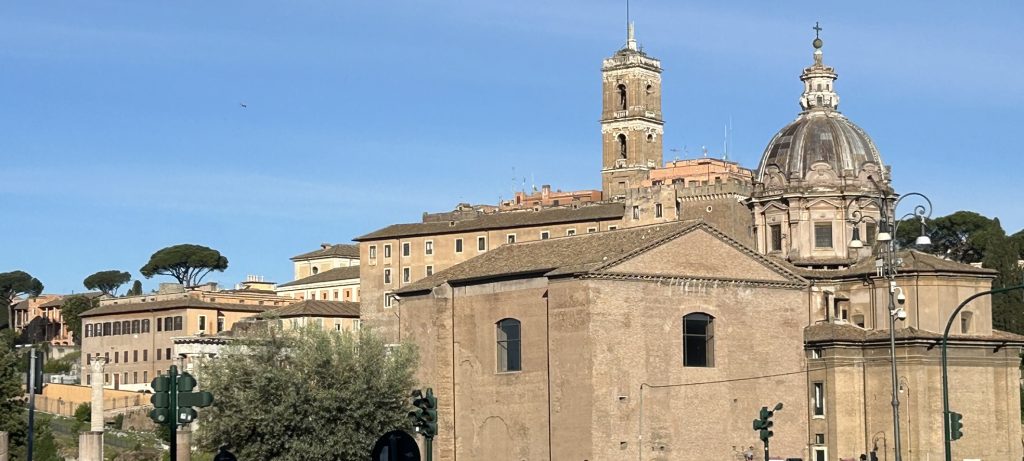
Waiting to Enter the Colosseum
Several minutes later, we are ushered across the road to the entrance gate and told that the ticket takers open at 8:30 and that we will be first! (said with enthusiam, like it was a rare treat and not what we’d signed up for).
Ticket takers? I’d neglected to read the fine print of the tour. The cost does not include the cost of entry into the archaeological site (includes the Forum and Palatine Hill in addition to the Colosseum).
A word of warning: Check what’s included in your tour and opt for a tour that includes the entry cost so the guide already has your tickets.
Lesson learned, I prepare to wait in line (at least I am close to the front) until the ticket booths open in another fifteen minutes. After all, the guide has assured us that we’ll be first into the Colosseum. Isn’t that worth waiting a few extra minutes for?
Remember the tweeting birds, the silence of the ancient stones, the glorious isolation!
Buying a Ticket to the Colosseum
At precisely 8:40 am, the ticket takers open the two wickets and the first people in line eagerly step forward to buy their tickets. Yahoo! The line will surely go quickly and I’ll be inside the Colosseum communing with history and getting tons of inspiration for my next novel in no time flat.
8:50 am: The first people in line are still at the ticket booth.
9:00 am: The first people in line are still at the ticket booth. Oh wait! One of the groups has left and another couple has stepped forward. But at the other booth, the same four people are still talking with the attendant. What can they be talking about? What’s the holdup? Are they sharing recipes? Tips for touring Rome? What gives?
The guide comes by and tells us to have our passports out and ready to show the ticket takers. What? I don’t have my passport with me although fortunately I do have my driver’s license. I ask the guide if that will do. Yes. Phew.
Another five minutes goes by and the first group of four finally leaves the booth. They are looking weary but relieved. I’d love to ask them what went down, but of course I don’t dare risk losing my place in lines.
The next group steps forward. I take to counting to gauge how long they stay at the booth. Sixty seconds, another sixty, another sixty…five minutes and they’re done. Another ten minutes goes by during which the time a few more groups get to the booth and the several minutes step away, tickets in hand. Their per wait time is marginally decreasing. Progress is being made.
My Turn Getting Tickets for the Colosseum
Finally, it’s my turn. I’m about to find out why it takes almost five minutes to process each person in a line that is now stretching back to the road and a considerable way along it. Did all these people book a group tour that required them to buy tickets?
I find out later that yes, they are all group tour people. The “regular” people who just want a ticket to the Colosseum without a tour buy their tickets at another booth. I’ll soon discover that many, many hundreds of them get inside the Colosseum long before we arrive.
So much for us being first!
Anyway, I’m at the booth.
“One for the Colosseum, per favore.”
“One?”
“Si.”
The attendant shakes her head as if to say what kind of a loser visits the Colosseum all by themselves. I push my driver’s license under the glass barrier and she places it in front of her keyboard. Then, with two stiff fingers, she laboriously starts to type. No wonder this whole process is taking forever! She has to physically enter the ID for every single person in line and she can’t type. Oh dear.
After about two minutes (possibly a record), she hands me back my card, I pay with my credit card, and then go stand with my fellow line waiters for the tour to begin. It’s now 9:30 am.
Starting the Tour of the Colosseum–Almost
Promptly at 9:45 am, only 1 hour and 45 minutes past the tour start time, our guide leads those of us who have Colosseum tickets marked 9:15 am to another loooooong line. This is the line for all the Skip-the-Line group tours. As I said, it’s long.
Security Line at the Colosseum
We wait for another twenty minutes while the guide finally explains why progress that morning has been unusually slow. I’m at least heartened to find out that the current process is not normal. Apparently, there was a security incident (bomb scare?) a few days earlier, and since May 1 (it’s May 3rd), new procedures using a new security firm are being instituted. Unfortunately, thorough testing is lacking so chaos reigns as the Colosseum ticket takers are obliged to enter everyone’s ID information while the new security personnel are stationed at the entrances to the actual Colosseum to again check IDs and tickets.
Entering the Colosseum
We finally reach the front of the Skip-the-Line group tour line and enter the outer perimeter of the Colosseum.
It’s big. Really big—much bigger than it looks from the road with massive columns that soar way up into the blue Roman sky.
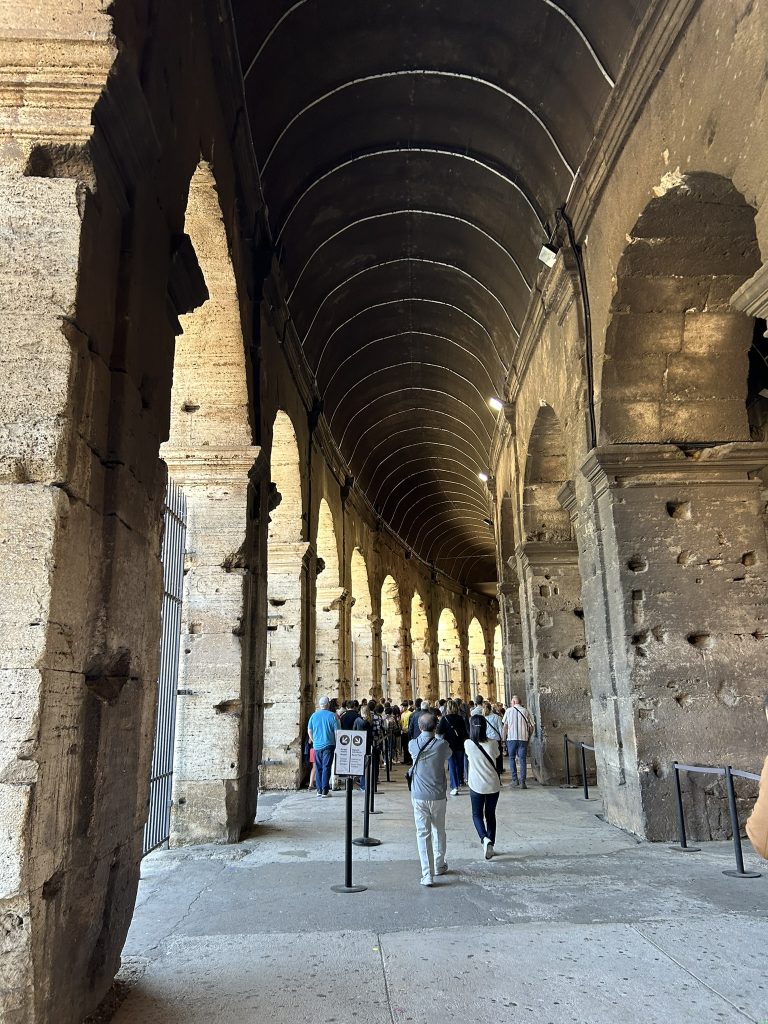
The guide starts her spiel while leading us to yet another line. While we wait, she cheerfully asks one group where they are from. They say they are from Austria and that never again will they come to Rome because it is horrible and dirty.
I am offended on behalf of both myself (I adore Rome!) and the guide who smiles gamely but I can see is a trifle nonplussed. I mean, rude much? Apparently, the Austrians booked into a hotel that was less than stellar and that has colored their whole opinion of Rome.
I wanted to tell the Austrians that the place we’re staying in is absolutely wonderful—clean, spacious and in an excellent location. Perhaps they’d decided to cheap out. Rome is a fabulous place to visit, but accommodations are not budget friendly. But then you can say that about just about every destination in Europe in 2024. The days of Europe on $5 a day (or even $100 a day) belong to the middle of the last century.
The guide decides not to ask the rest of the group about their experience. The mood is already a bit iffy considering we’ve all stood in lines for more than two hours for our first-into-the-Colosseum tour and haven’t actually started touring the Colosseum. We are in it, but only just.
The next line moves a little quicker. The security people check IDs and then we line up for the security screening. As usual, people walk through the scanner with their pockets bulging with Euros so back they must go while everyone waits. Sigh.
Climbing to the Top of the Colosseum
And then, finally, we’re in and the tour officially begins. The guide talks to us for quite a while about the history of the Colosseum and then invites us to trudge up three flights of very steep steps to look out over the arena.
We emerge into a surging Sargasso Sea of visitors all packed cheek by jowl along the railing overlooking the arena. Everyone’s snapping selfies and I suppose communing with their inner gladiator. We walk and walk and walk some more around the perimeter to a slightly less crowded stretch of railing, and get our one minute of time to snap pics.
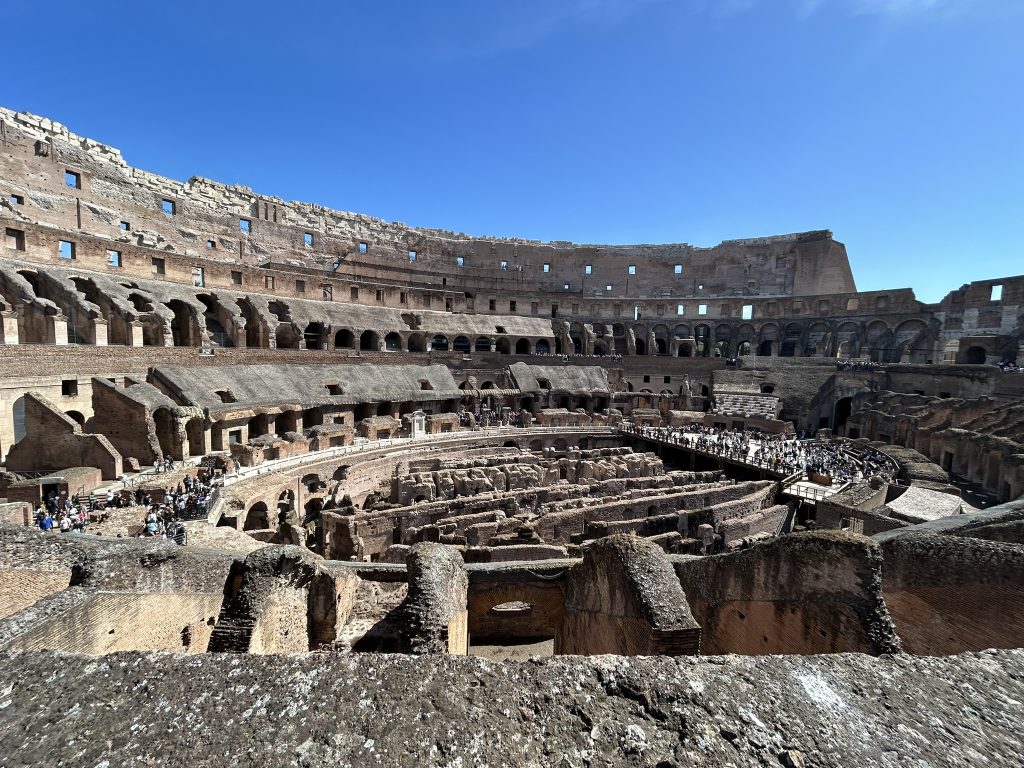
Yes, it’s an impressive place for sure. In its heyday, the Colosseum fit 70,000 screaming Romans. Today, approximately 16,000 people visit the Colosseum every single day. So even though the place feels very crowded to me, it is positively empty compared to what it would have been back when the arena area was covered in sand to better absorb the blood.
The guide talks about how wild animals were starved for days before being let loose to gnaw on convicts, Christians, and anyone else the Emperor didn’t like. It’s snippets of info such as this that you get from a guided tour.
Is A Guided Tour Worth the Wait?
So, should you opt for a guided tour of the Colosseum, check it out on your own, or forget about it and do something that doesn’t involve rubbing shoulders (literally) with thousands of your new best friends?
You may have guessed my opinion, which is Door #3. The entire tour/ordeal lasted about three hours, with the smallest number of minutes devoted to the tour and the largest to waiting for the tour. Now, to be fair, the extra security measures ate up a goodly chunk of that three hours. I don’t know if these measures will become the norm going forward, in which case be prepared for waits, or if it’s temporary. You’ll have to check that out before you book.
I don’t blame the tour guide for all the waiting. She was doing her best in difficult circumstances and to her credit remained cheerful and upbeat throughout. I gave her a 5 Euro tip which appeared to surprise her, but hey, I figure she earned it. Most people either didn’t tip or gave her 5 euros for their entire party.
Touring the Colosseum On Your Own
What about the second option—touring the Colosseum on your own? I think it may be marginally the better option because you don’t need to arrive at a location two hours ahead of when you get in. Instead, you can go straight to the ticket line and take your chances. The wait could be 10 minutes or two hours.
You could also buy your ticket online. You’ll still need to stand in line-ups, but perhaps not for quite so long. It’s difficult to say. We bought our “skip-the-line” tickets to Pompeii online and still had to wait in line about 20 minutes to exchange the online tickets for real tickets.
When To Visit the Colosseum
I think the moral of the story is that whatever way you slice it, sites like the Colosseum are really, really popular. You can try to beat the crowds, but I don’t think in any universe you’ll get around waiting in long lines.
My advice? Either visit the Colosseum during the off-season (November to March) when crowds should be a bit thinner, or forget about it and go see some of Rome’s other awesome sites.
Tours of the Colosseum
If you do opt for a tour (and I’m just saying, buyer beware), then Get Your Guide has plenty of tours to choose from. I suggest choosing a tour that includes a ticket to the Colosseum and the Forum so you won’t need to line up to buy your ticket separately.
Also, you may be better off booking a tour in the late afternoon or opt for one of the evening tours instead of the morning. I felt like everyone fueled up on their hotel breakfast as early as possible and made a beeline for the Colosseum as their first stop of the day. I think possibly later in the day may be less frantic.
Other Sites in Rome
Rome is chock-a-block full of amazing things to see and do. Here are some of my favorite sites in Rome. You’ll note that I don’t include big ticket items like the Vatican Museum, St. Peter’s, the Pantheon, and the Trevi Fountain, all of which are over-run with visitors.
- Walking tour of the Jewish Ghetto
- Capitoline Museum
- Etruscan Museum
- Keats/Shelley House at the Spanish Steps
- Modern Art Museum
- Borghese Gardens
- Baths of Caracella
These are just a sampling. There are also a ton of fabulous churches, some with Roman foundations.
My Favorite Activity in Rome
For me, my favorite Rome activity is walking around the various neighborhoods and avoiding the bottleneck areas around the Pantheon, Piazza Navona, St. Peter’s Square, and especially the Trevi Fountain. If you want to experience any of those places crowd-free, either swing by late at night or go for a very early morning stroll.
Here’s a shot taken on my way home after a scrumptious dinner of a side street steps from where I stayed not far from the Spanish Steps.
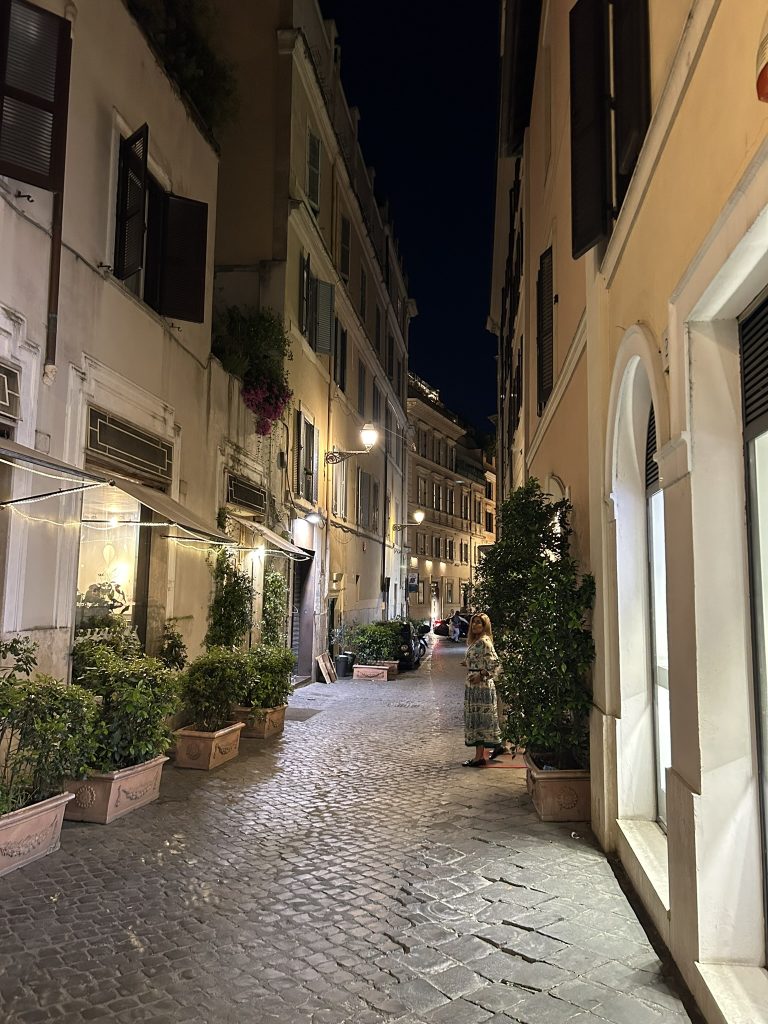
Conclusion
Have you visited the Colosseum recently and not found it crowded? Do you have any tips for how to have an enjoyable visit? Please share in the comments below.
Posts About Rome
Here are some more posts about Rome, one of my very favorite cities in the world. I’ve visited eight times, and I’m not done yet!

